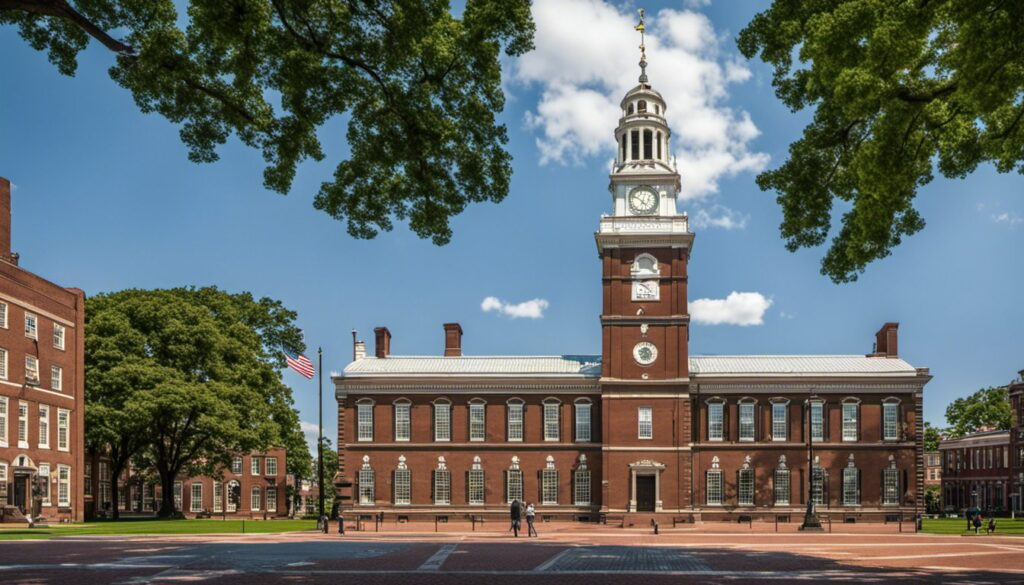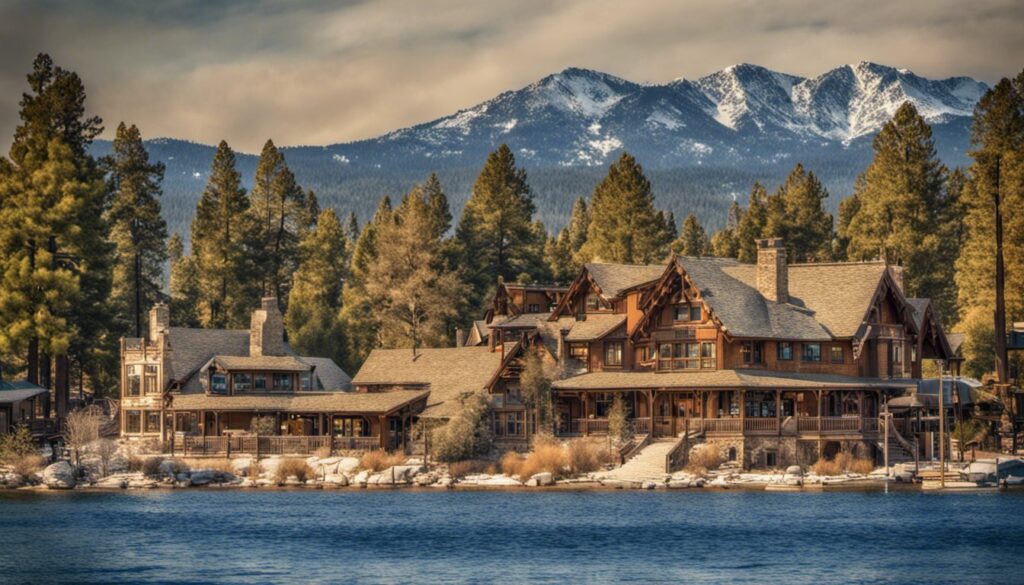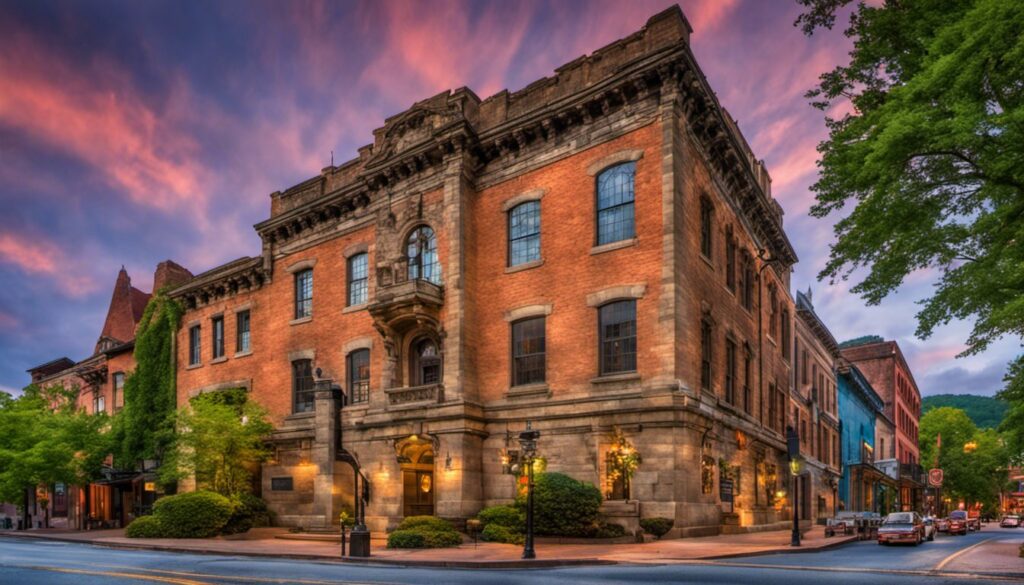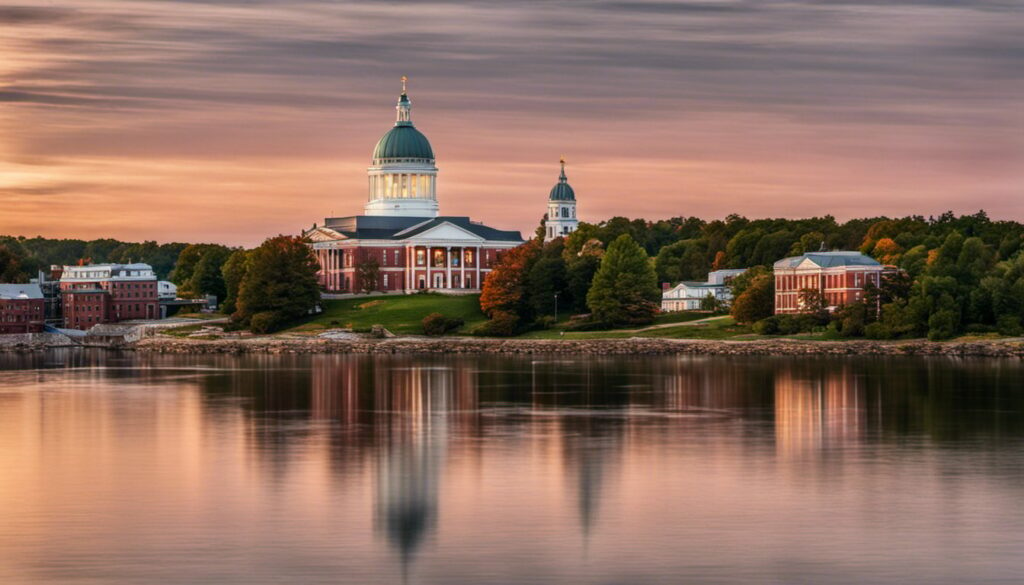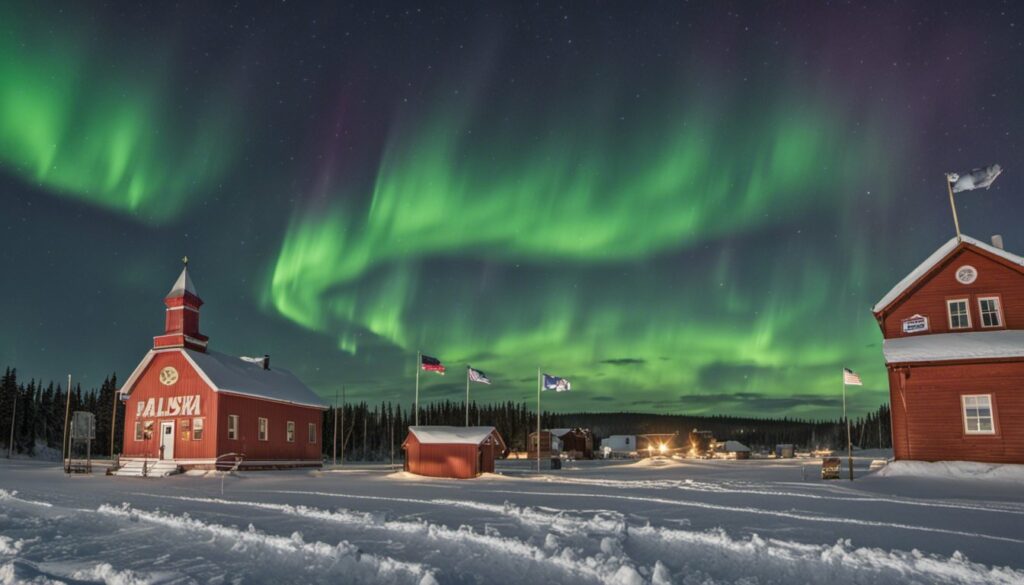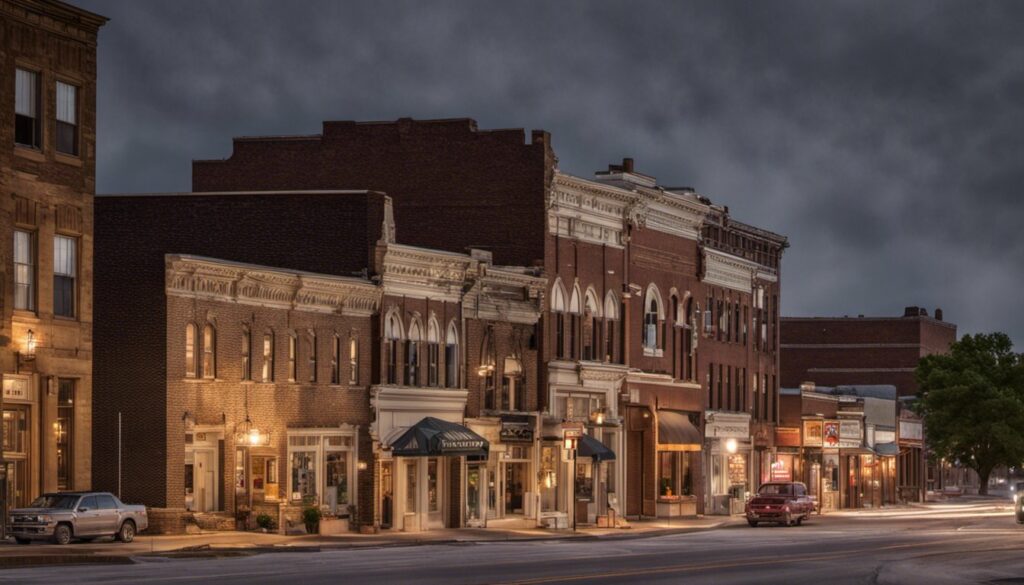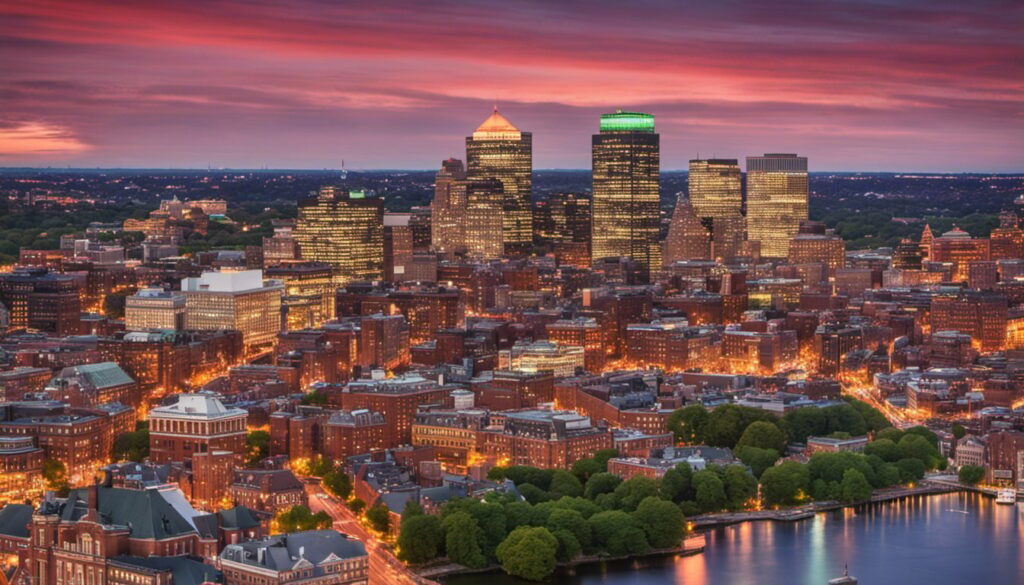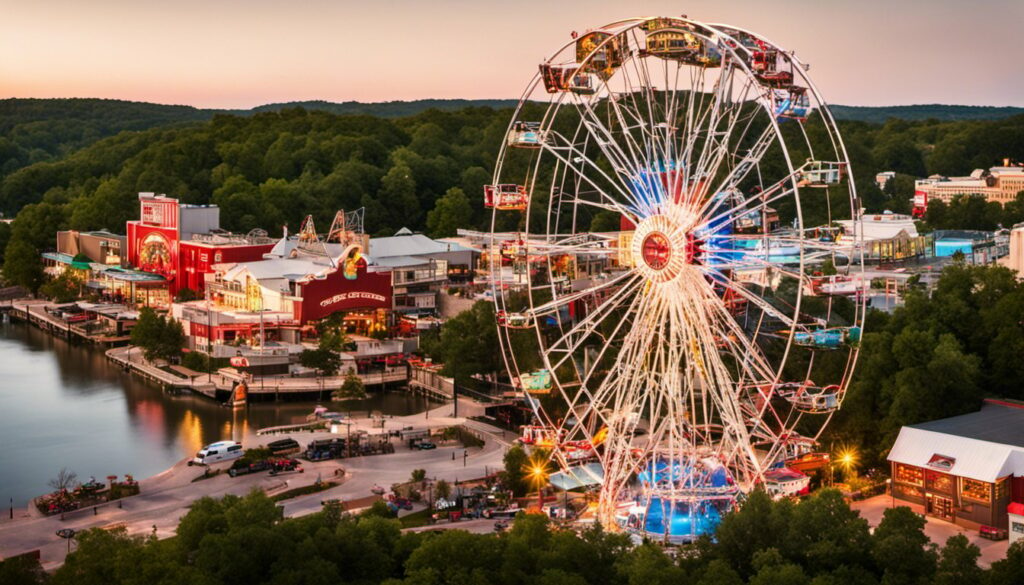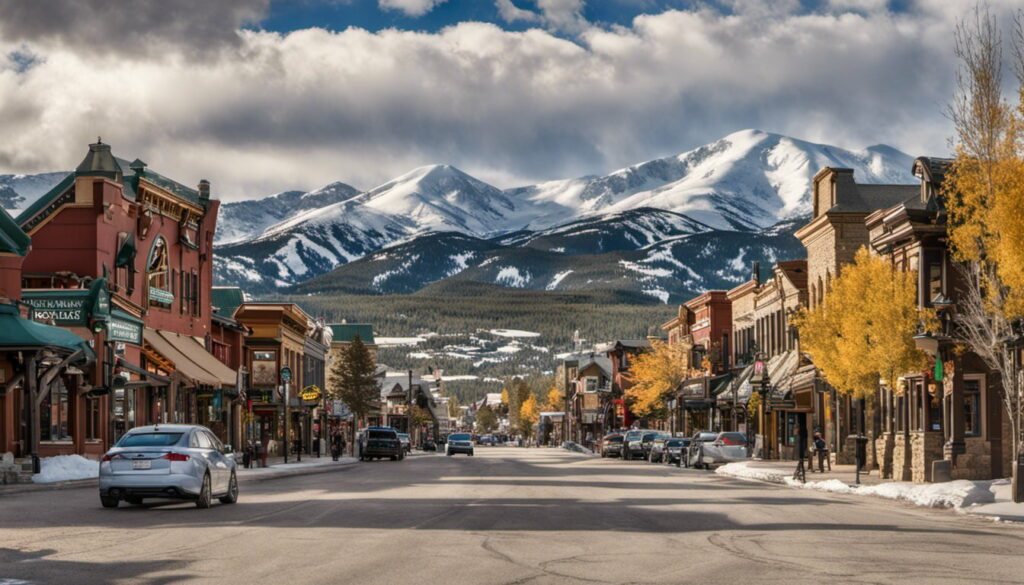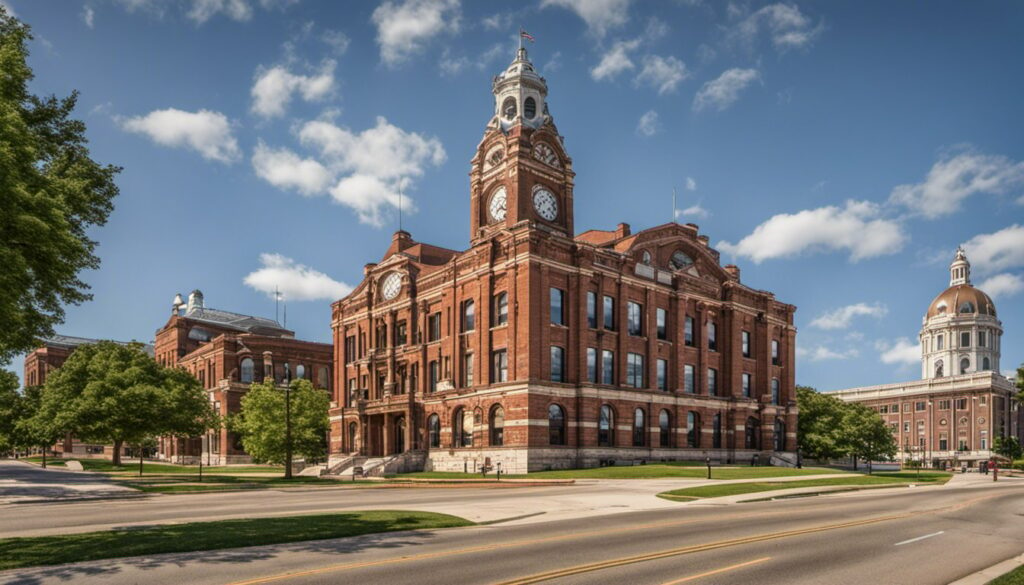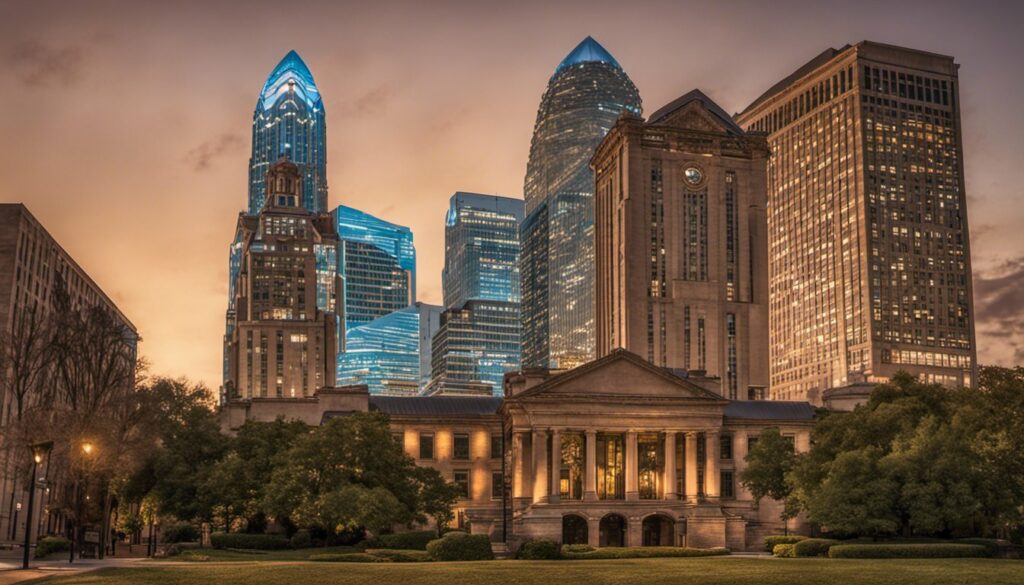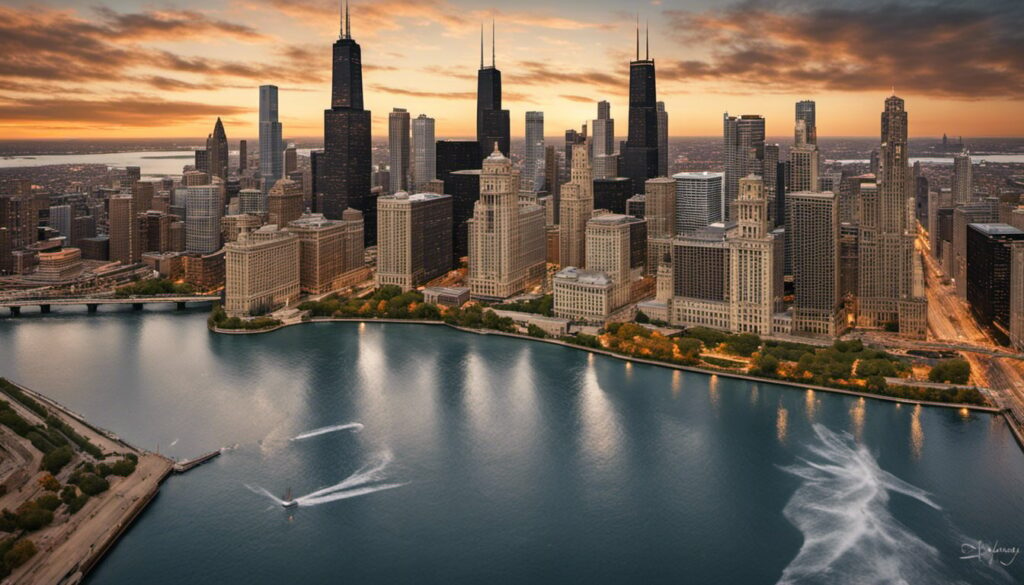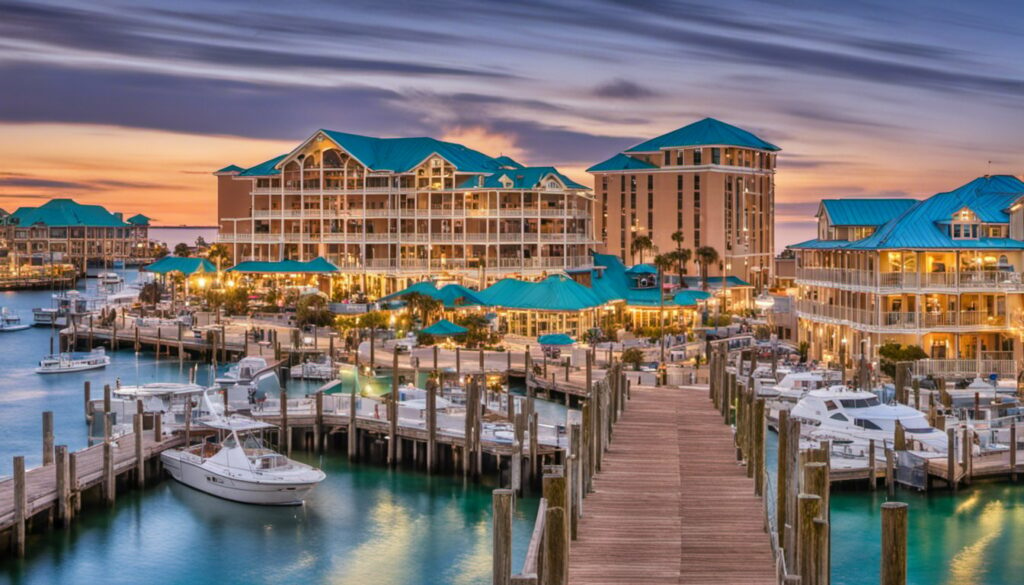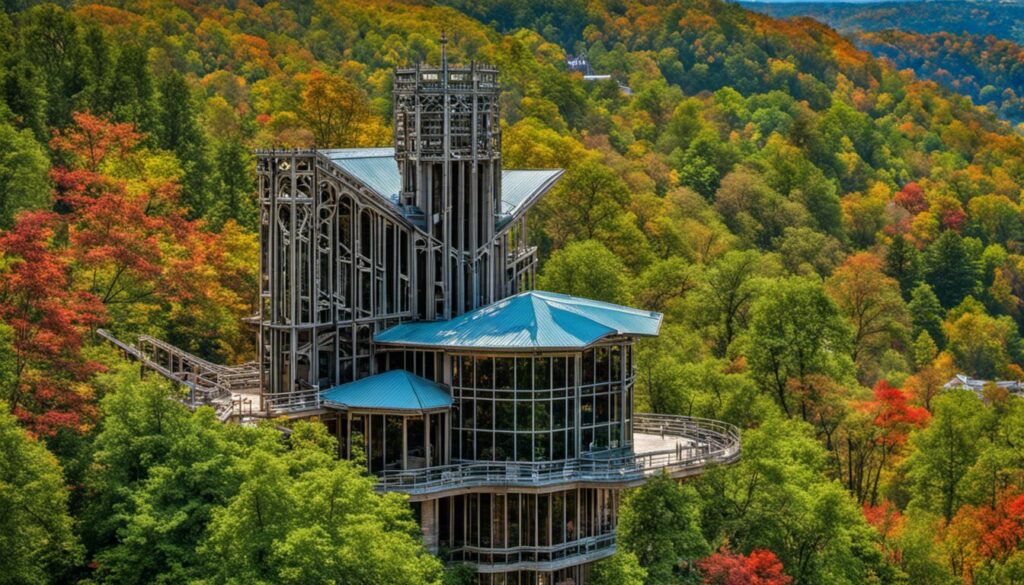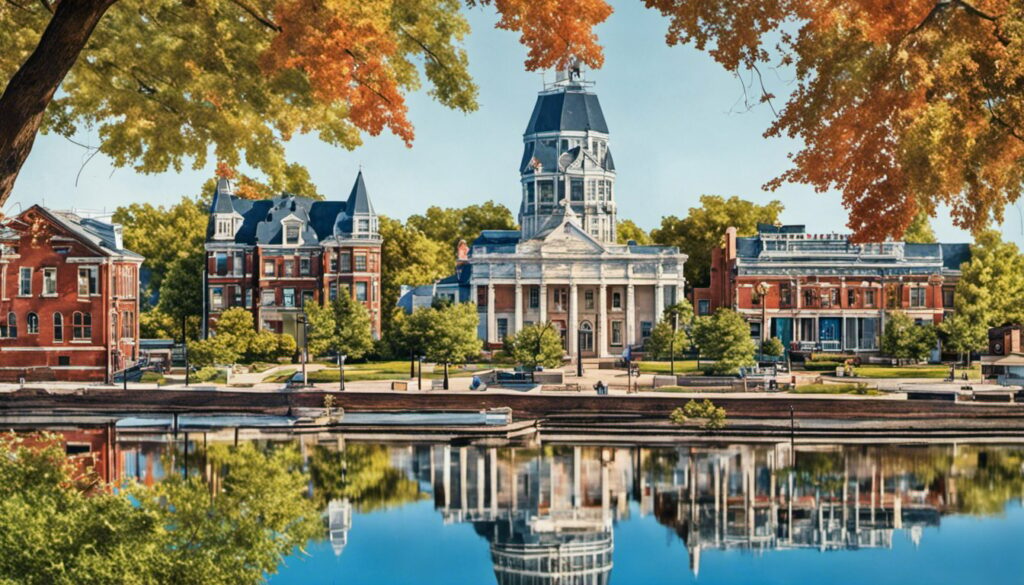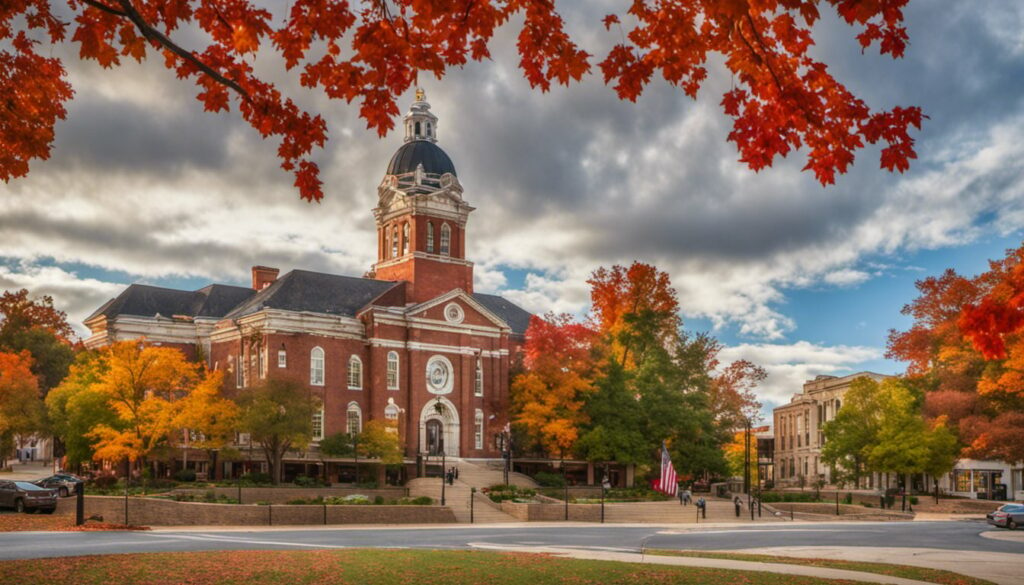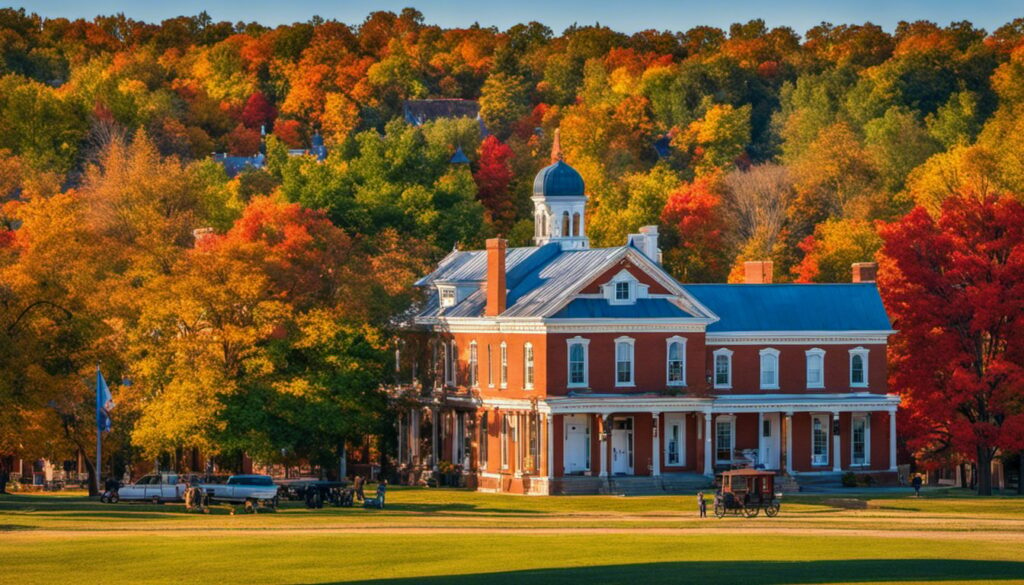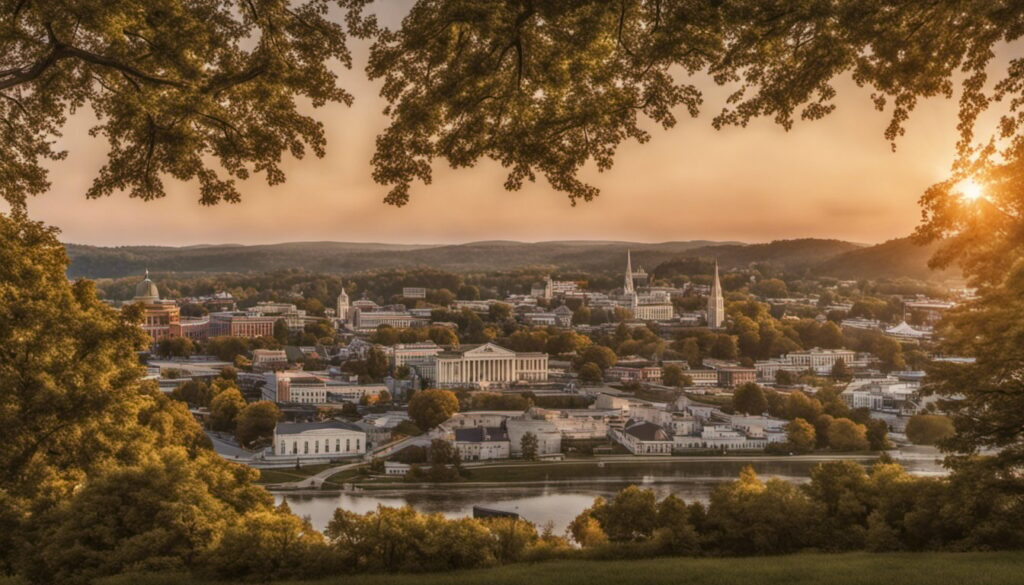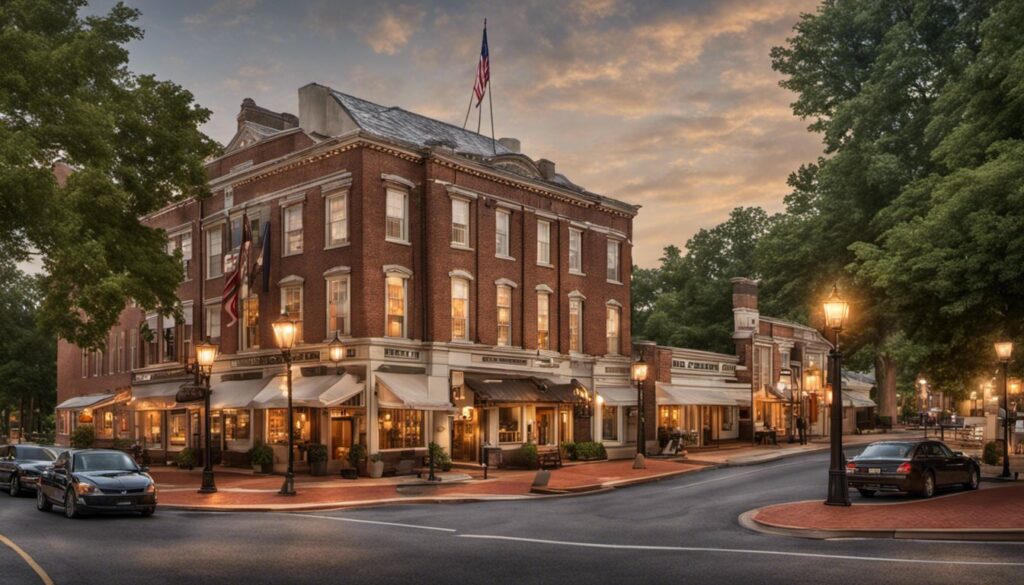Table Of Content
- Explore Pennsylvania’s Rich History: Historical Sites and Famous Landmarks Await!
- Historic Philadelphia
- Historic Pittsburgh
- National Parks and Monuments
- Historic Sites in Other Cities
- Historic Battles and War Sites
- Historic Buildings and Architecture
- Historic Figures and Their Impact
- Educational and Cultural Experiences
- Natural Wonders and Landscapes
- Industrial Revolution and Its Legacy
- Mission and Purpose of Historic Sites
- Frequently Asked Questions
Explore Pennsylvania’s Rich History: Historical Sites and Famous Landmarks Await!
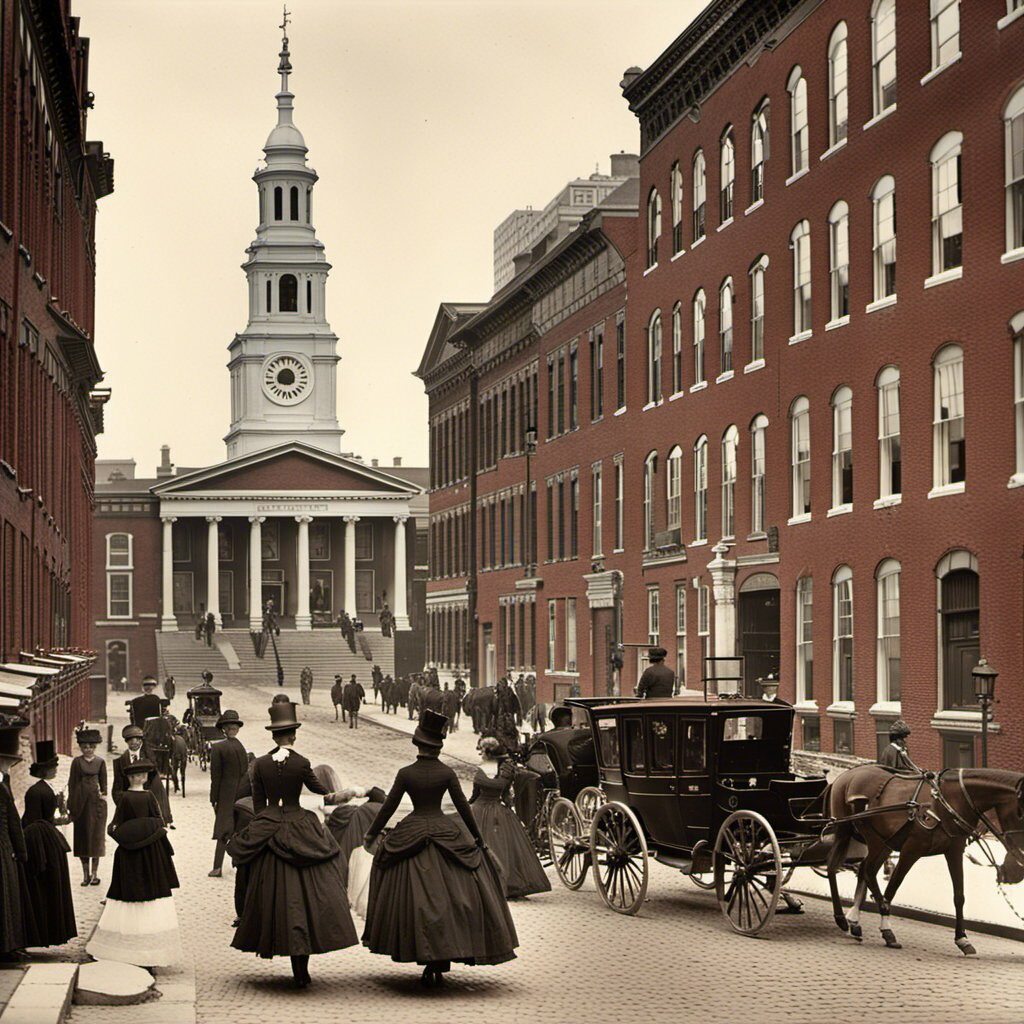
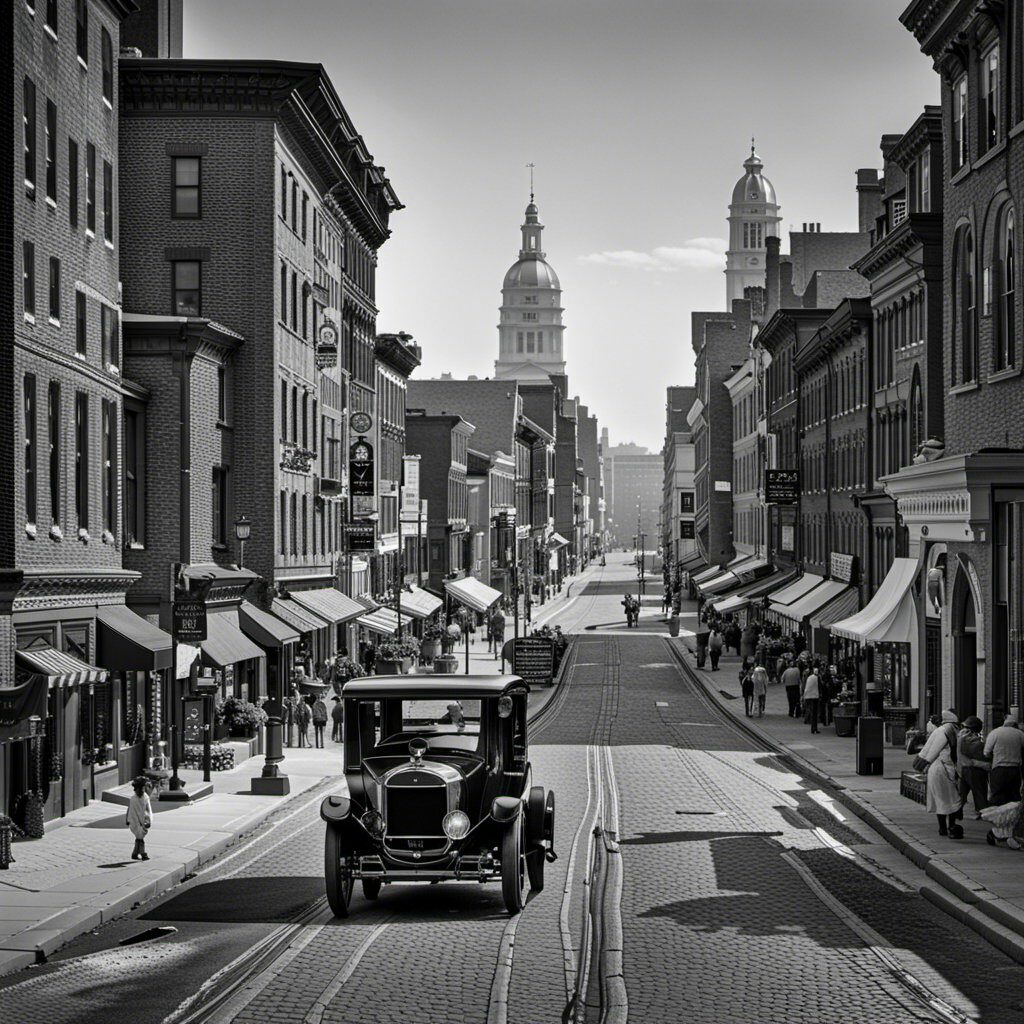
Are you planning a trip to Pennsylvania and looking for historical sites and famous landmarks to visit? Look no further! Pennsylvania is rich in history and has plenty of sites to explore. From national parks and monuments to historic buildings and architecture, there is something for everyone.
One of the most famous historical sites in Pennsylvania is Philadelphia, where the Declaration of Independence was signed and the Constitution was written. You can visit Independence National Historical Park, which includes Independence Hall, the Liberty Bell, and other historic buildings. Another must-see in Philadelphia is the Reading Terminal Market, which has been in operation since 1893 and is a foodie’s paradise.
Pittsburgh is another city in Pennsylvania with a rich history. You can visit the Heinz History Center, which explores the city’s industrial past, or the Fort Pitt Museum, which tells the story of the French and Indian War. Outside of the cities, there are also plenty of national parks and monuments to explore, such as Valley Forge National Historical Park and Gettysburg National Military Park.
Key Takeaways
- Pennsylvania is home to many historical sites and famous landmarks, including Philadelphia and Pittsburgh.
- National parks and monuments, historic buildings and architecture, and educational and cultural experiences are just a few of the things you can explore.
- Whether you’re a history buff or just looking for something new to explore, Pennsylvania has something for everyone.
Historic Philadelphia
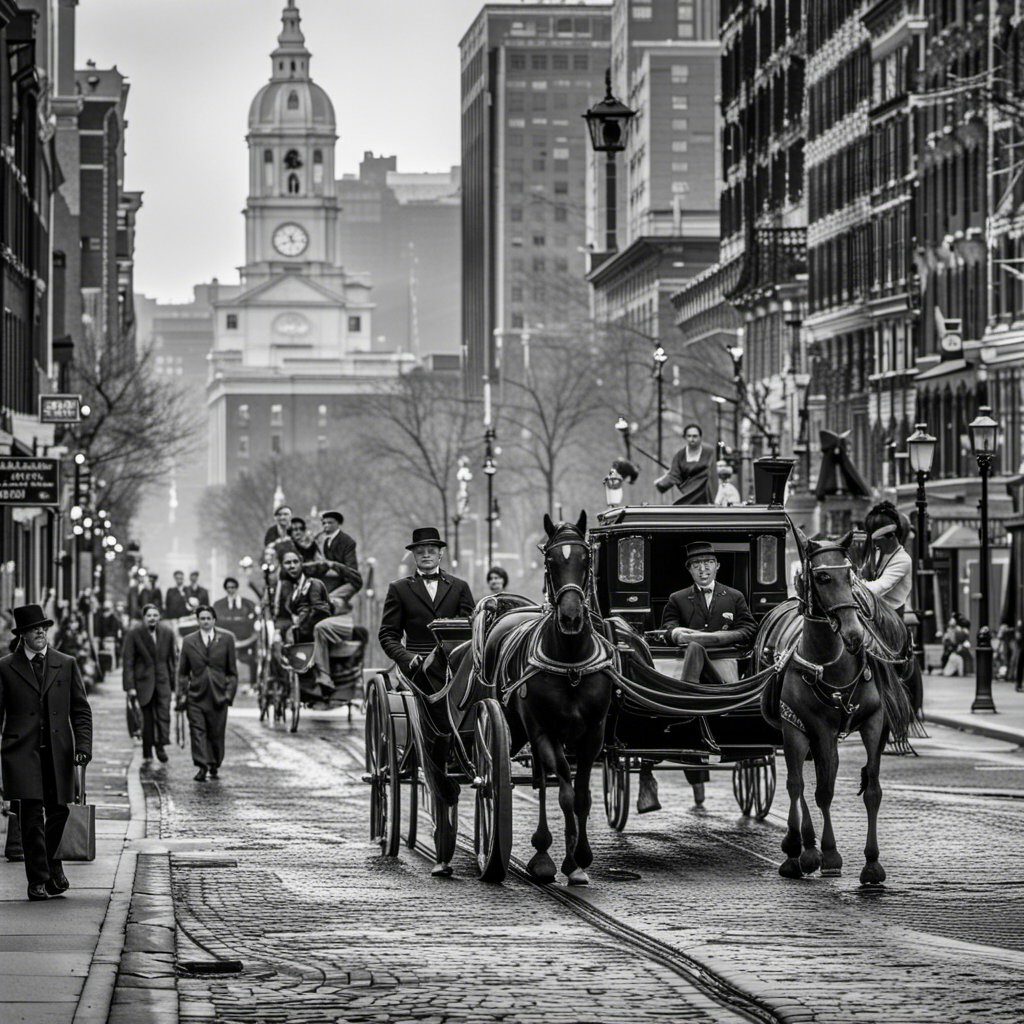
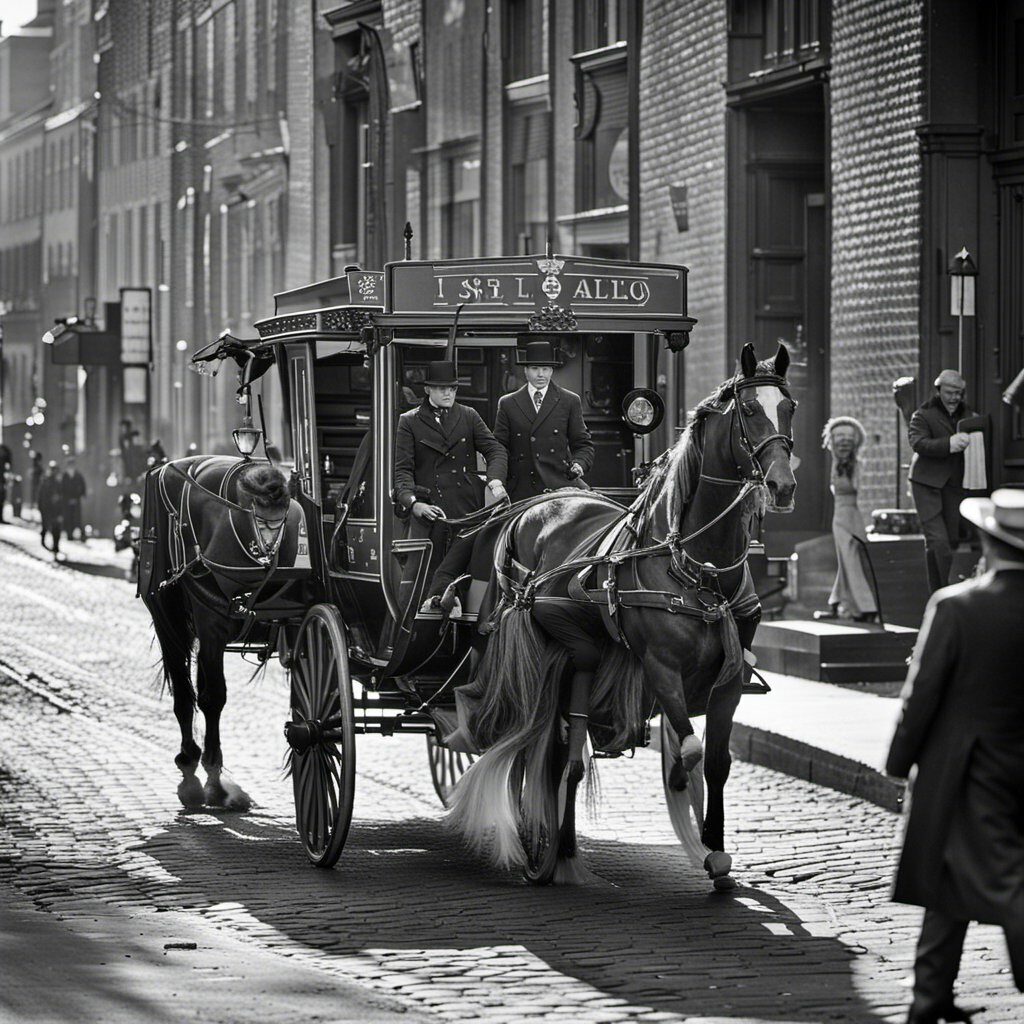
If you’re a history buff, then you’ll love exploring the historic sites and landmarks in Philadelphia. Here are a few must-see places that you won’t want to miss.
Independence Hall
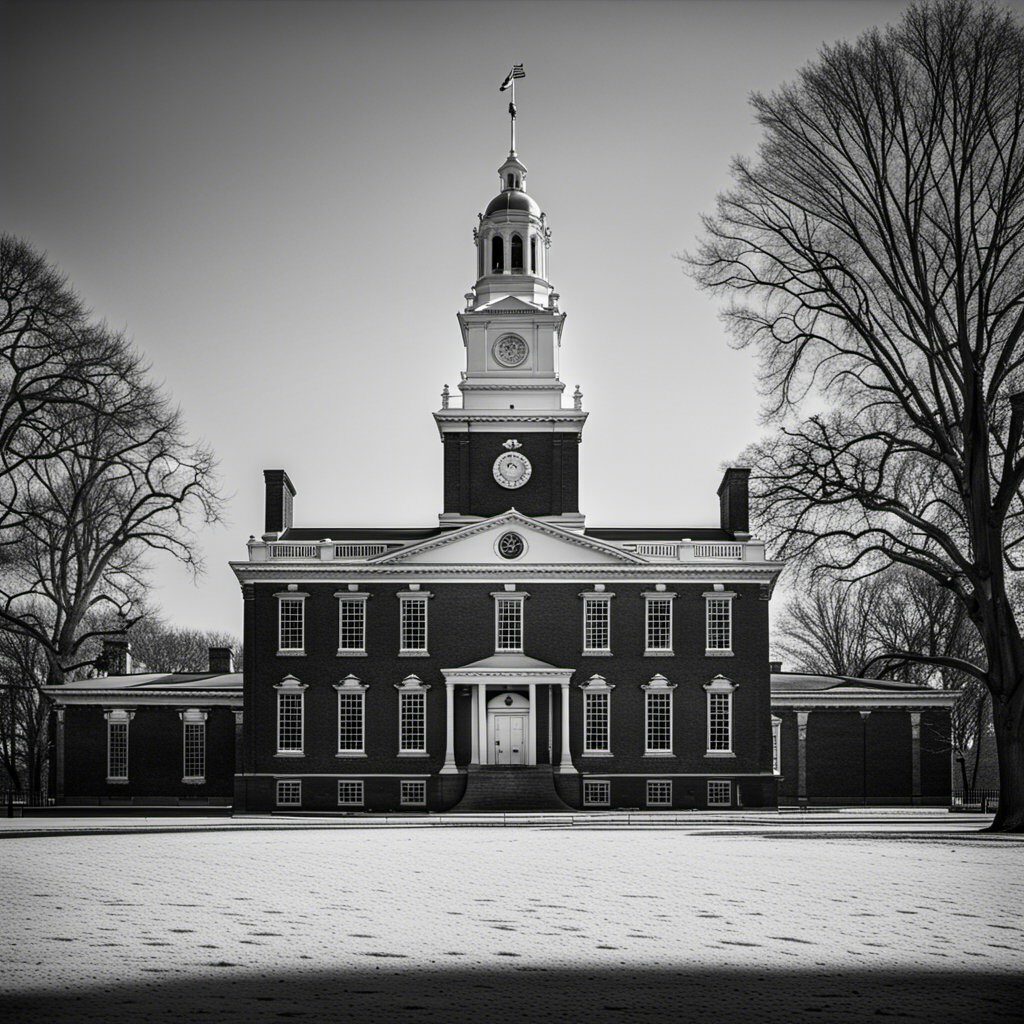
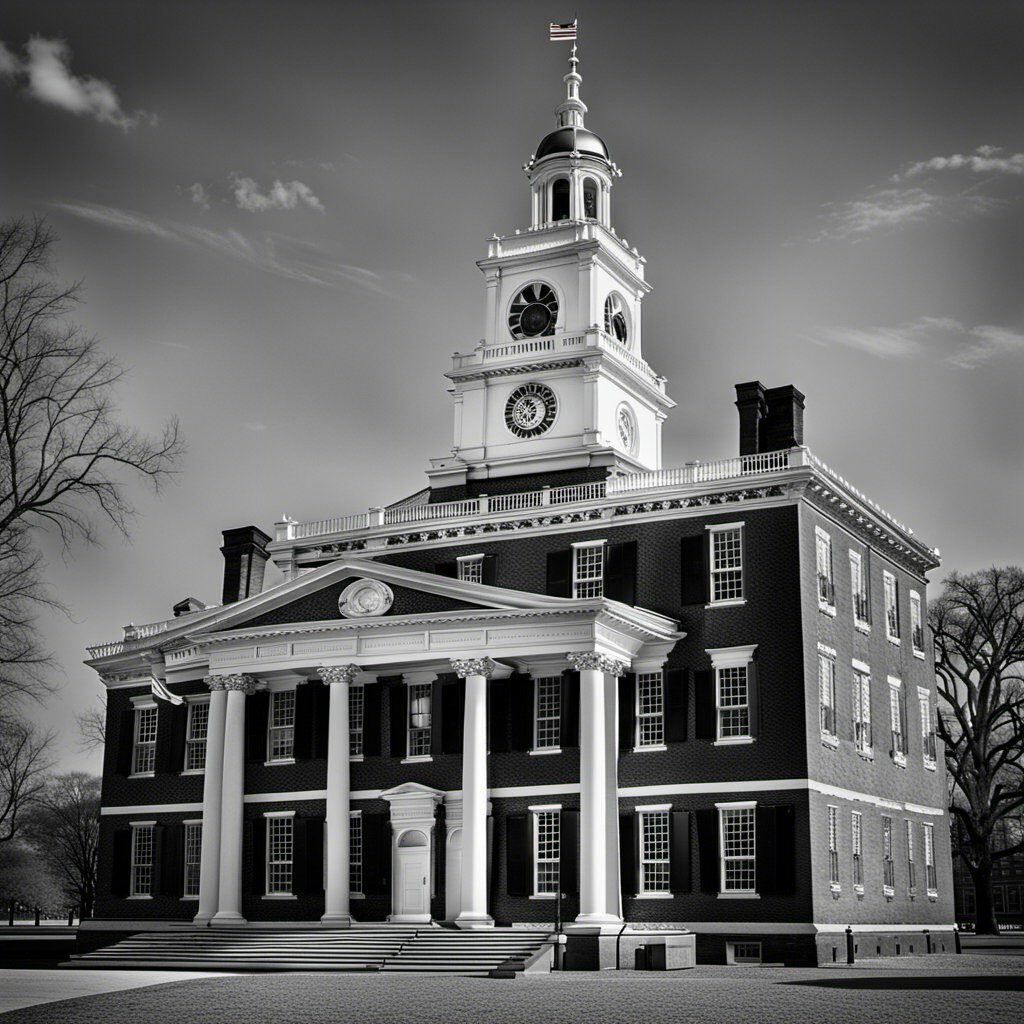
You can’t visit Philadelphia without stopping by Independence Hall. This iconic building is where both the Declaration of Independence and the United States Constitution were signed. Take a guided tour to learn more about the history of this important landmark.
Liberty Bell
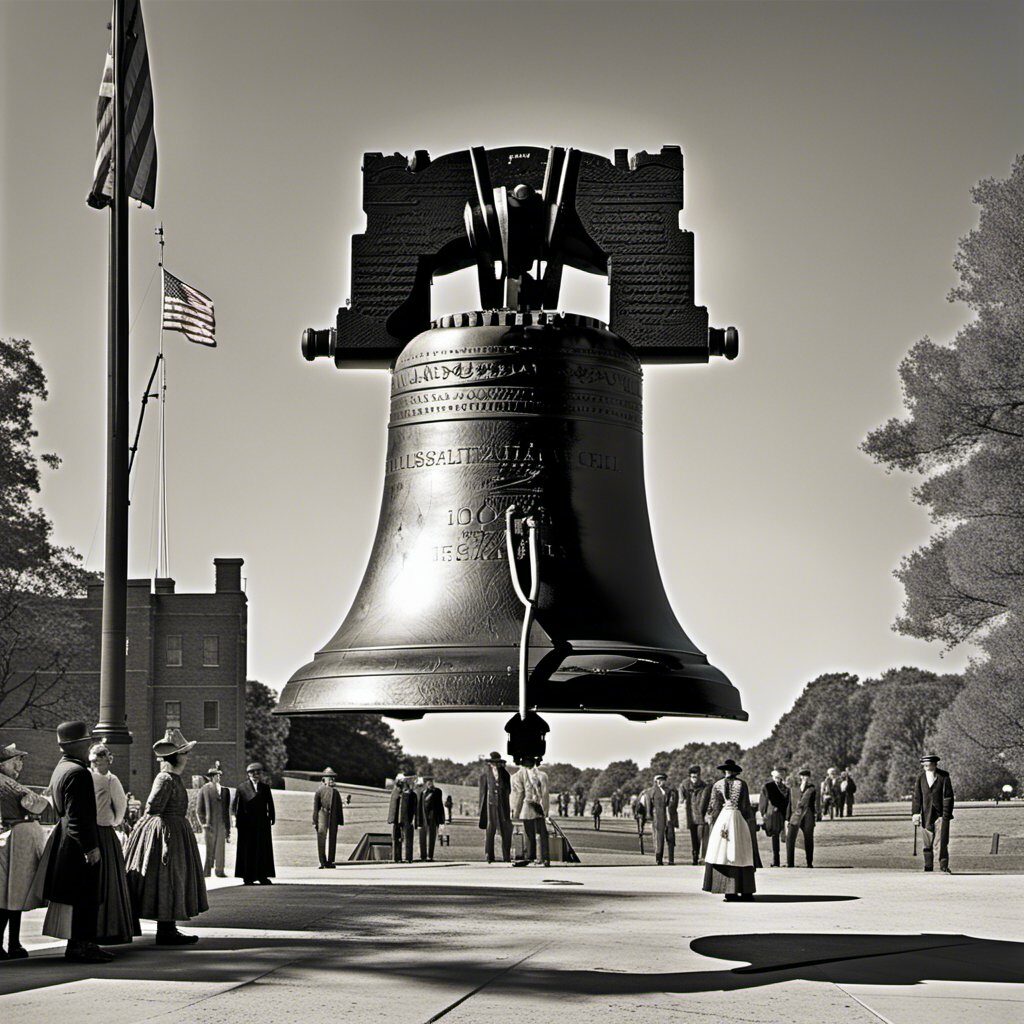
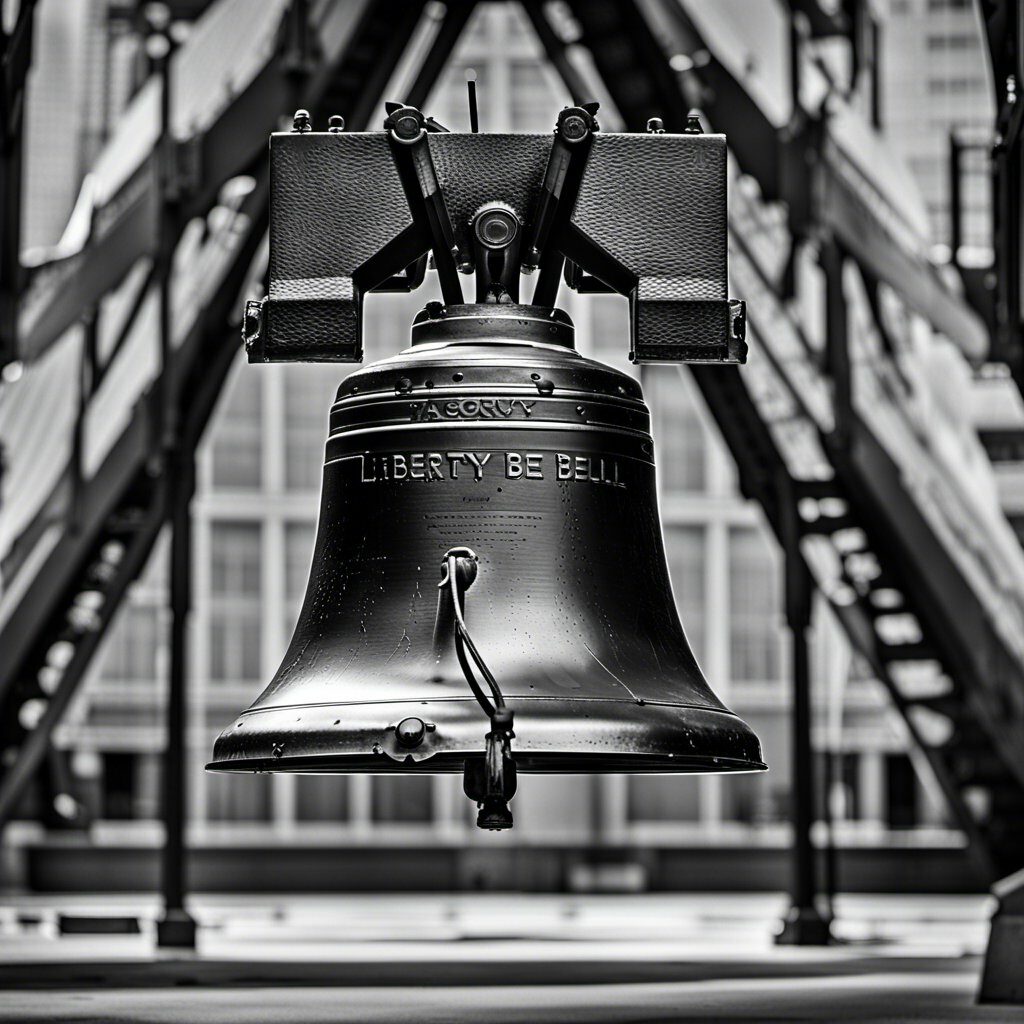
Another famous Philadelphia landmark is the Liberty Bell. This iconic symbol of American independence is located in the Independence National Historical Park. Be sure to snap a photo in front of this historic bell.
Philadelphia City Hall
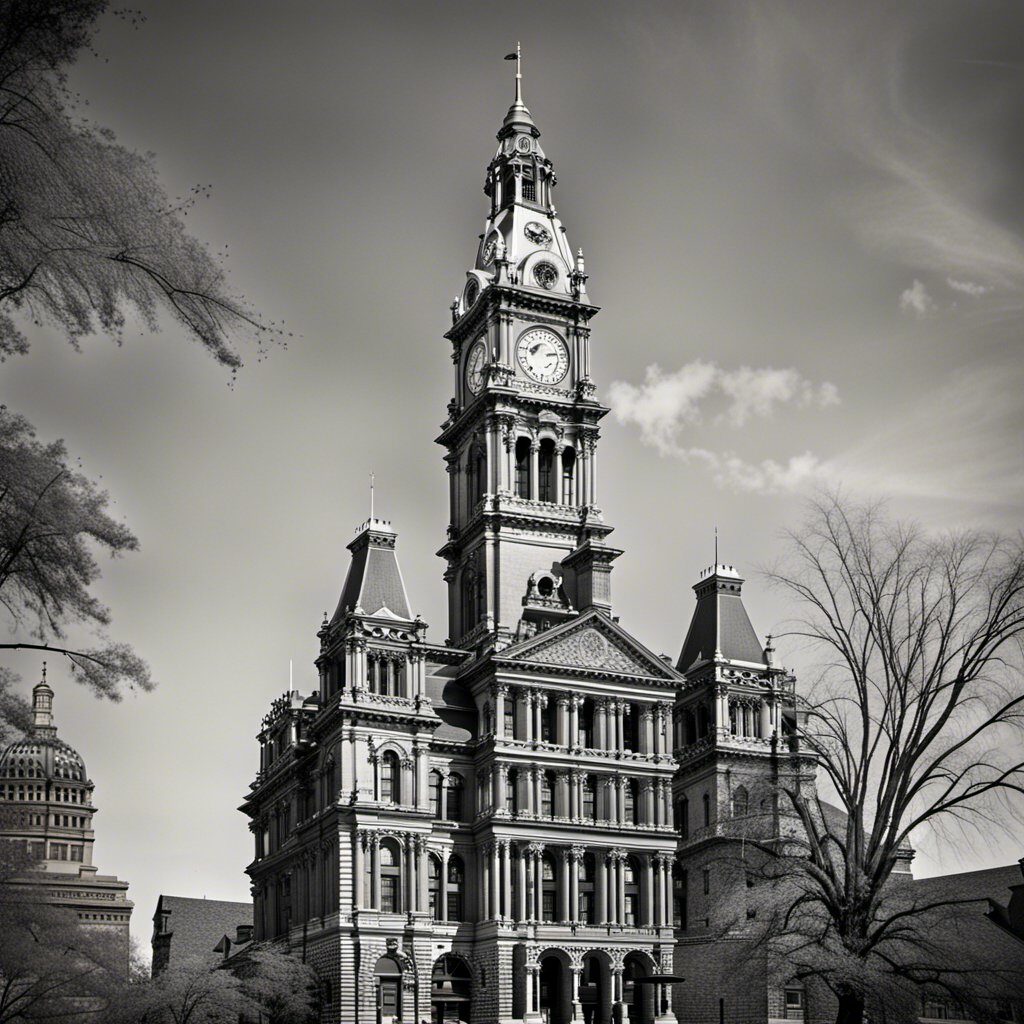
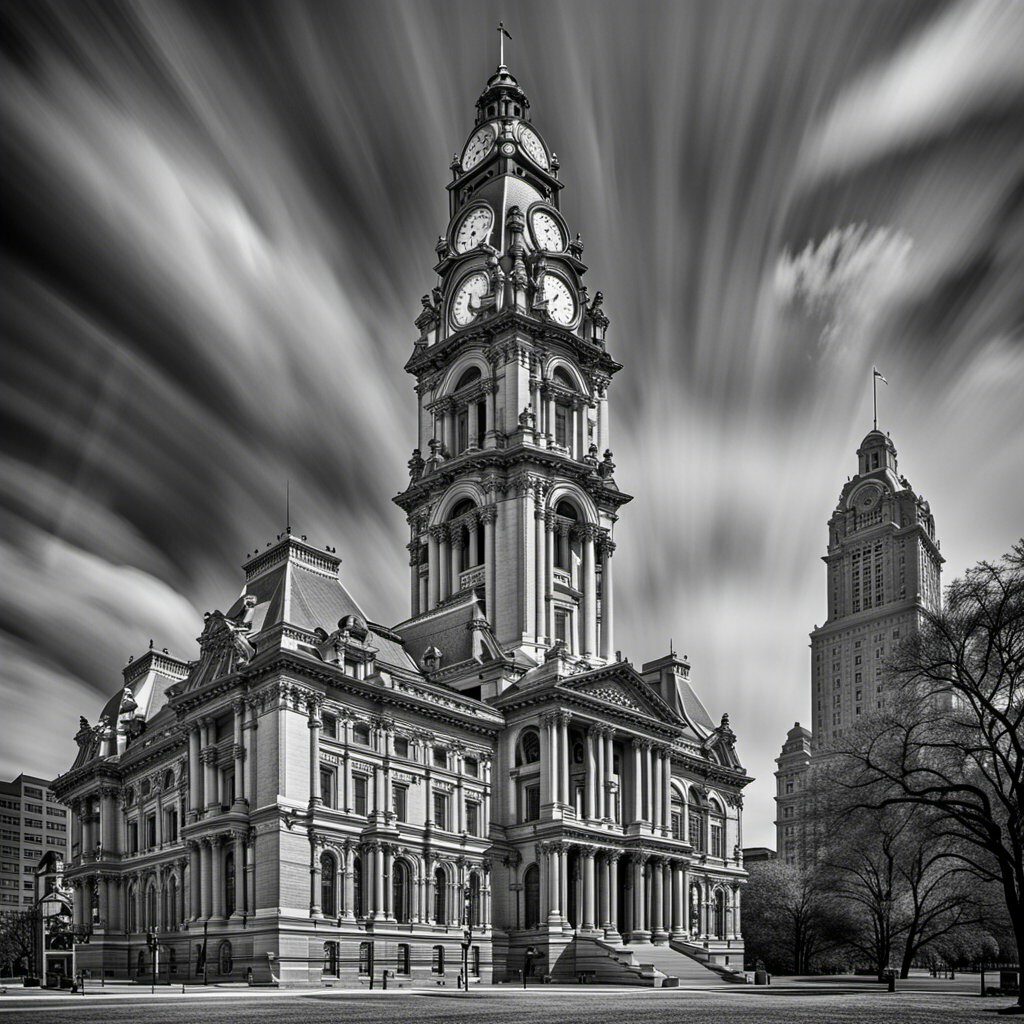
Philadelphia City Hall is one of the most recognizable landmarks in the city. This beautiful building is located in the heart of Center City and houses the offices of the Mayor and City Council. Take a guided tour to learn more about the history and architecture of this impressive building.
Philadelphia Museum of Art


The Philadelphia Museum of Art is one of the largest art museums in the country and is home to an impressive collection of art from around the world. Be sure to check out the iconic “Rocky Steps” out front and take a photo with the famous statue of Rocky Balboa.
Eastern State Penitentiary
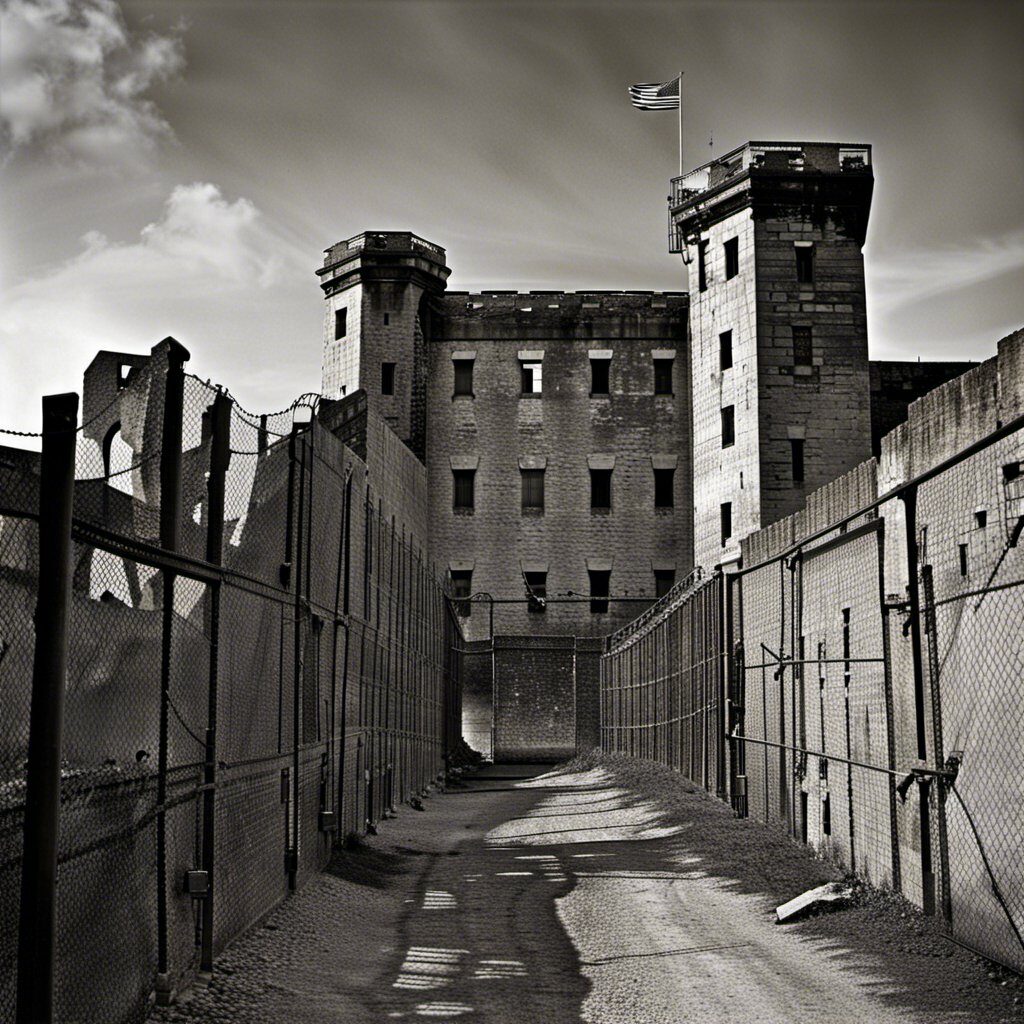
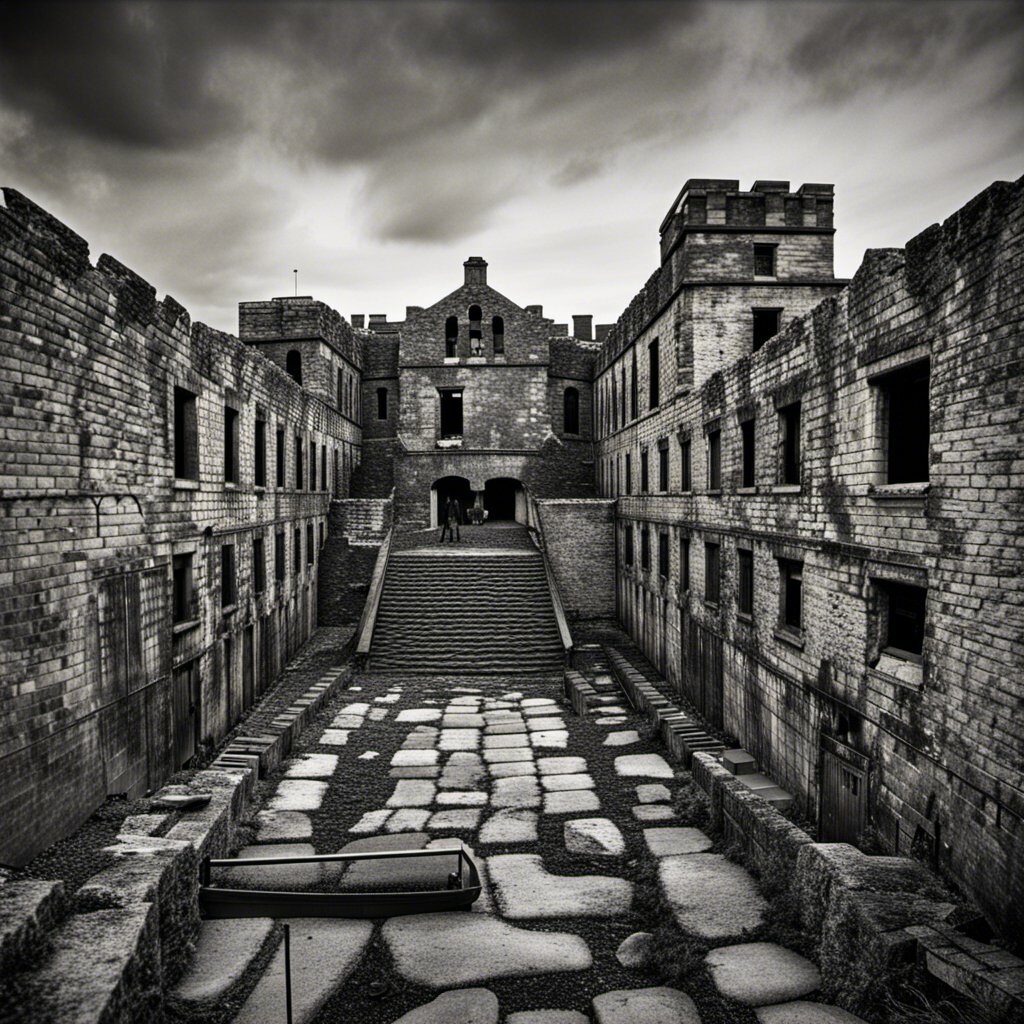
Eastern State Penitentiary is a historic prison that was in use from 1829 to 1971. Today, it’s a museum where you can learn about the history of the prison and its famous inmates, including Al Capone.
Boathouse Row
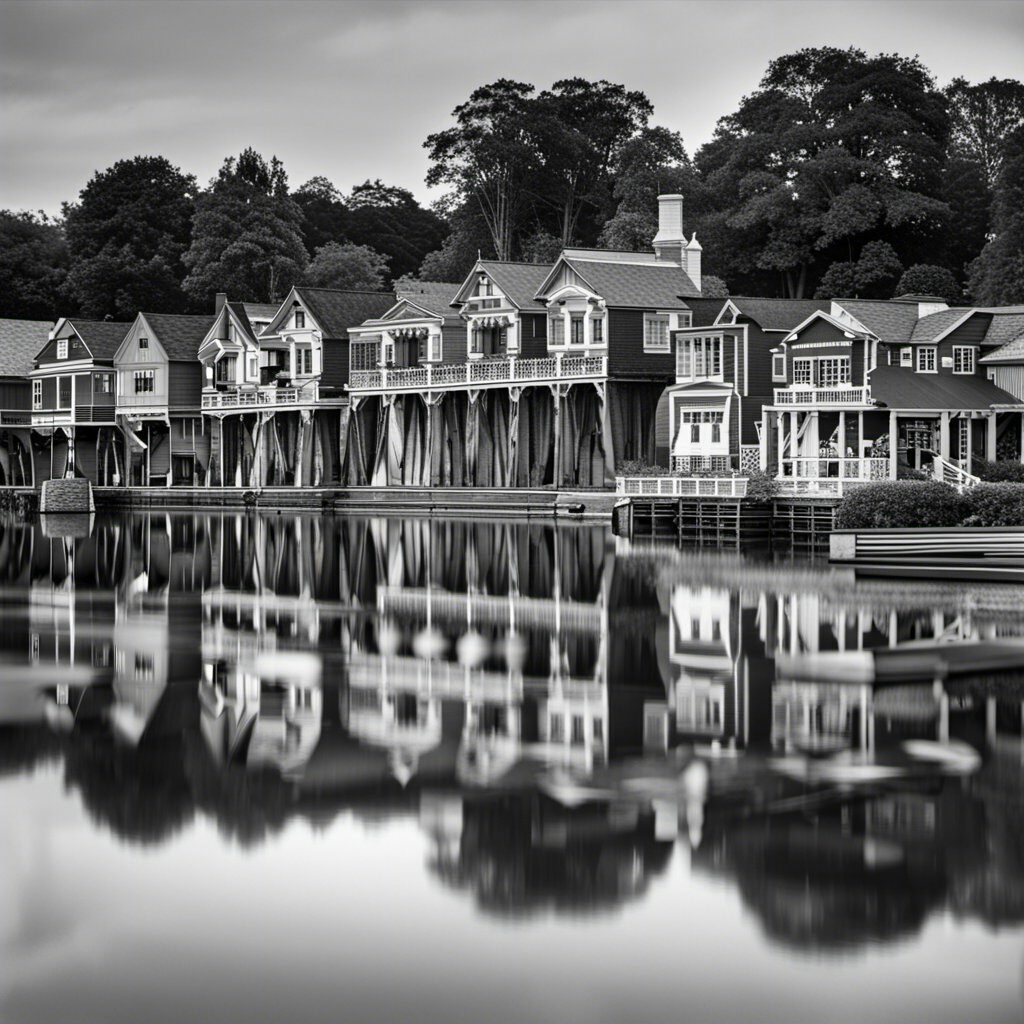
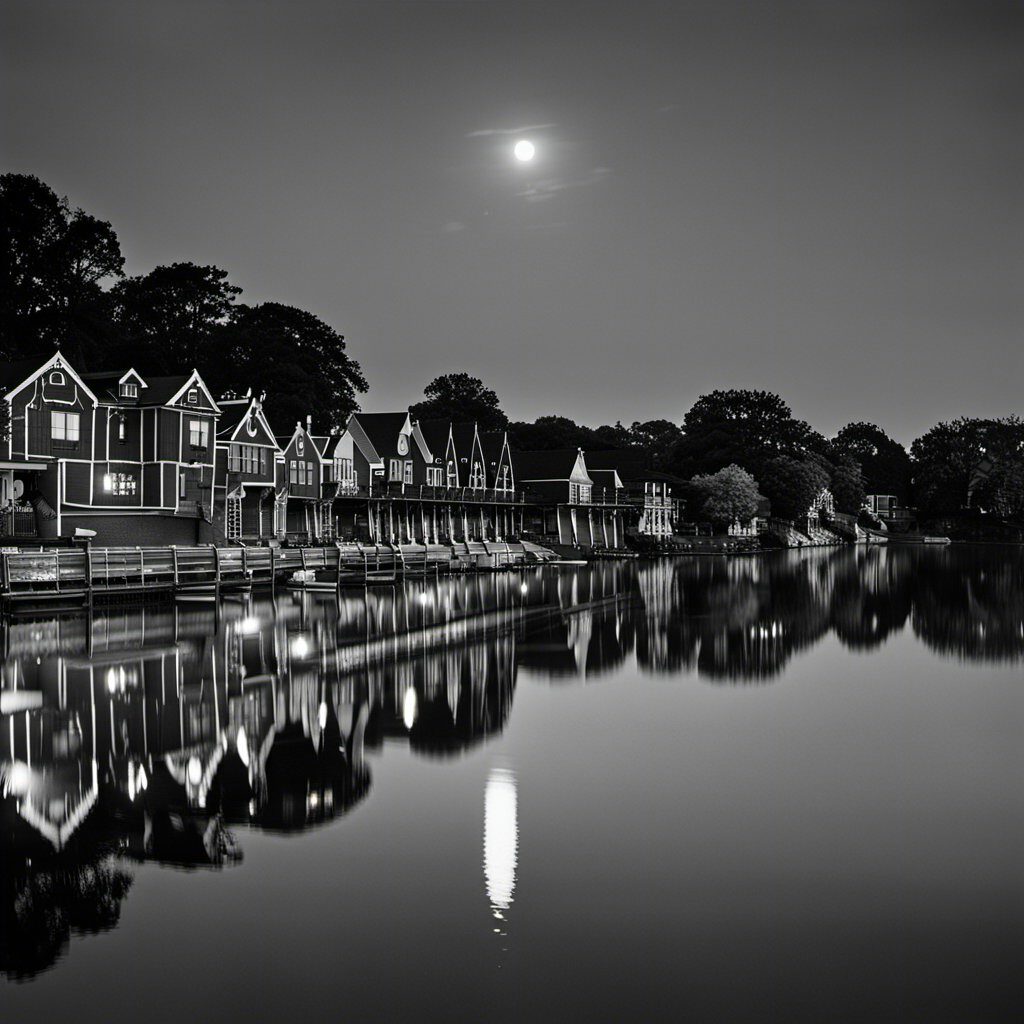
Boathouse Row is a historic collection of boathouses located on the east bank of the Schuylkill River. This beautiful area is home to some of the oldest and most prestigious rowing clubs in the country. Take a walk along the river and enjoy the scenic views.
These are just a few of the many historic sites and landmarks that you can explore in Philadelphia. Whether you’re a history buff or just looking for a fun day out, there’s something for everyone in the City of Brotherly Love.
Historic Pittsburgh
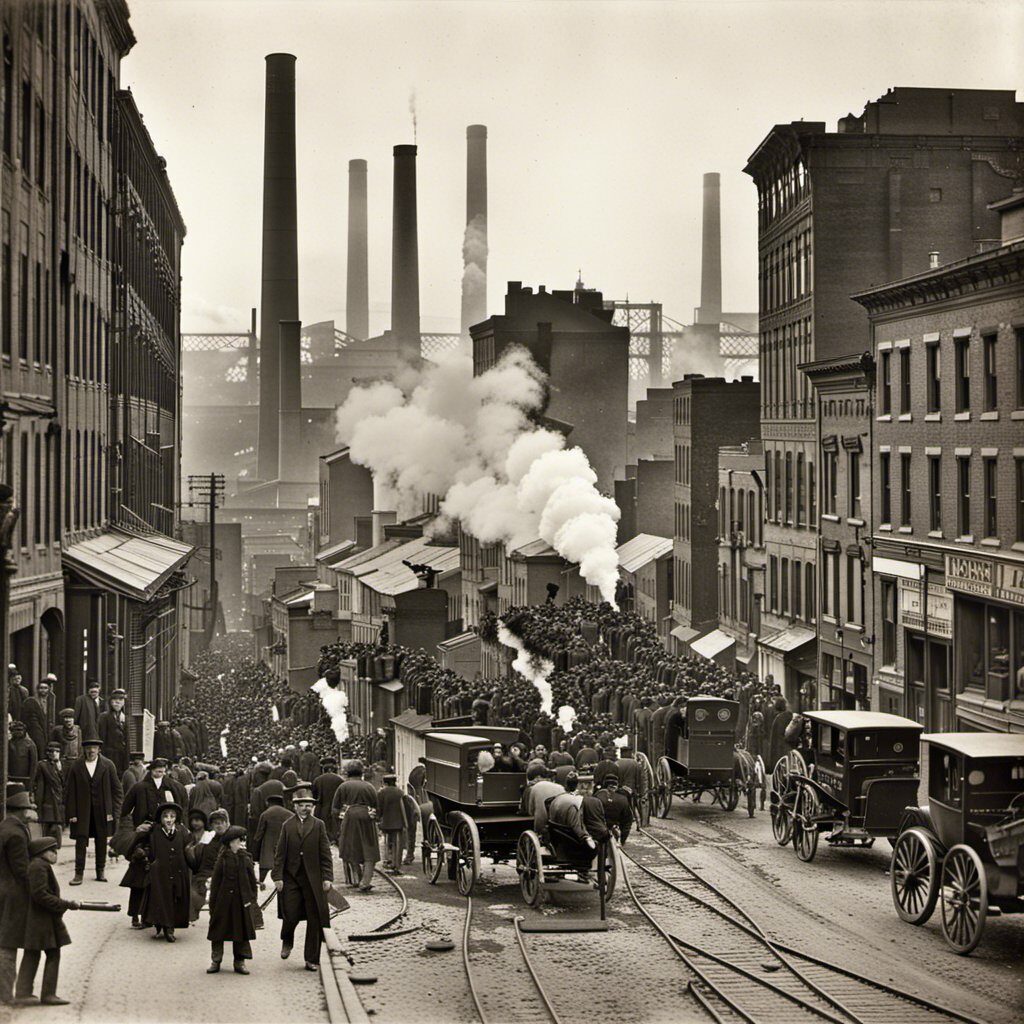
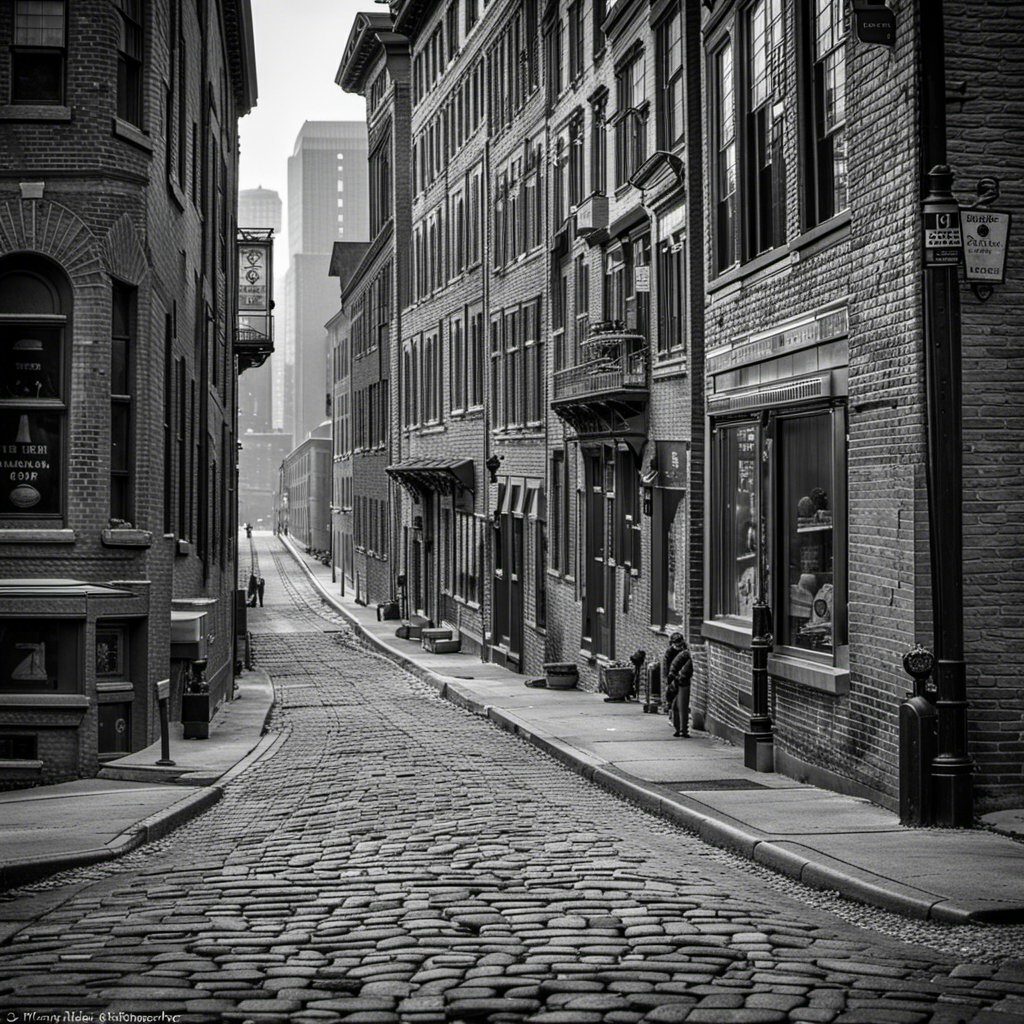
If you’re a history buff, Pittsburgh, Pennsylvania, is the perfect destination for you. The city is home to many historic landmarks and sites that offer a glimpse into its past. Here are three must-see attractions in Historic Pittsburgh:
Carrie Blast Furnaces
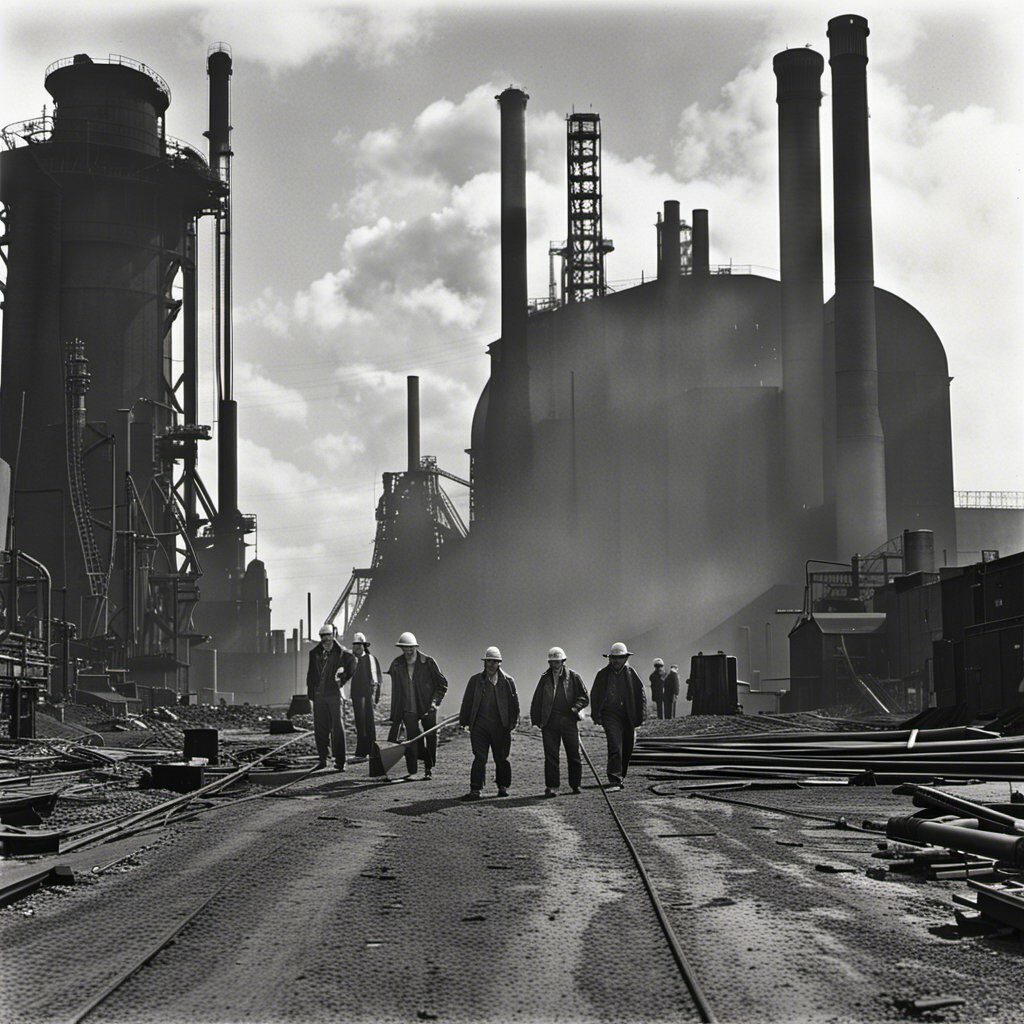
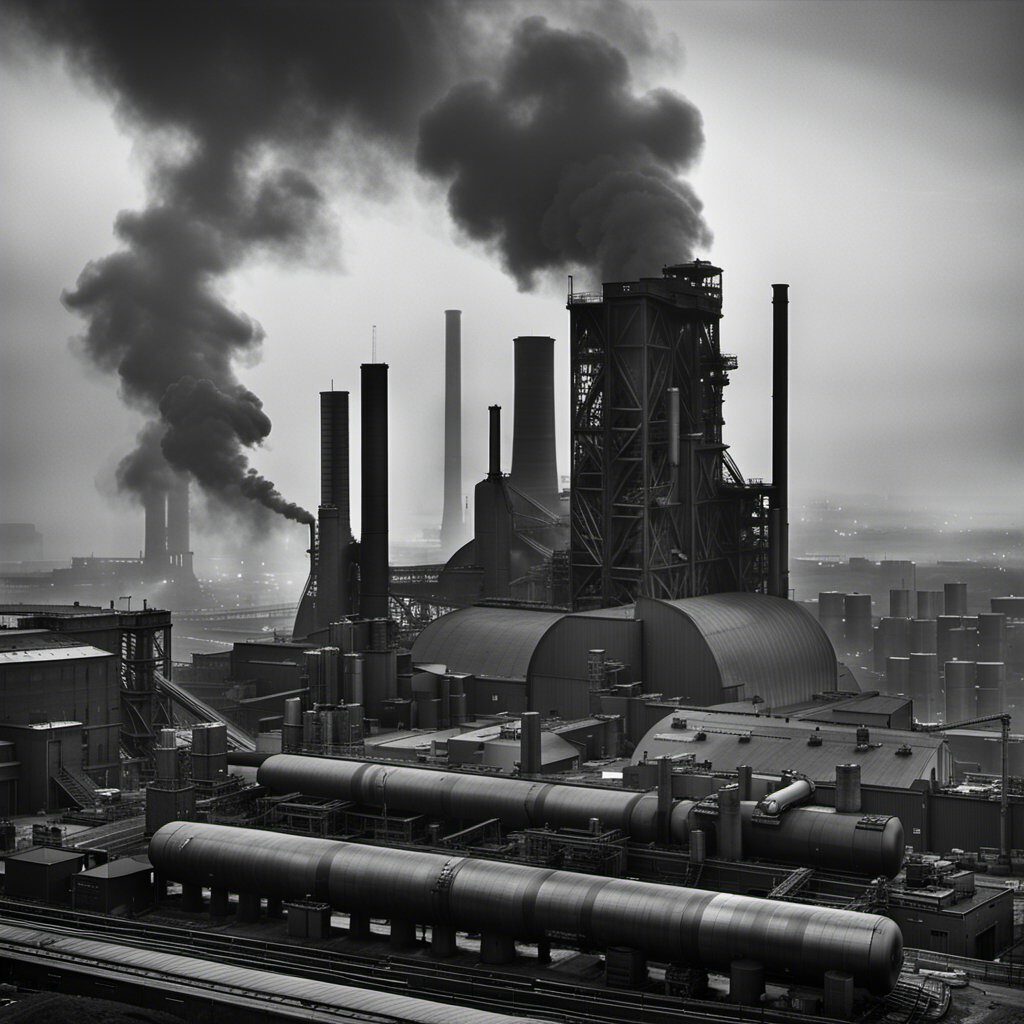
Located in the Pittsburgh area, the Carrie Blast Furnaces are a testament to the city’s steel-making industry. These towering structures were once used to produce iron for the steel mills that made Pittsburgh famous. Today, they are a National Historic Landmark and offer guided tours that take you through the history of the steel-making process.
Duquesne Incline
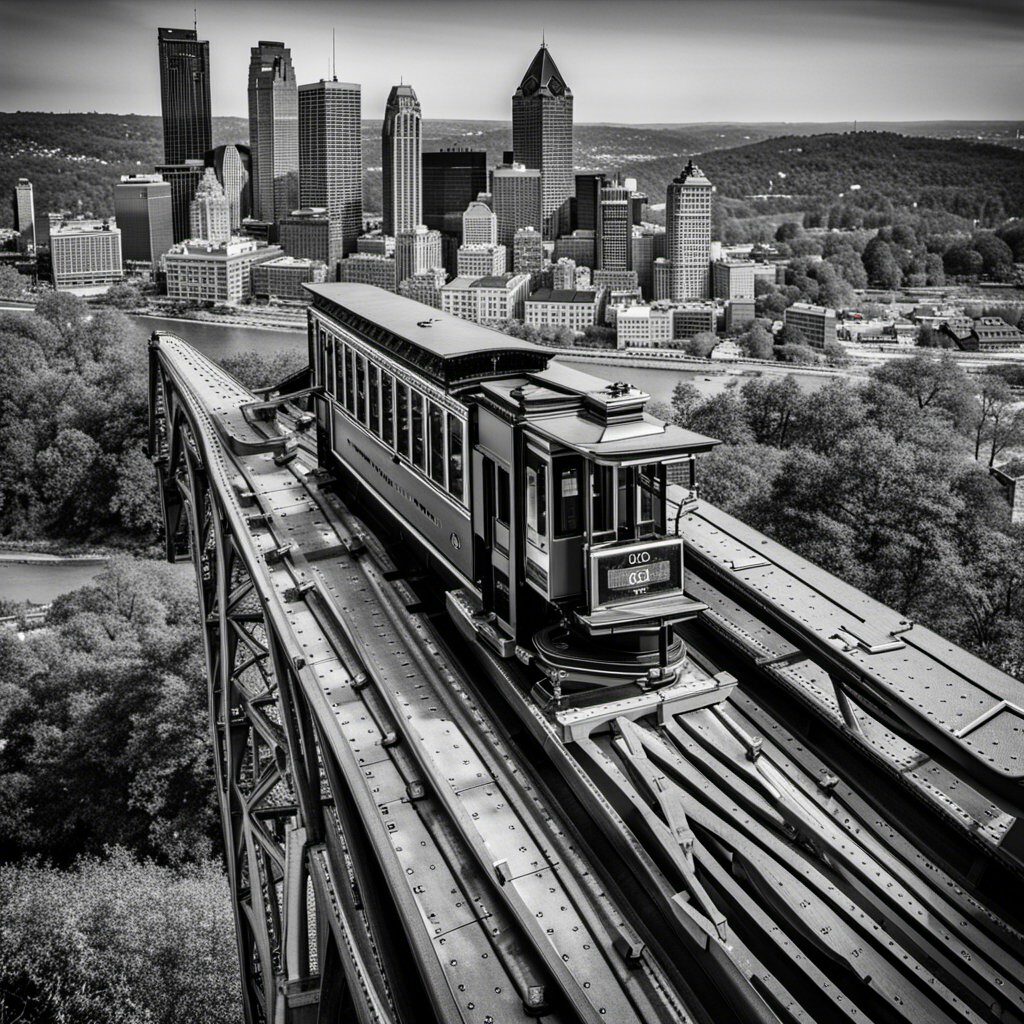
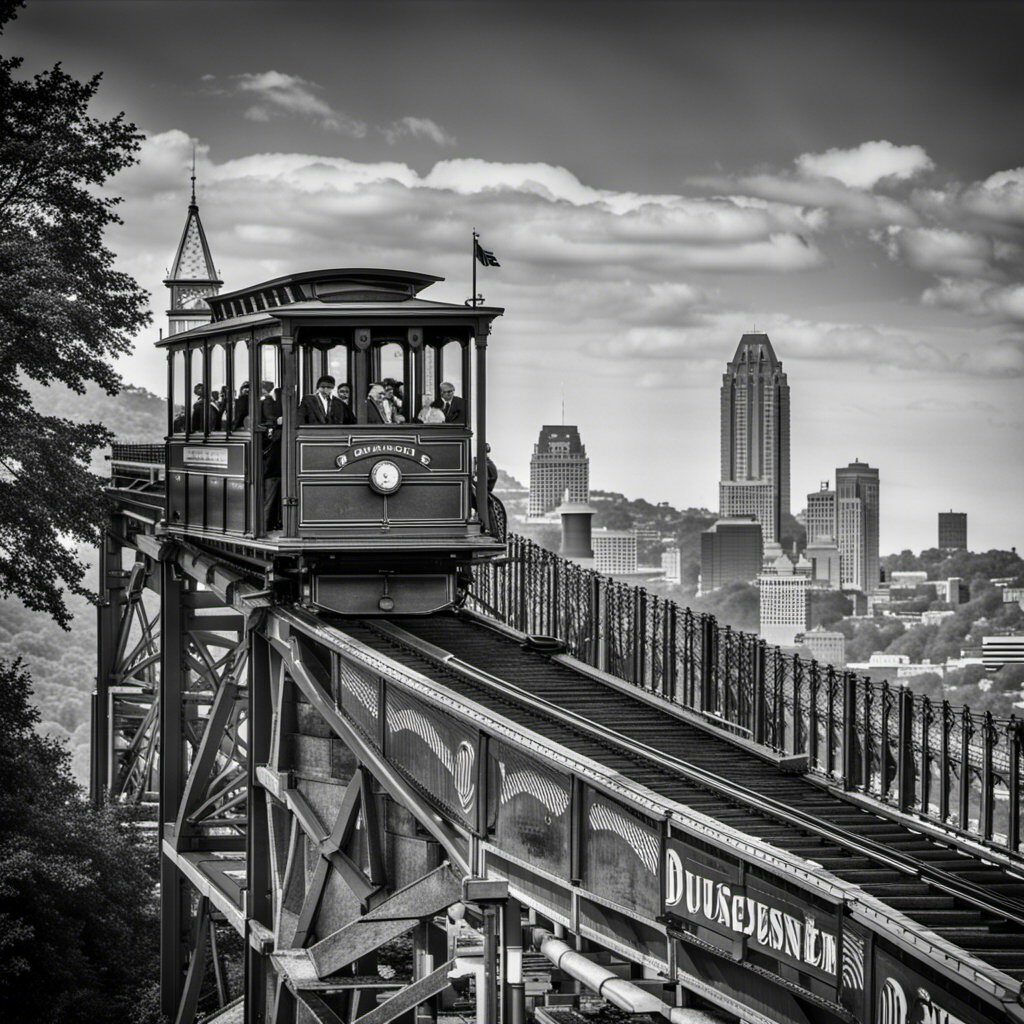
The Duquesne Incline is a funicular railway that takes you up the side of Mount Washington. The incline was built in the late 1800s to transport people and goods up and down the steep hillside. Today, it’s a popular tourist attraction that offers stunning views of the Pittsburgh skyline.
Andy Warhol Museum
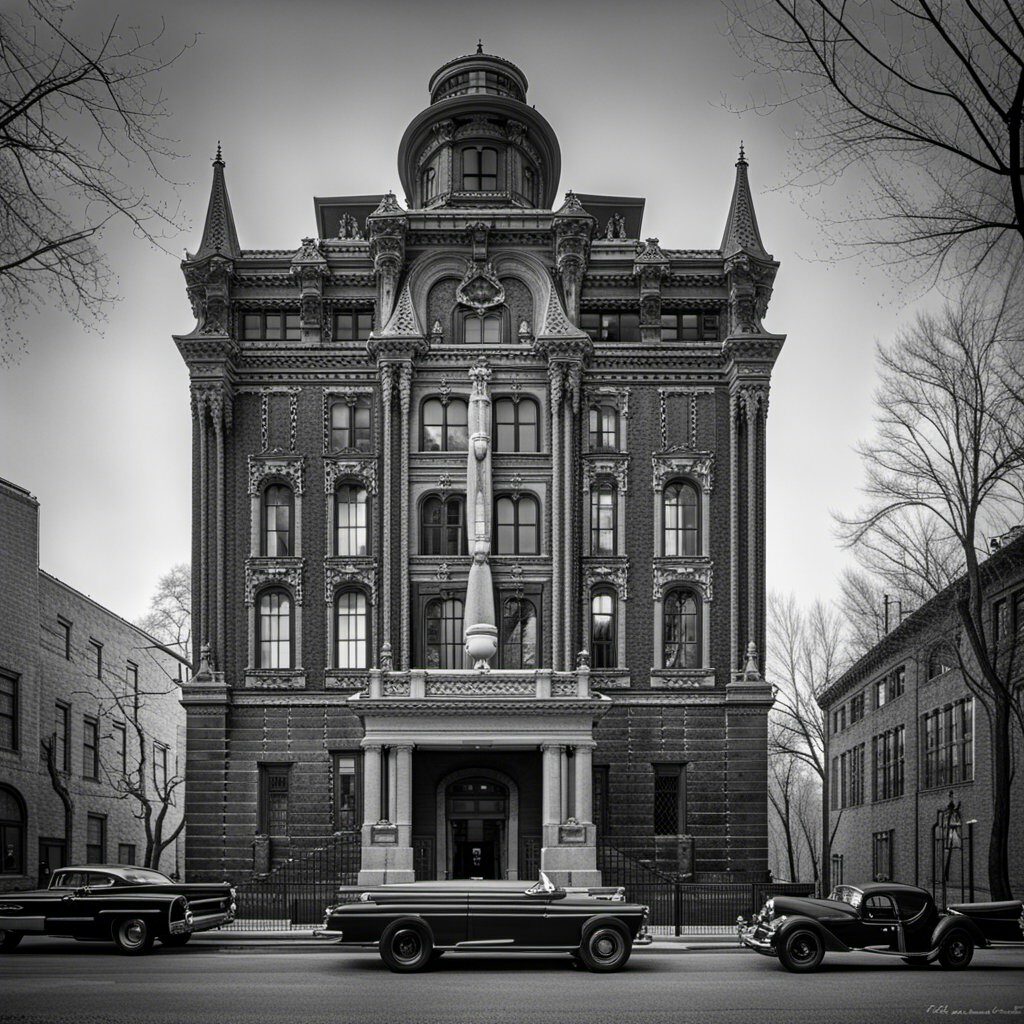
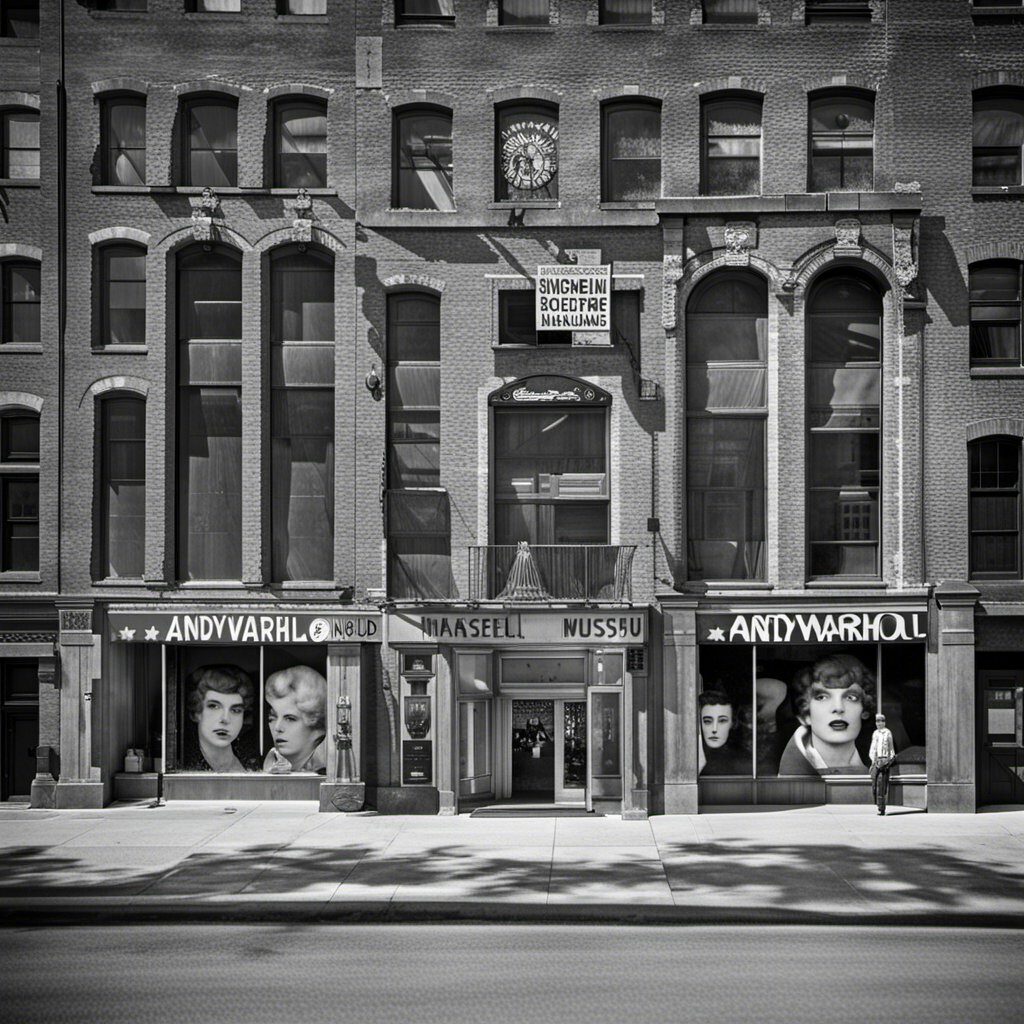
The Andy Warhol Museum is dedicated to the life and works of the famous artist and Pittsburgh native. The museum houses the largest collection of Warhol’s art and archives in the world, and offers a fascinating look into his life and career.
Whether you’re interested in Pittsburgh’s industrial past, its stunning views, or its famous residents, Historic Pittsburgh has something for everyone.
National Parks and Monuments
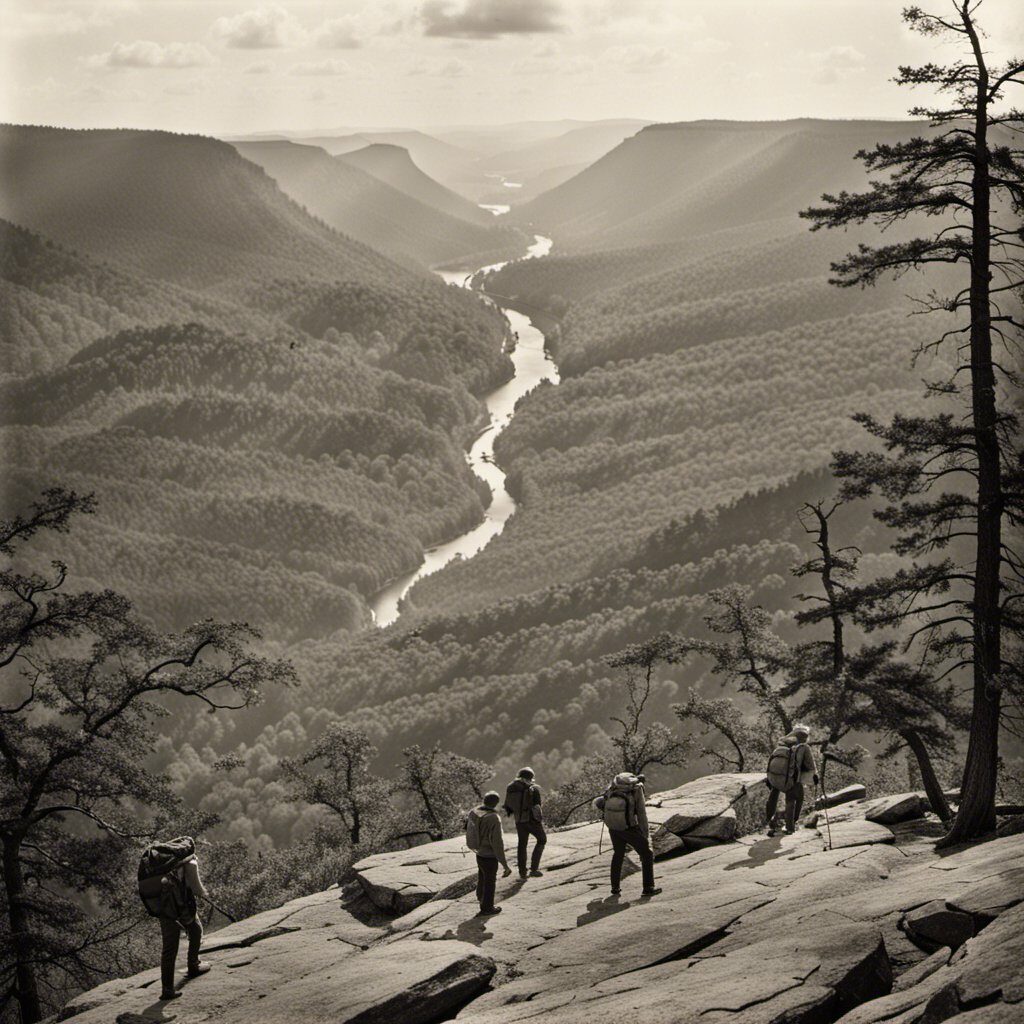
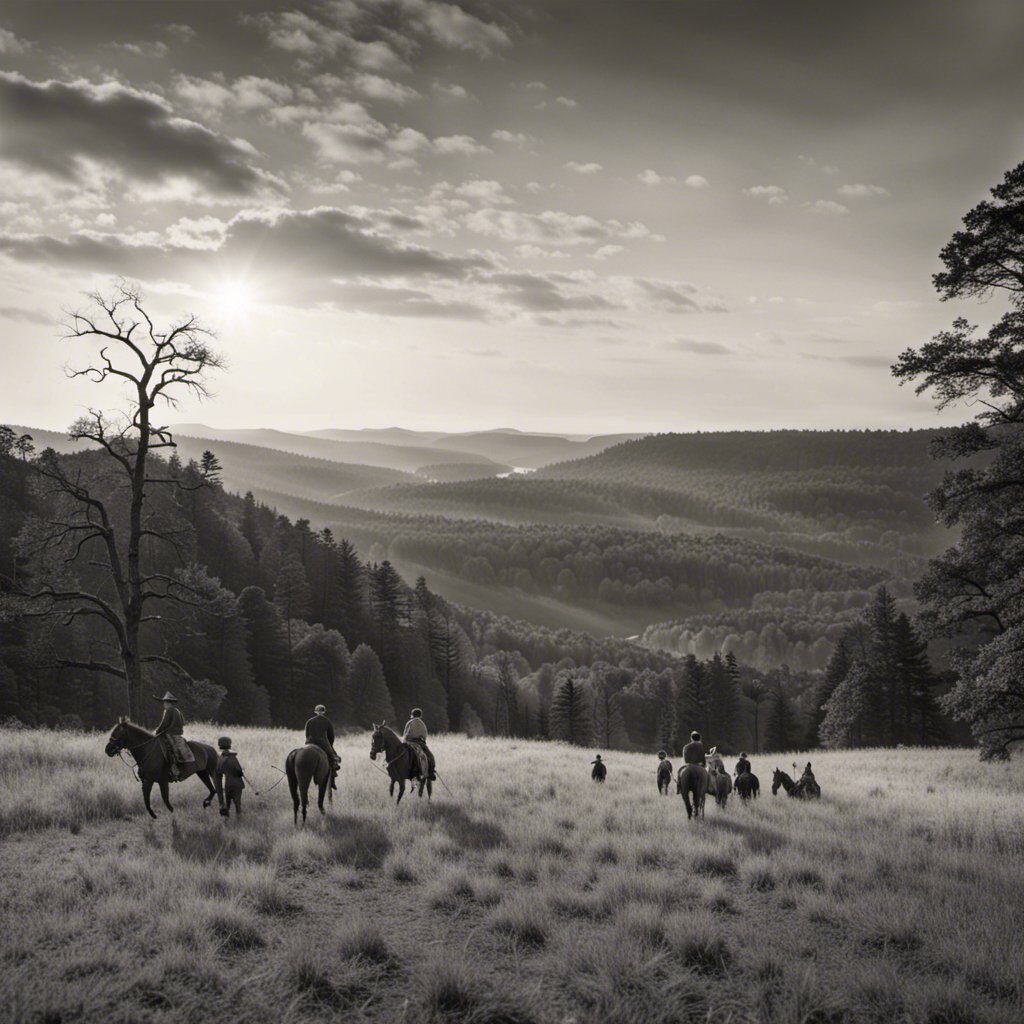
If you’re looking for natural beauty and outdoor activities in Pennsylvania, you won’t be disappointed by the state’s national parks and monuments. Here are some of the must-see sites you should add to your itinerary:
Gettysburg National Military Park
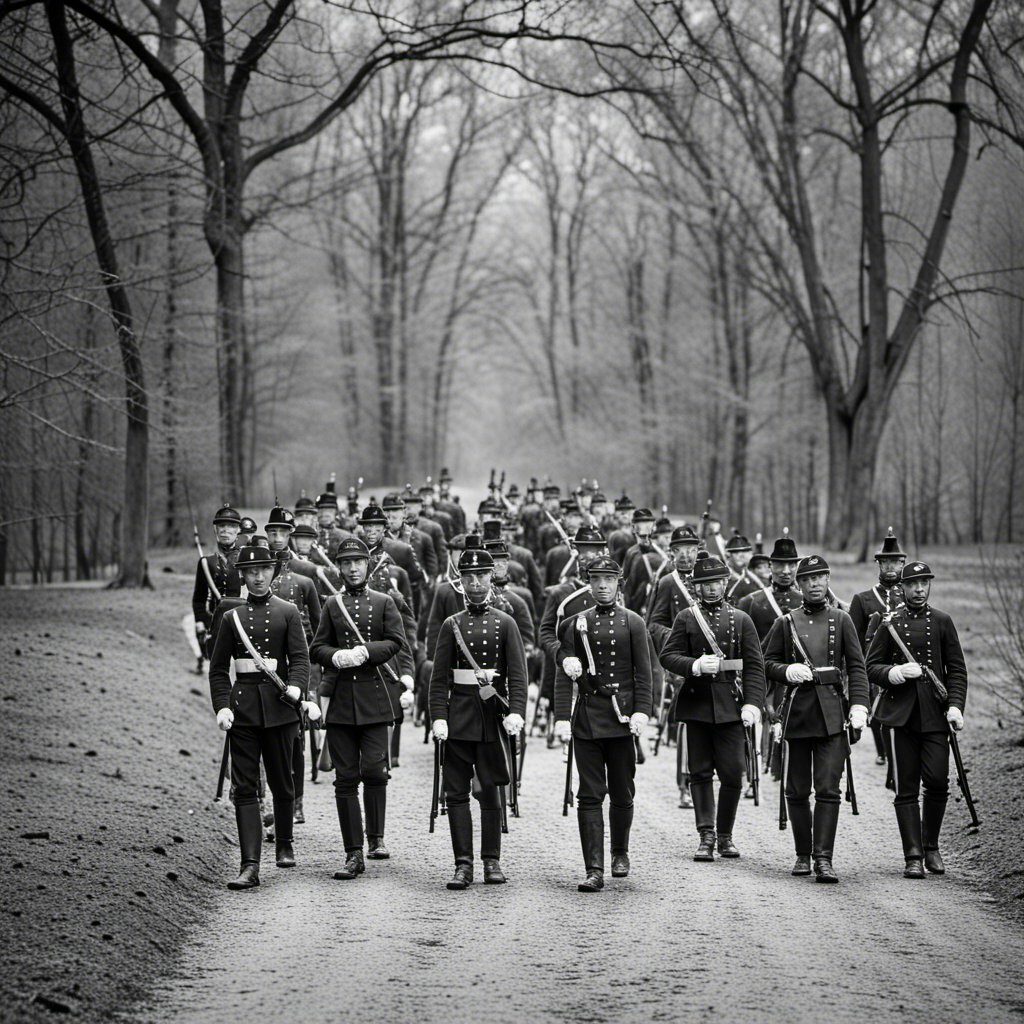
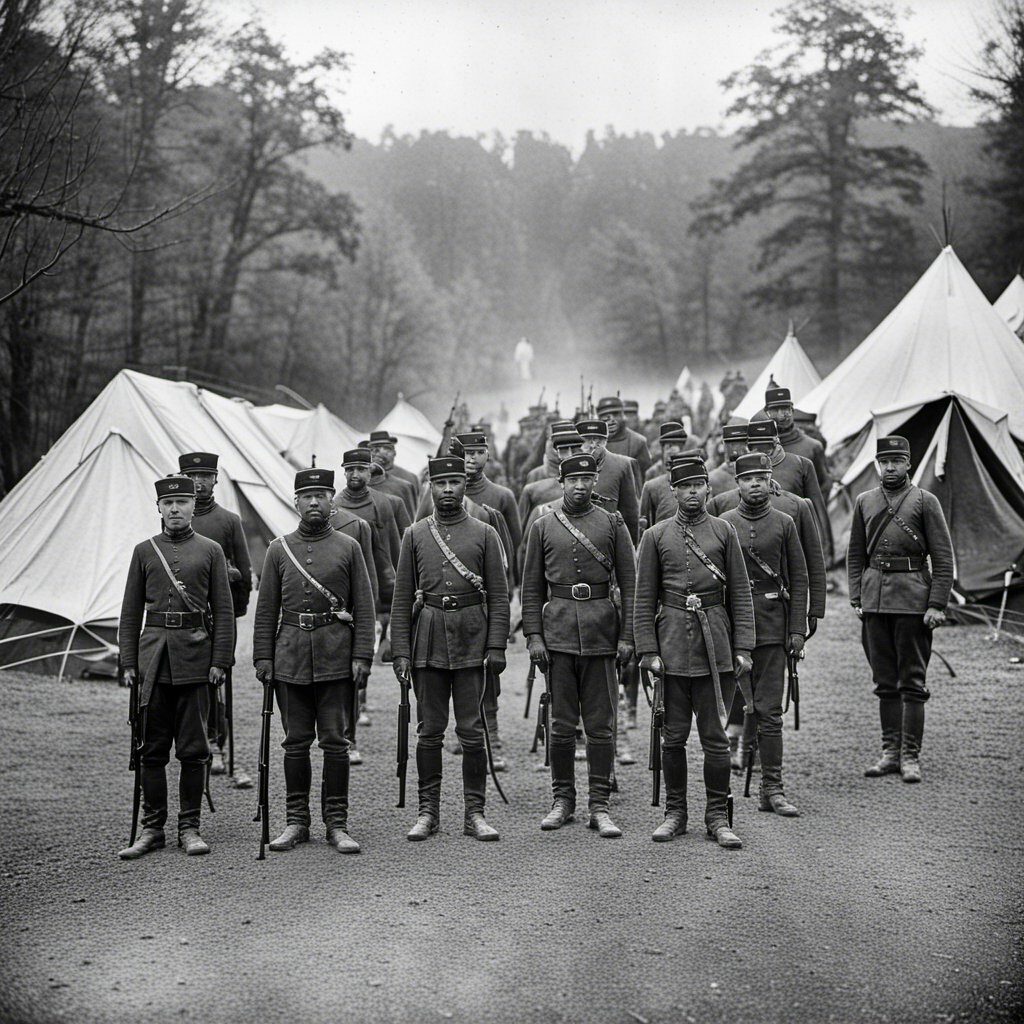
A visit to Gettysburg National Military Park is a must for history buffs. This park commemorates the site of the pivotal Civil War battle that took place in 1863. You can take a self-guided tour of the battlefield, explore the museum and visitor center, and attend ranger-led programs.
Valley Forge National Historical Park
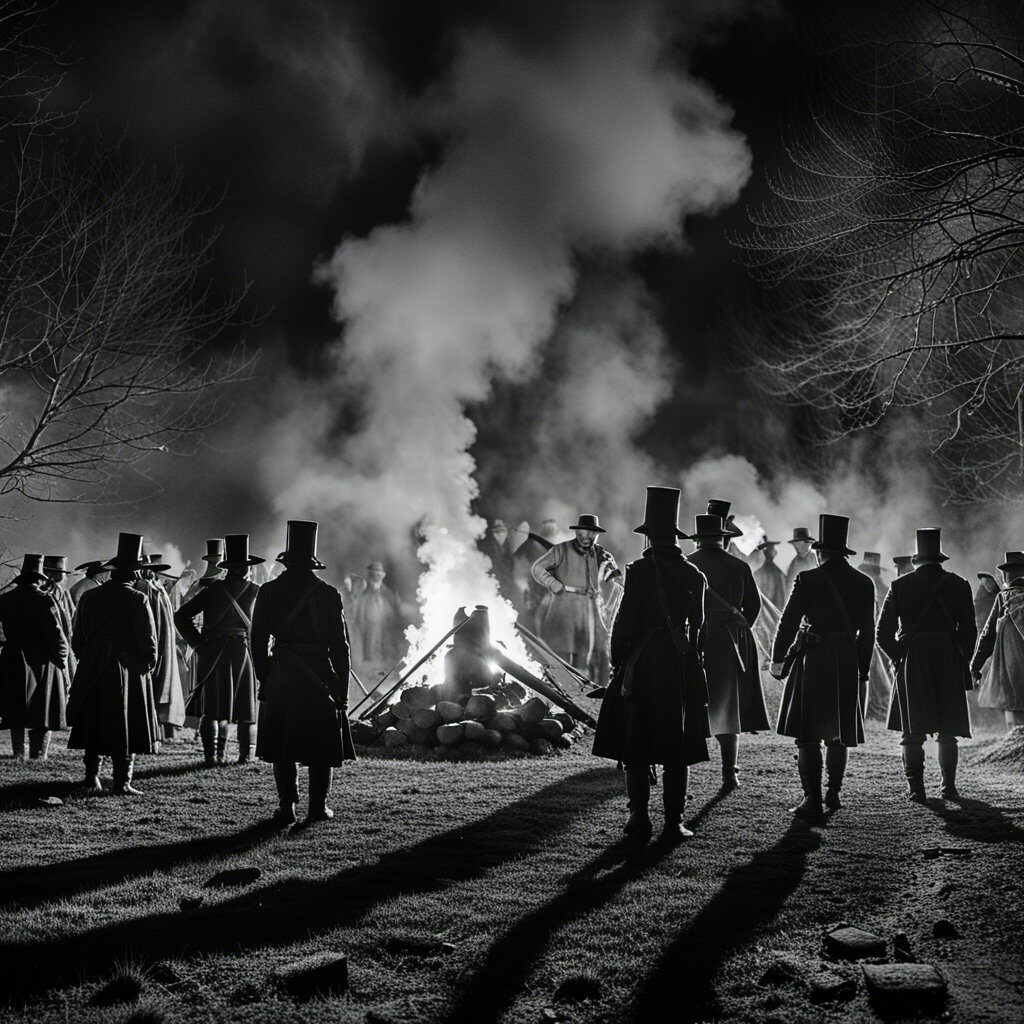
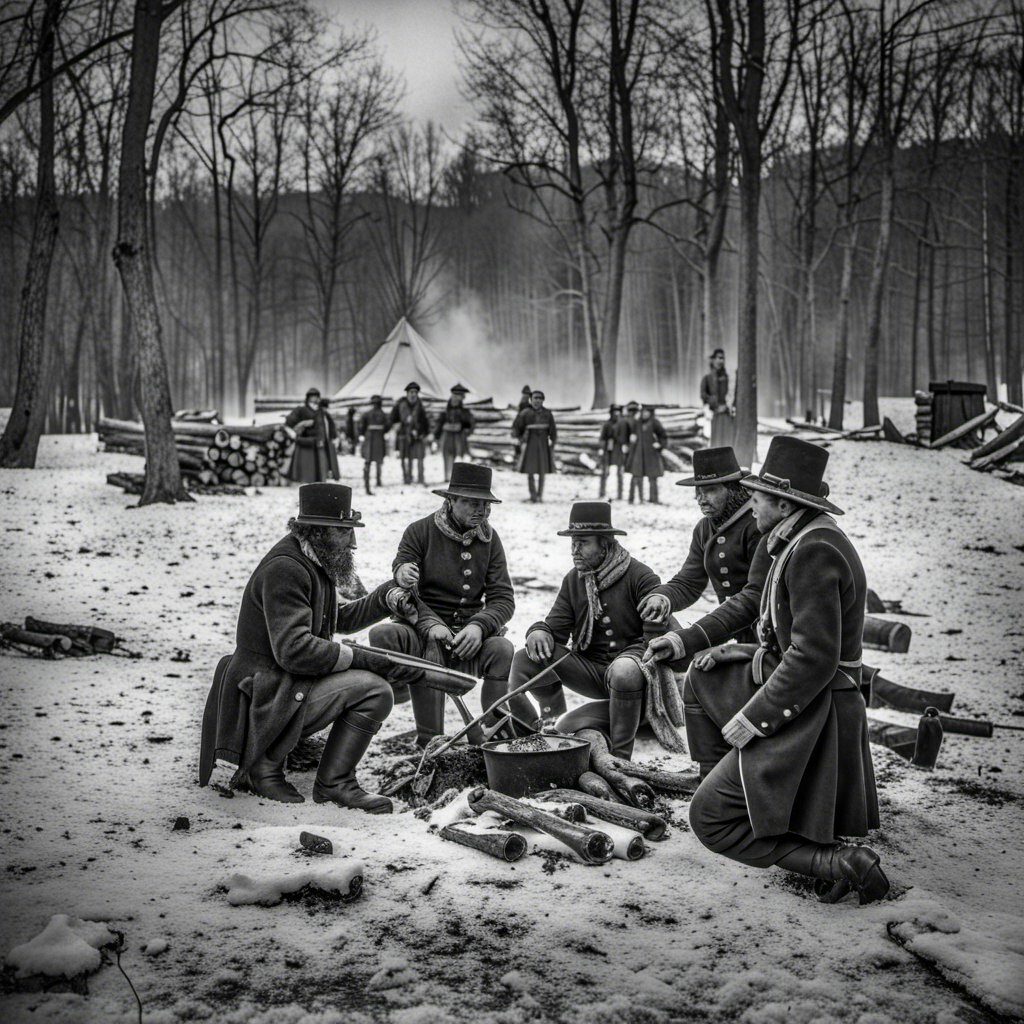
Valley Forge National Historical Park is another must-see for history lovers. This park preserves the site where George Washington and his Continental Army camped during the winter of 1777-1778. You can tour the encampment, see historic buildings, and learn about the hardships faced by the soldiers.
Flight 93 National Memorial
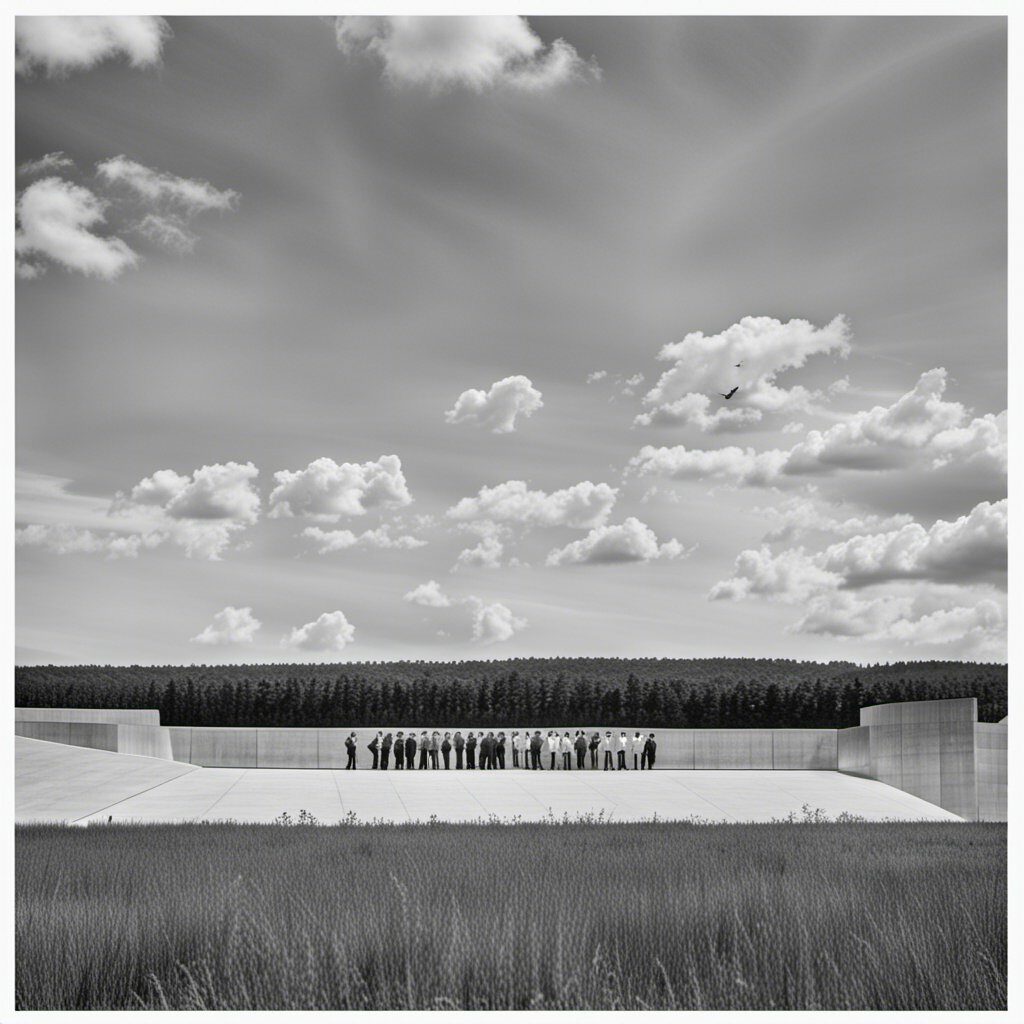
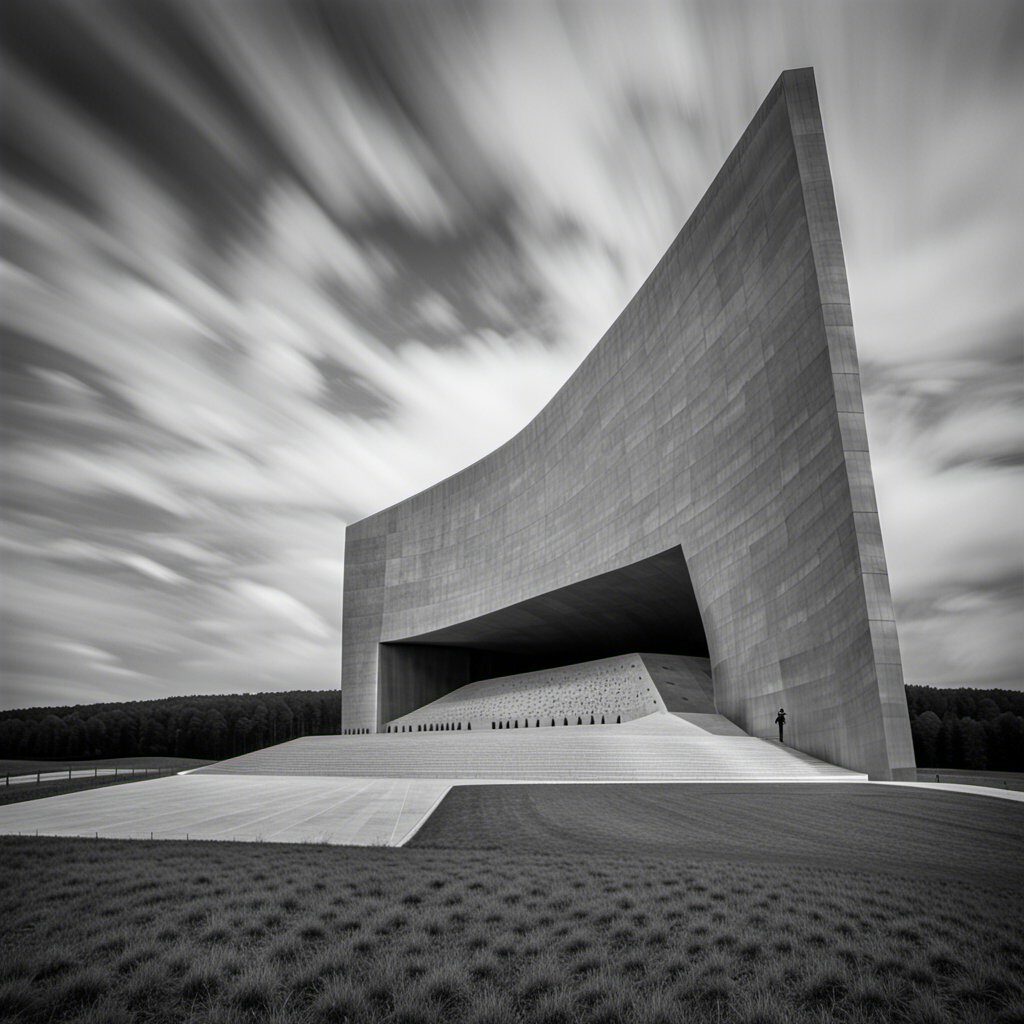
The Flight 93 National Memorial honors the passengers and crew of United Airlines Flight 93, who fought back against hijackers on September 11, 2001. You can visit the memorial plaza, walk the trails, and learn about the heroic actions of the passengers and crew.
Washington Crossing Historic Park
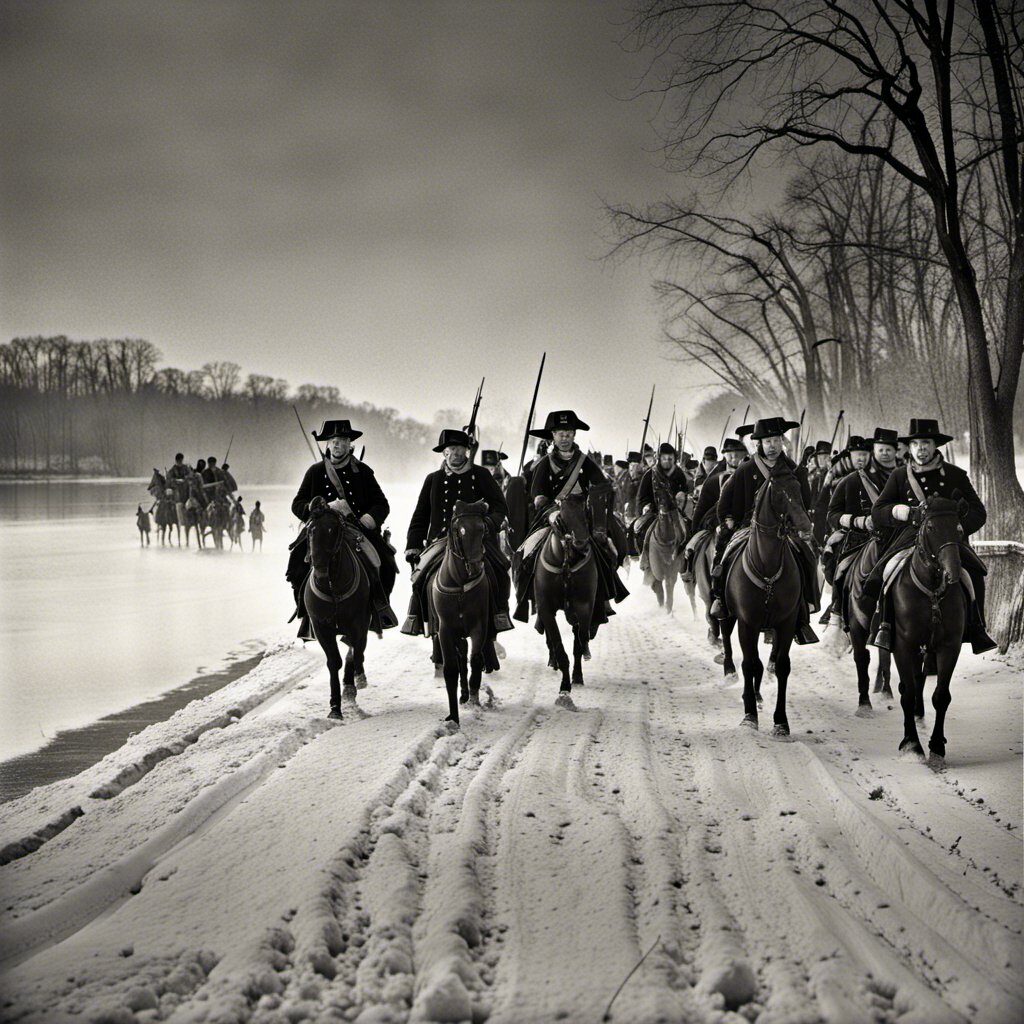
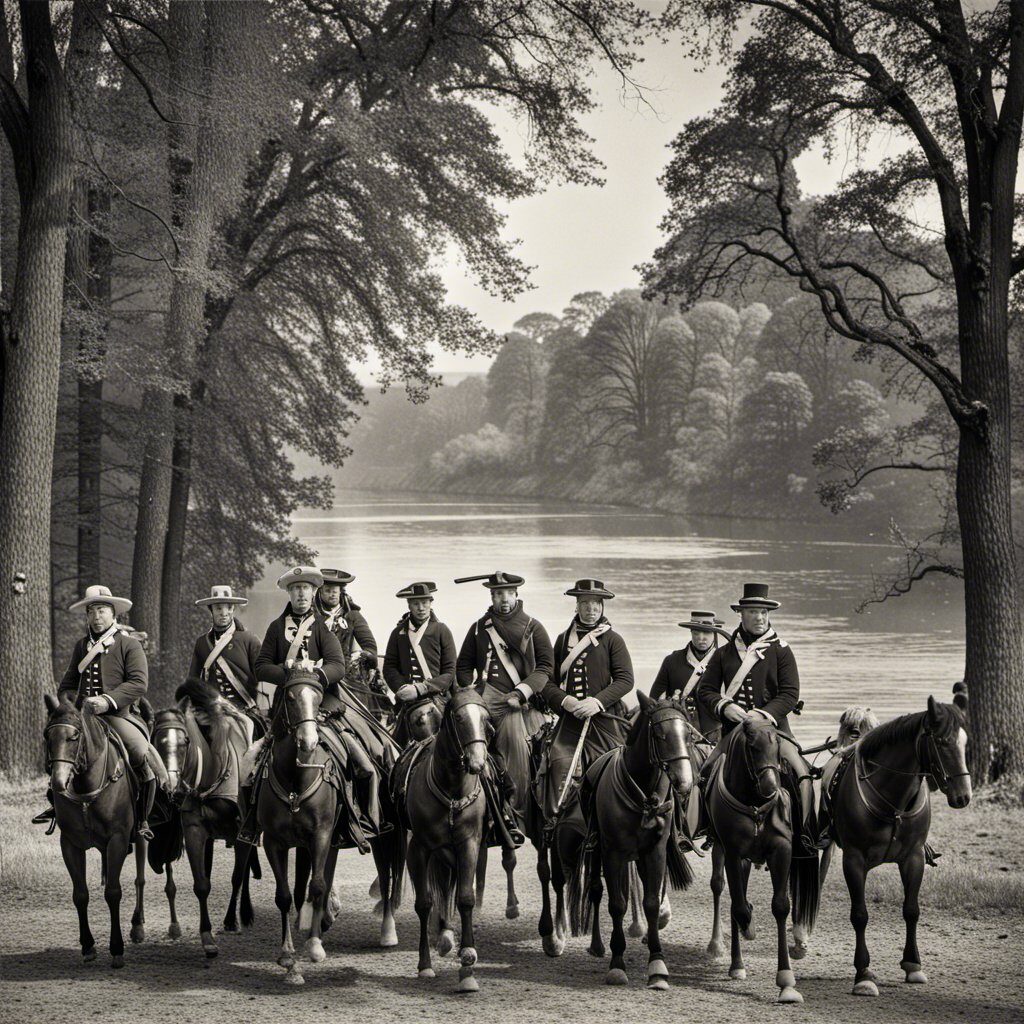
Washington Crossing Historic Park is the site where George Washington famously crossed the Delaware River on Christmas night in 1776. You can visit the historic buildings, see reenactments, and learn about the Revolutionary War.
Presque Isle State Park
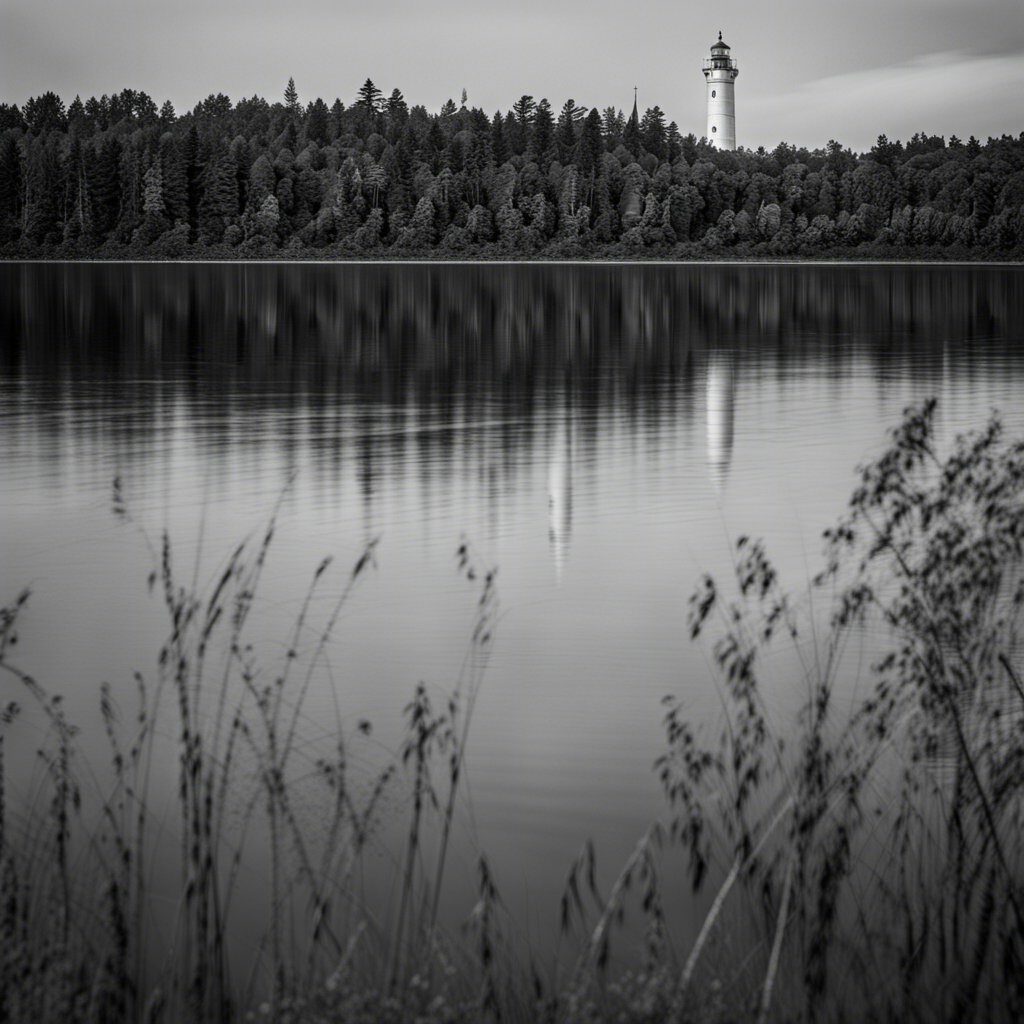
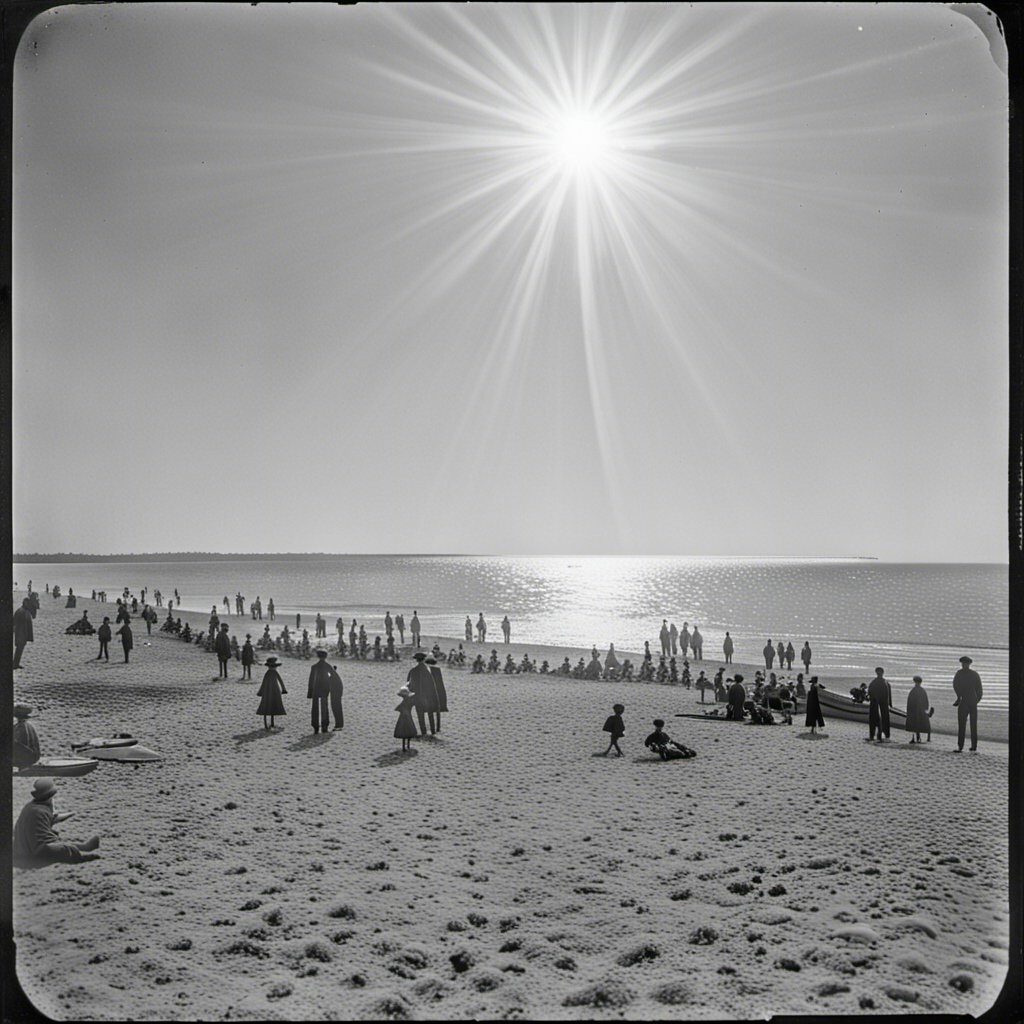
Presque Isle State Park is a beautiful natural area on the shores of Lake Erie. You can hike, bike, swim, and fish in this park, which is home to a variety of wildlife.
Ohiopyle State Park
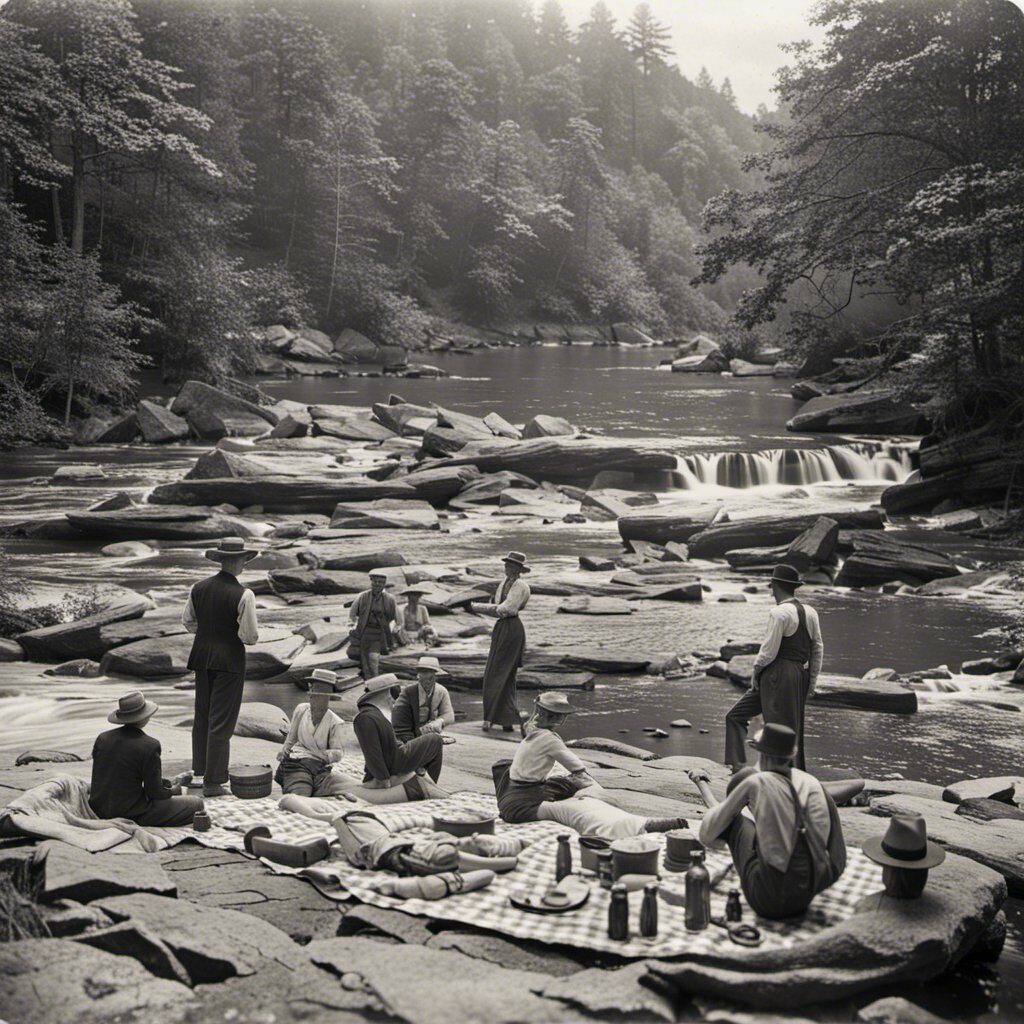
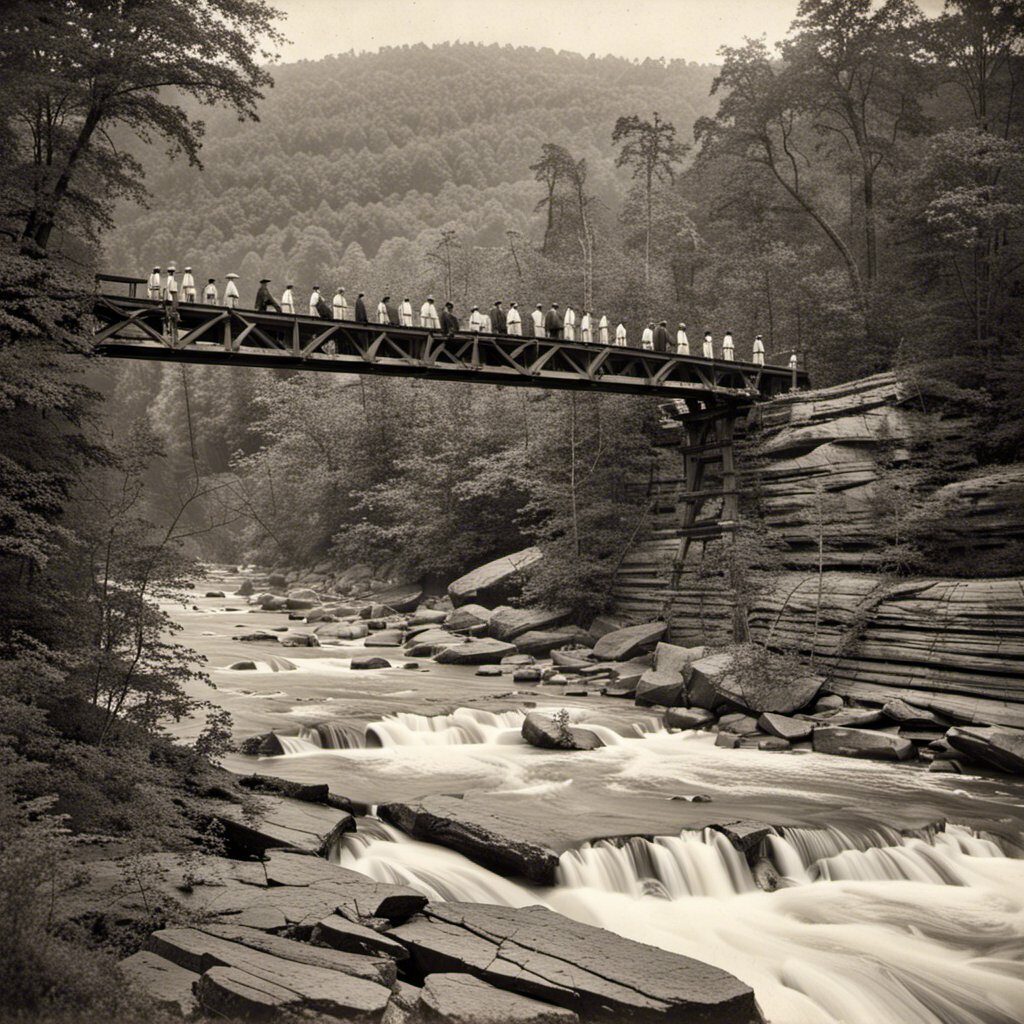
Ohiopyle State Park is a popular destination for whitewater rafting and other outdoor activities. You can also hike, bike, fish, and explore the park’s waterfalls and natural beauty.
Allegheny National Forest
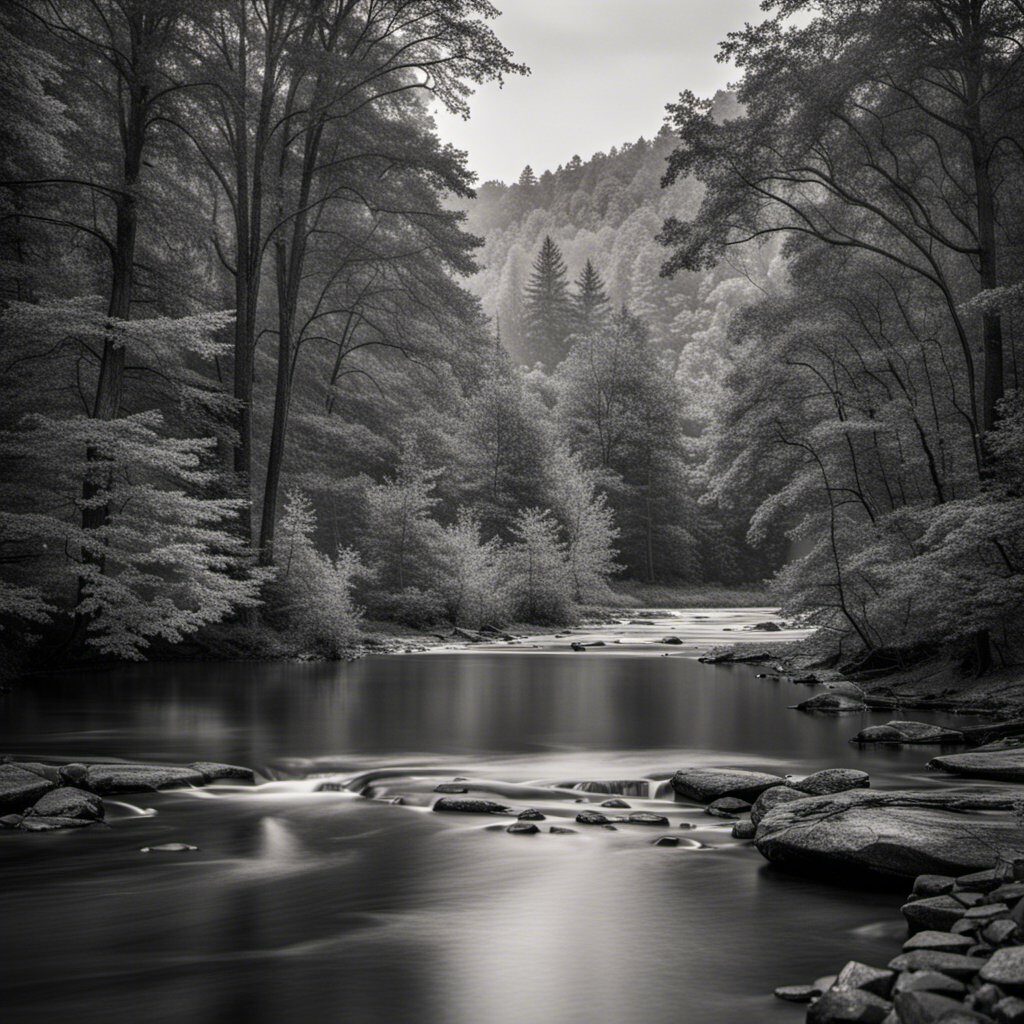
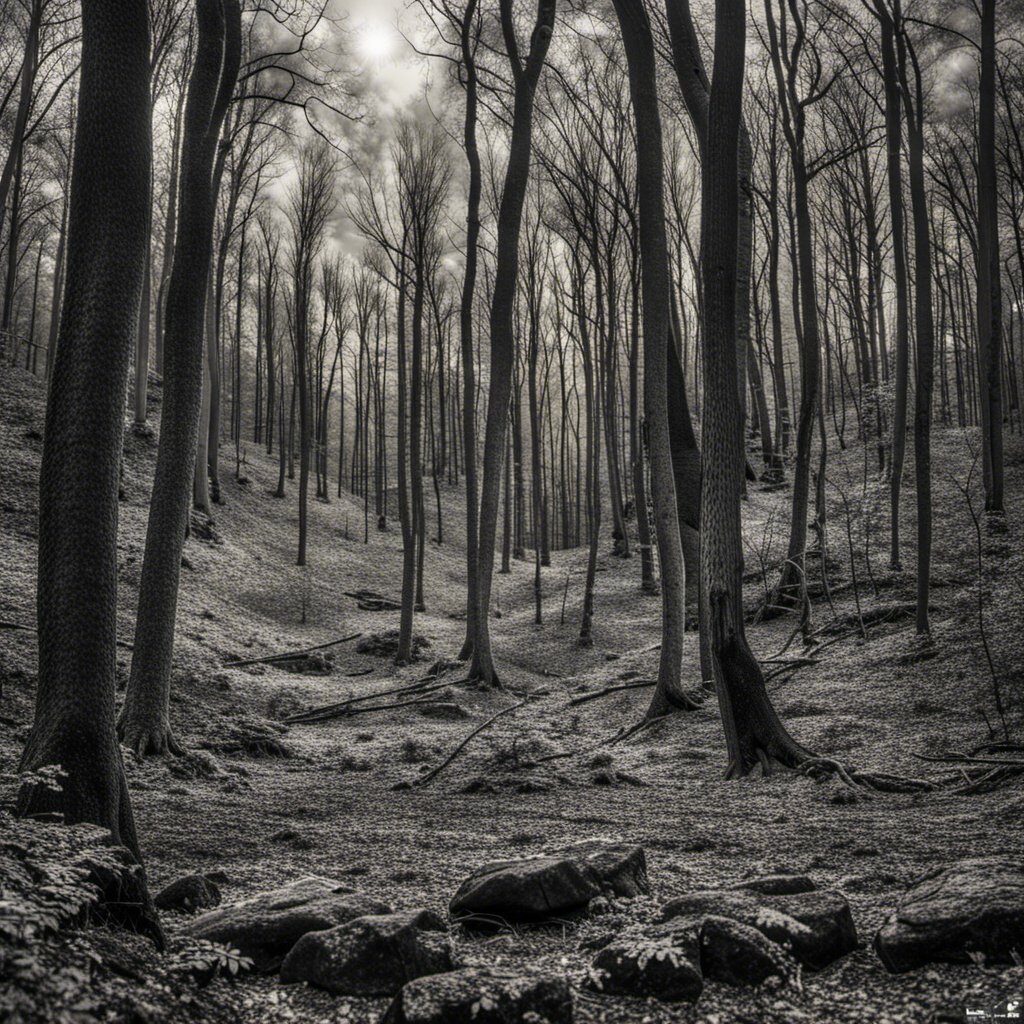
Allegheny National Forest is a vast wilderness area that covers over 500,000 acres. You can hike, bike, fish, hunt, and camp in this park, which is home to diverse wildlife and stunning scenery.
Whether you’re interested in history, outdoor activities, or simply enjoying Pennsylvania’s natural beauty, the state’s national parks and monuments have something for everyone.
Historic Sites in Other Cities
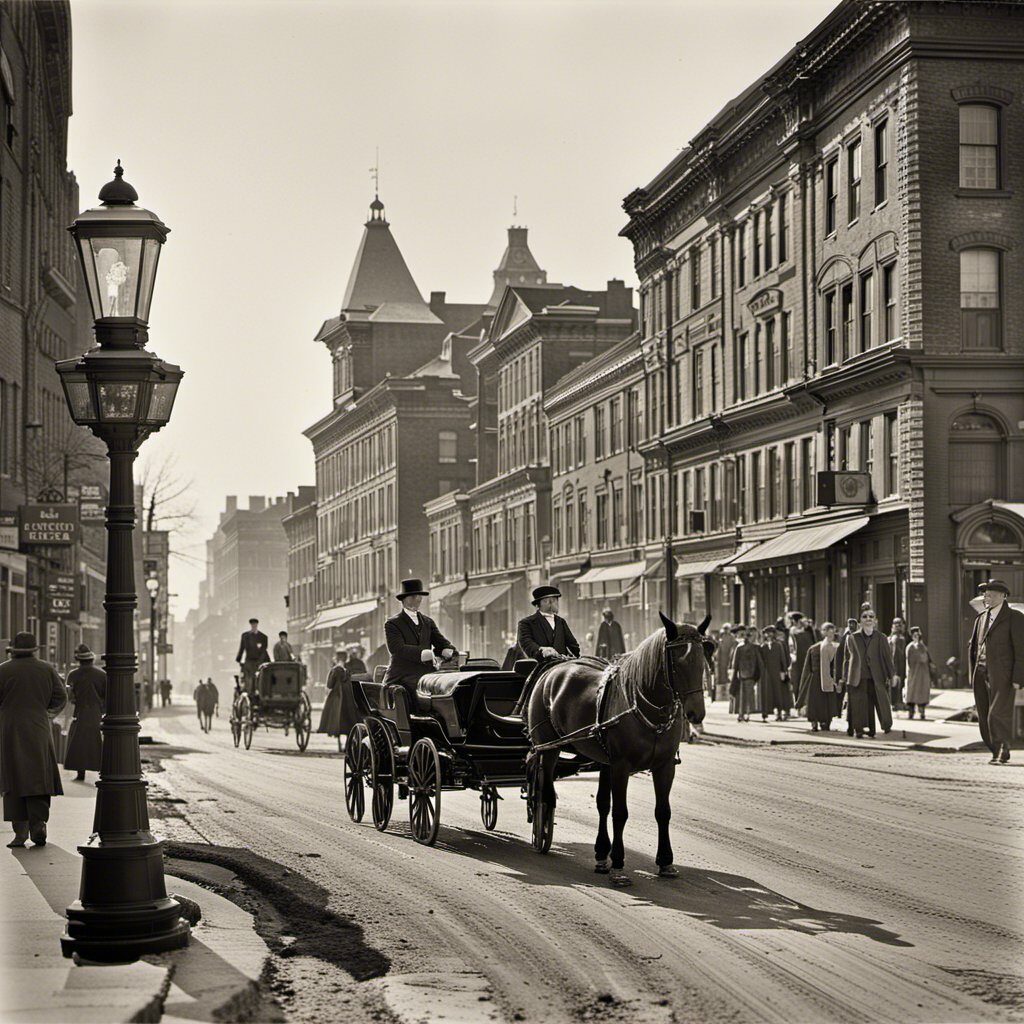
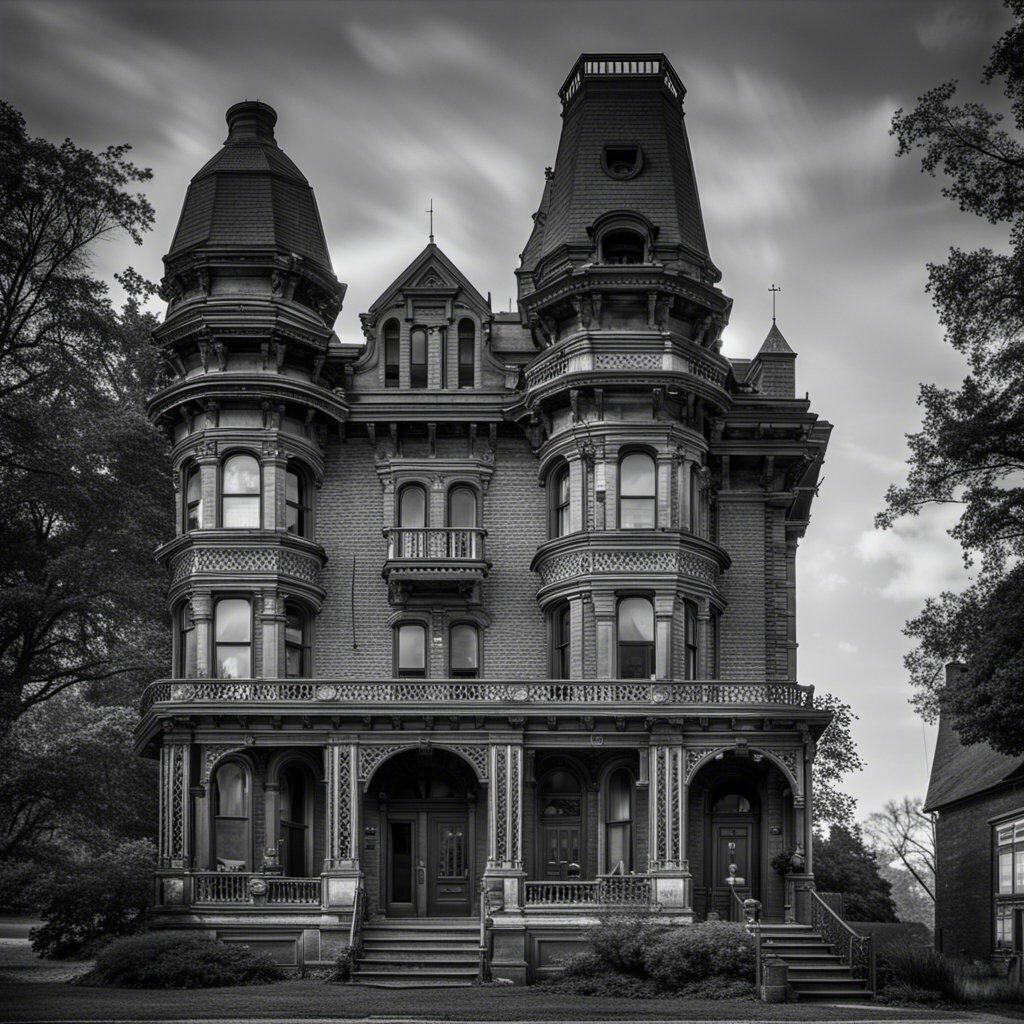
If you’re looking to explore more of Pennsylvania’s rich history, there are plenty of historic sites to visit in other cities. Here are a few noteworthy ones:
Ephrata Cloister
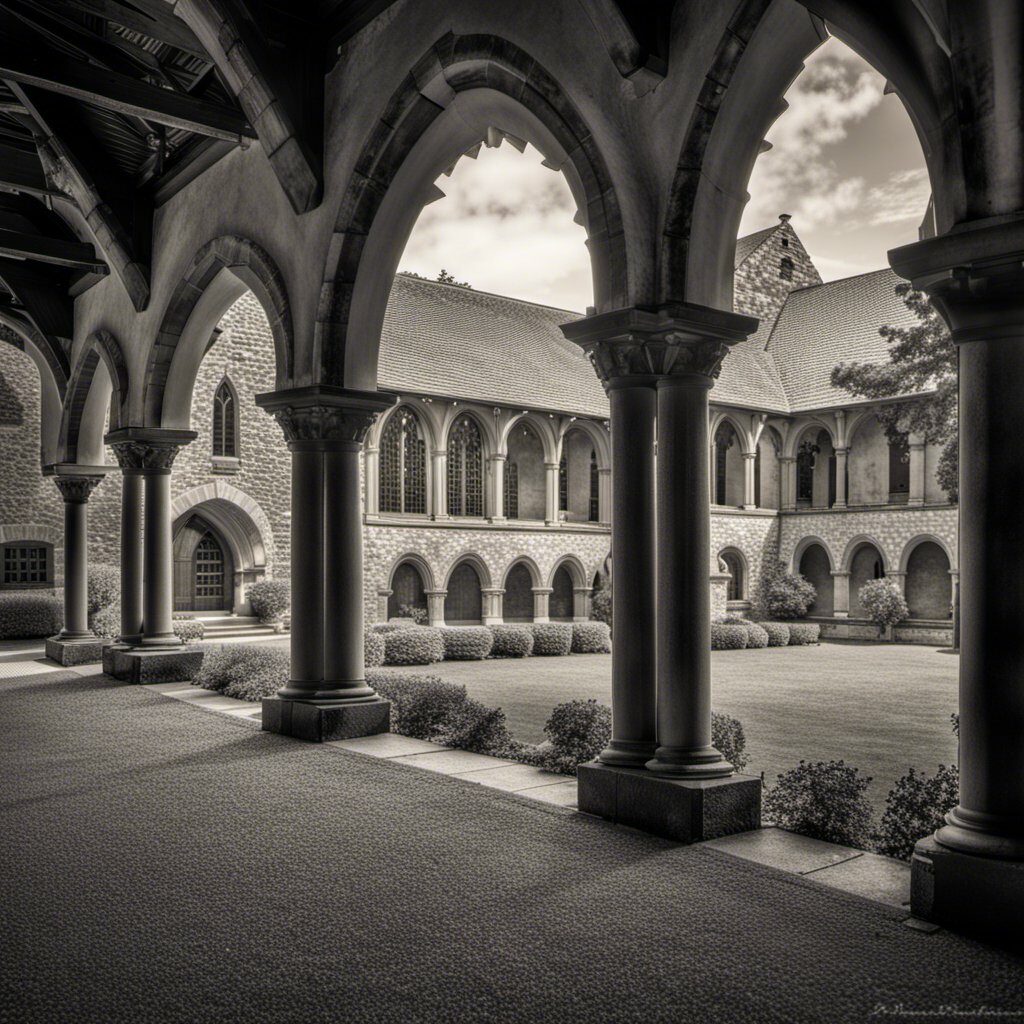
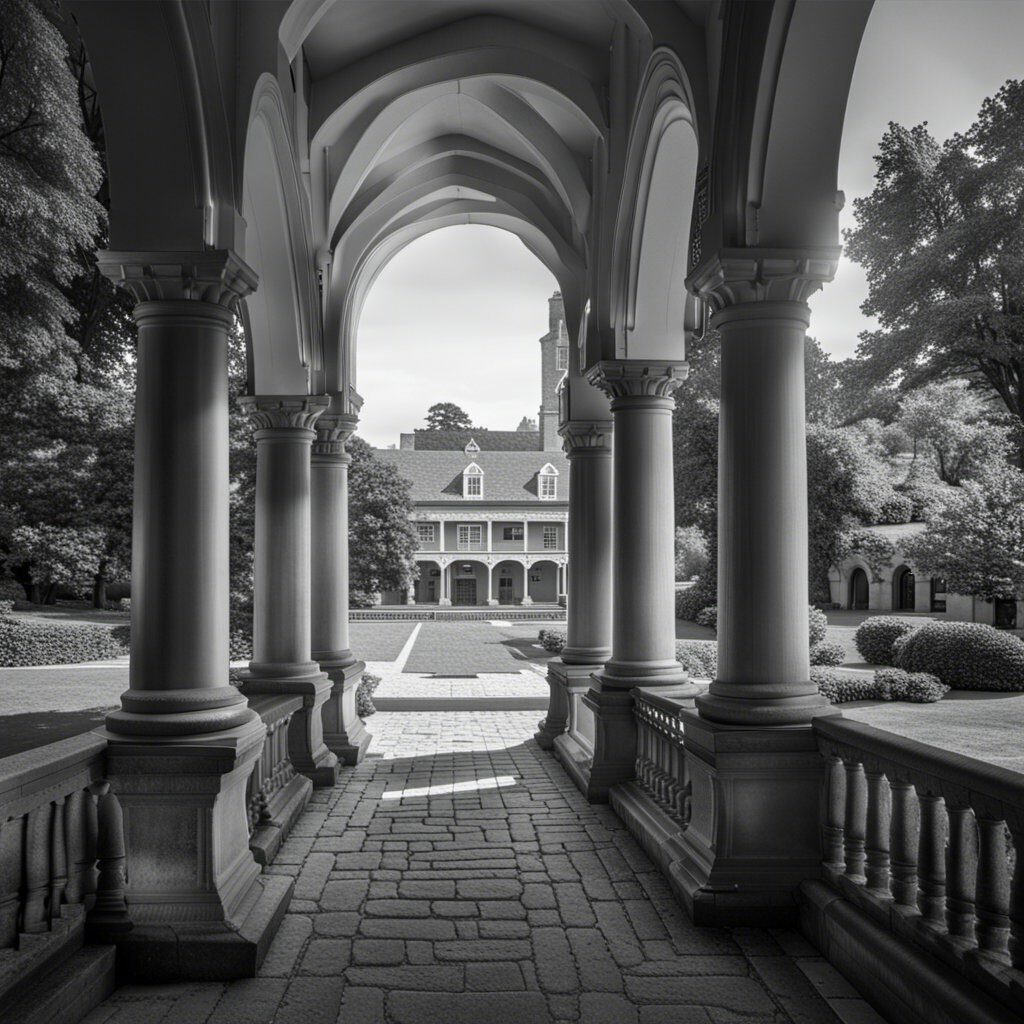
Located in Lancaster County, the Ephrata Cloister is a fascinating historic site that was founded by a religious community in the 1700s. The site features several well-preserved buildings, including a church and a dormitory, that offer a glimpse into the daily lives of the community’s members. You can take a guided tour of the site to learn more about its history and the people who lived there.
Gifford Pinchot House
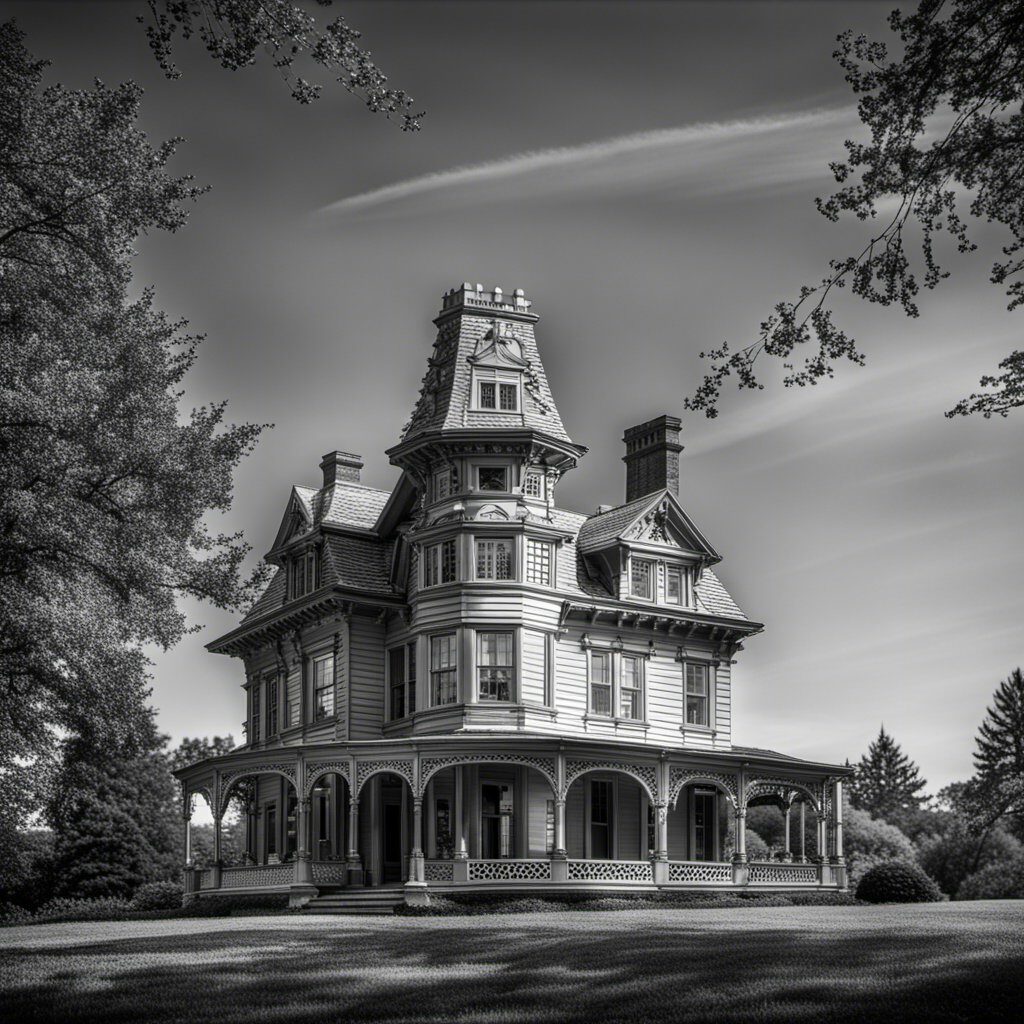
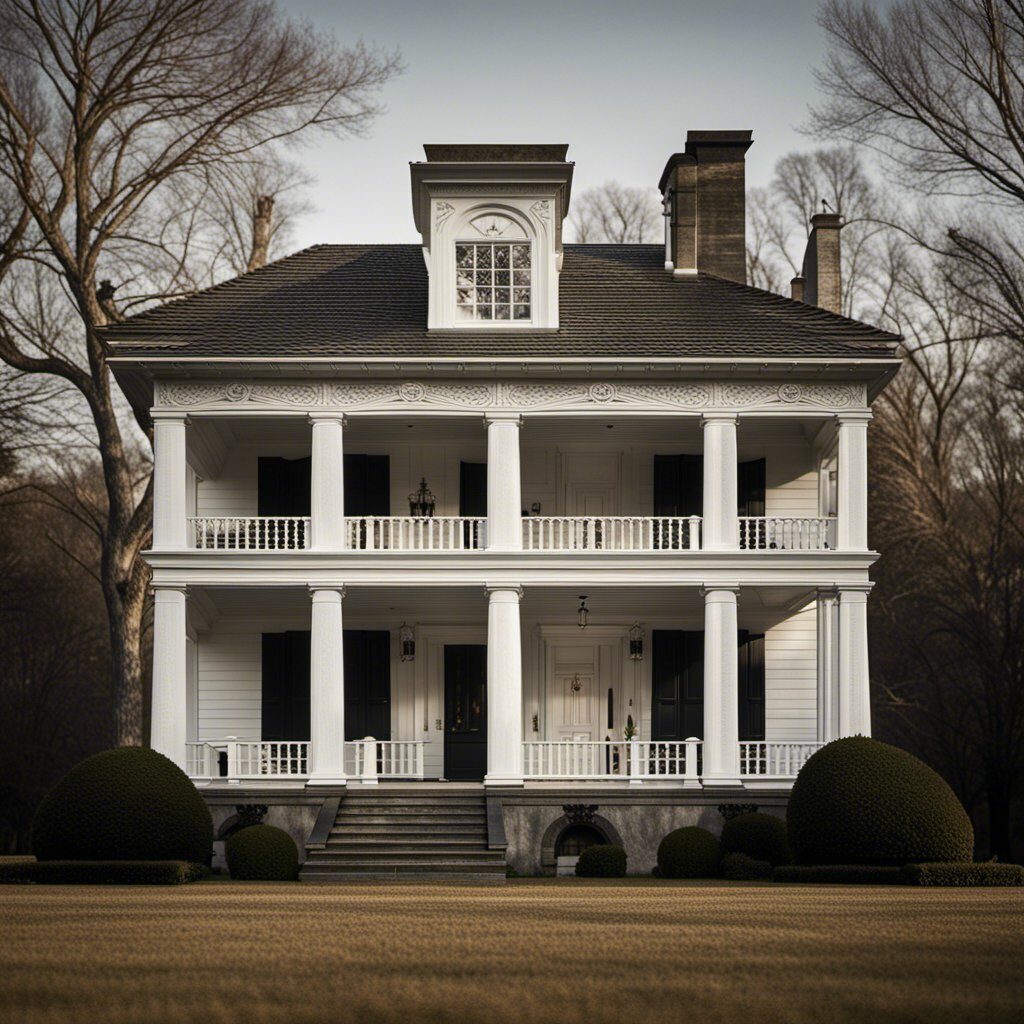
If you’re interested in environmental conservation, you won’t want to miss the Gifford Pinchot House in Milford. This historic site was the home of Gifford Pinchot, the first chief of the U.S. Forest Service and a prominent conservationist. The house has been restored to its early 1900s appearance and features exhibits on Pinchot’s life and work.
Other cities in Pennsylvania also have their fair share of historic sites to visit. In Scranton, you can check out the Anthracite Heritage Museum to learn about the region’s coal mining history. York is home to the Colonial Complex, which features several historic buildings and a museum. And in Bucks County, you can visit the Mercer Museum, which houses a vast collection of tools and artifacts from the 18th and 19th centuries.
If you’re in Bradford or Titusville, be sure to visit the Drake Well Museum, which celebrates Pennsylvania’s oil industry and the birthplace of the modern oil industry. The museum features exhibits on the history of oil drilling, as well as a replica of the first commercial oil well.
No matter where you go in Pennsylvania, you’re bound to find a wealth of historic sites and landmarks to explore. So grab your camera and get ready to step back in time!
Historic Battles and War Sites
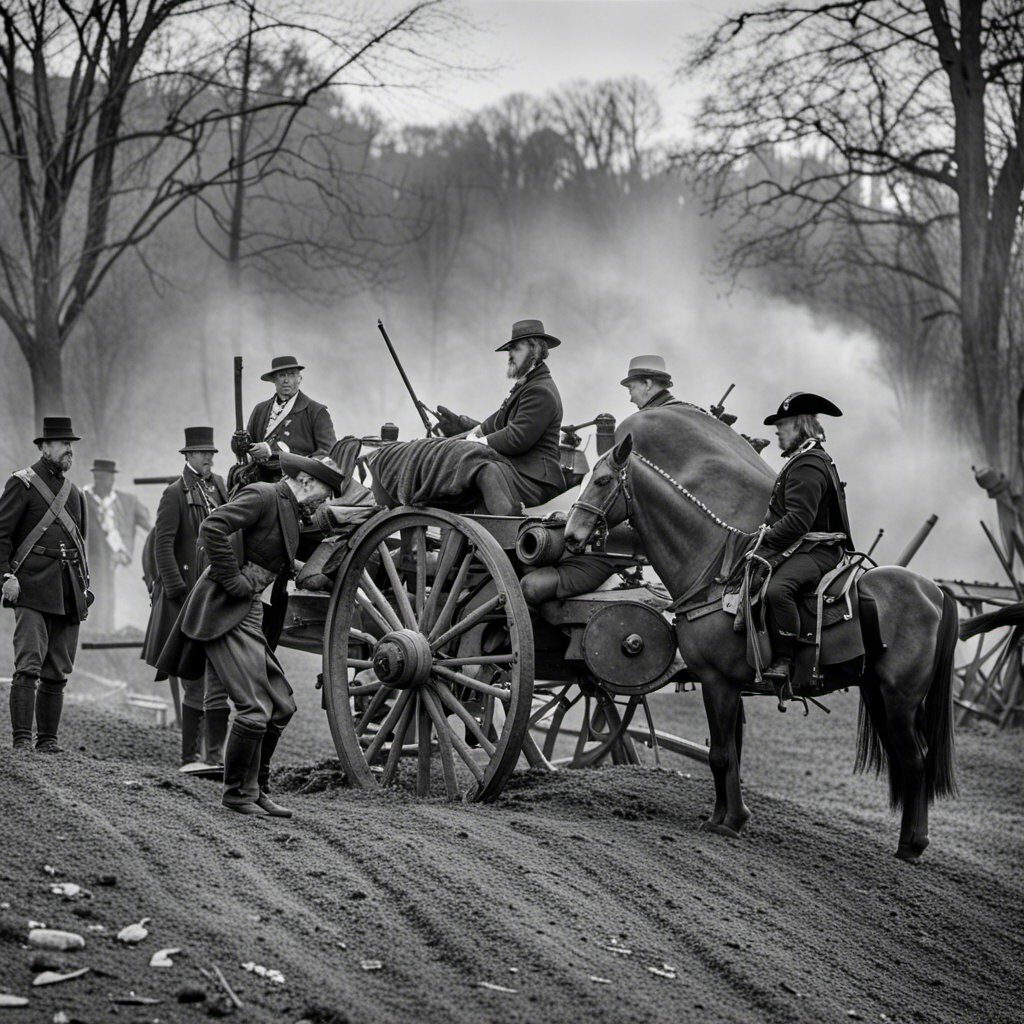
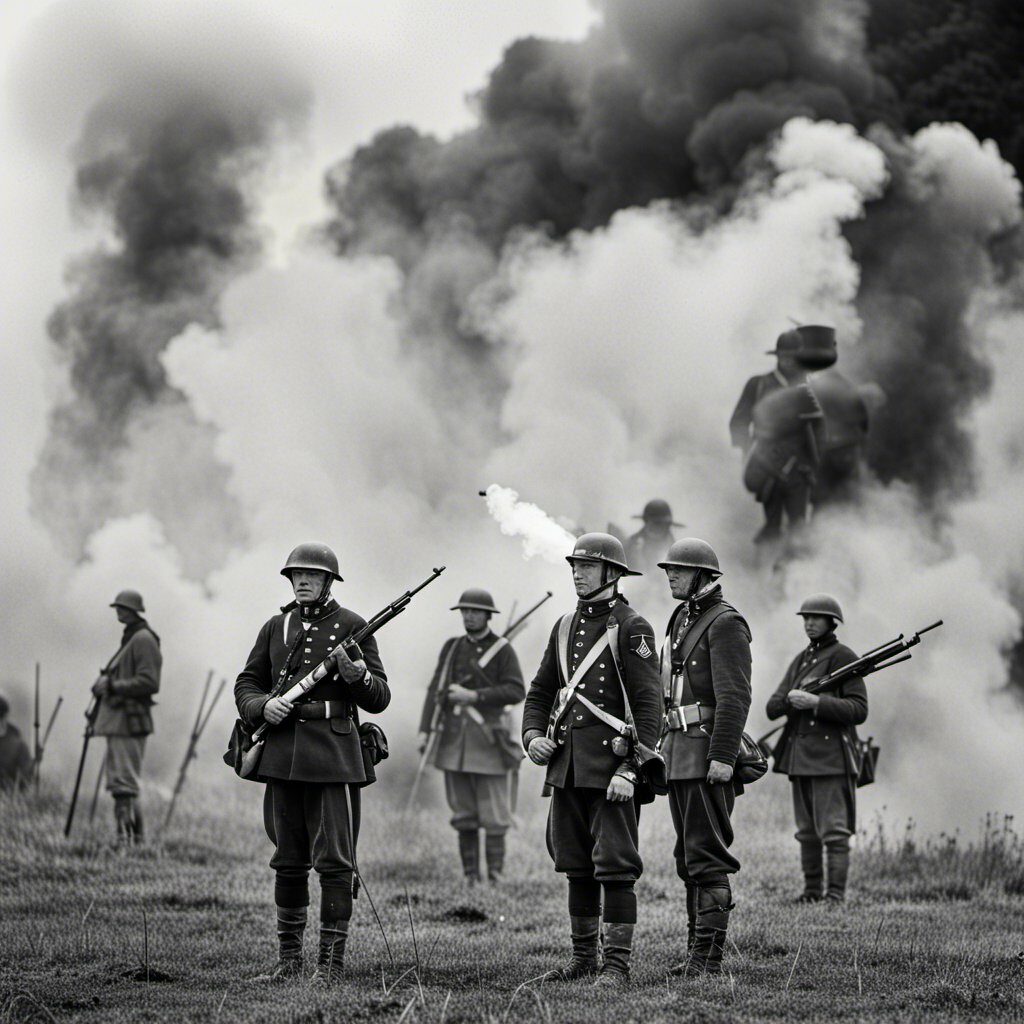
Pennsylvania is home to many historical sites related to the country’s military history. From the French and Indian War to the American Civil War, Pennsylvania has played a significant role in shaping the nation’s history. Here are some of the most famous historic battles and war sites that you can visit in Pennsylvania.
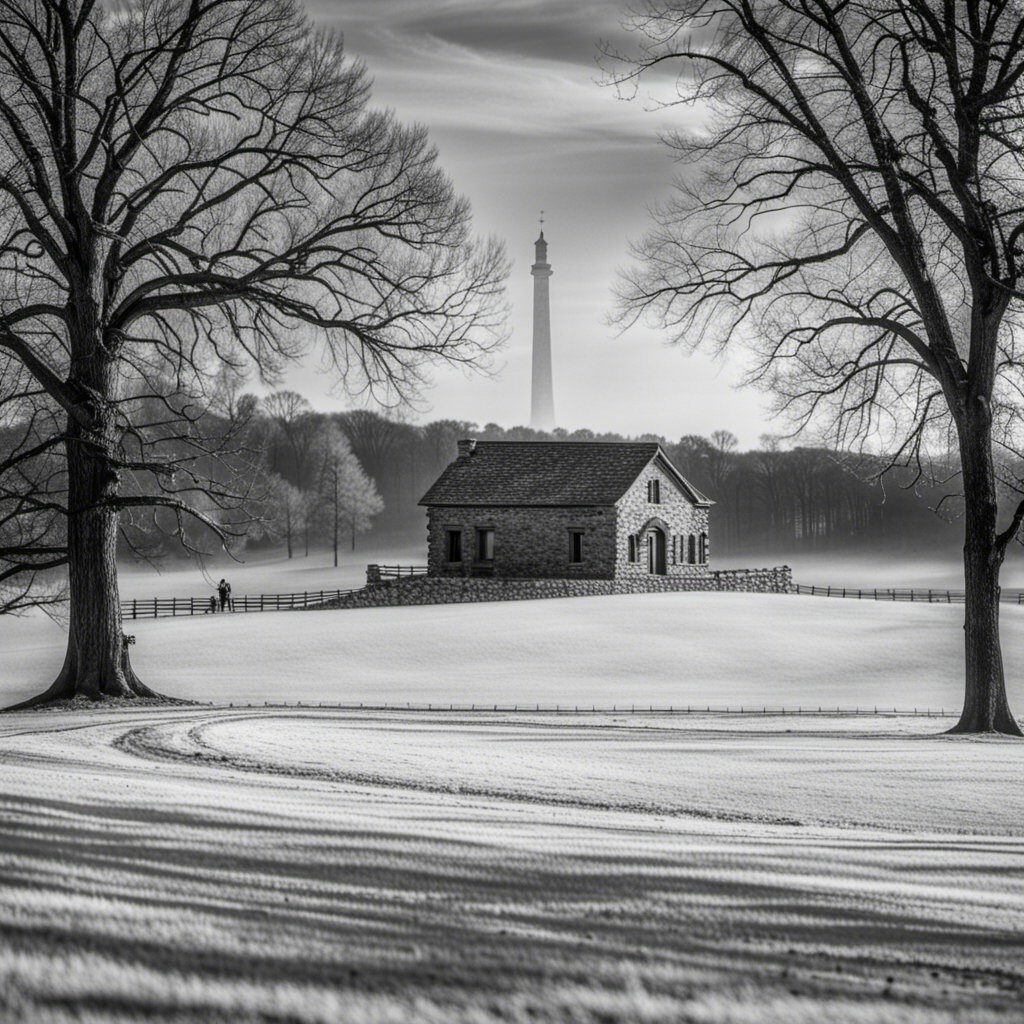
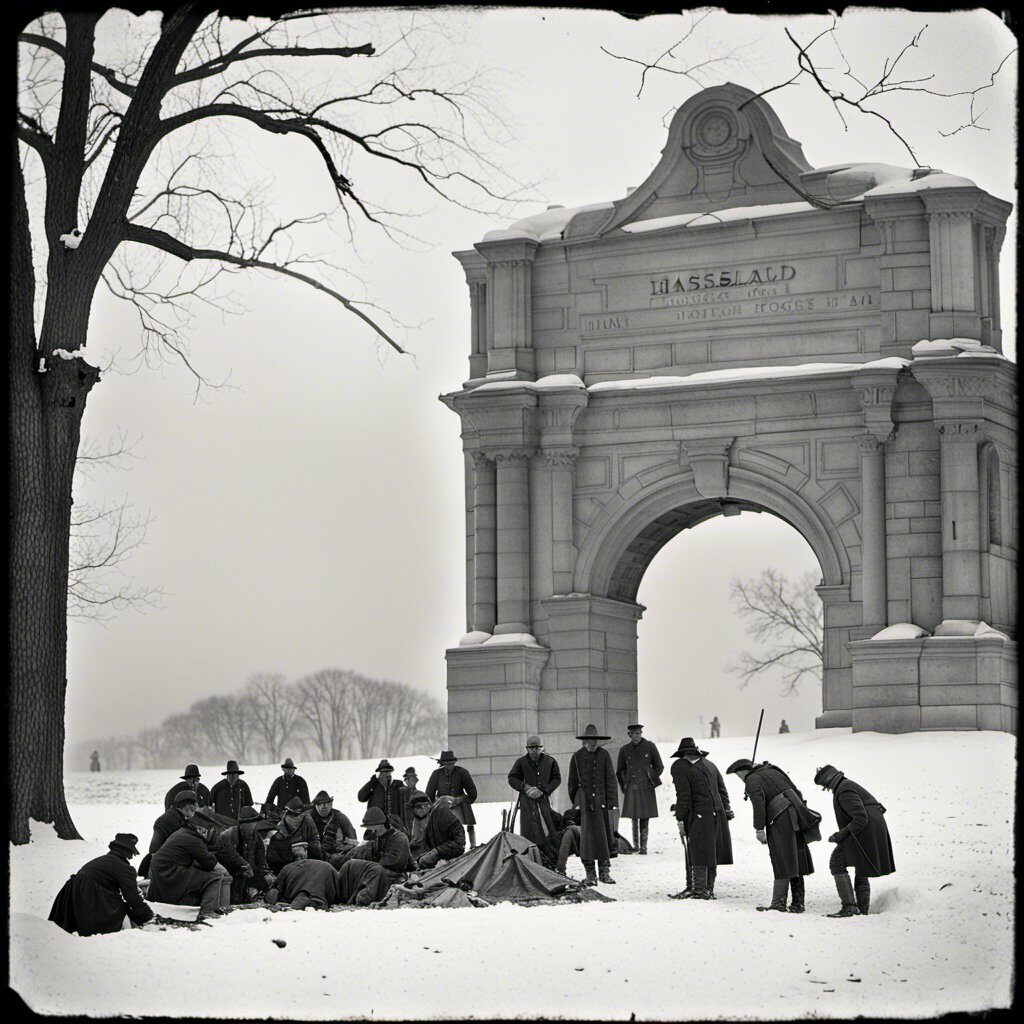
- Valley Forge National Historical Park: This park is located in Valley Forge, and it was the site of the Continental Army’s winter encampment during the Revolutionary War. You can explore the site and learn about the harsh conditions that the soldiers endured during the winter of 1777-1778.
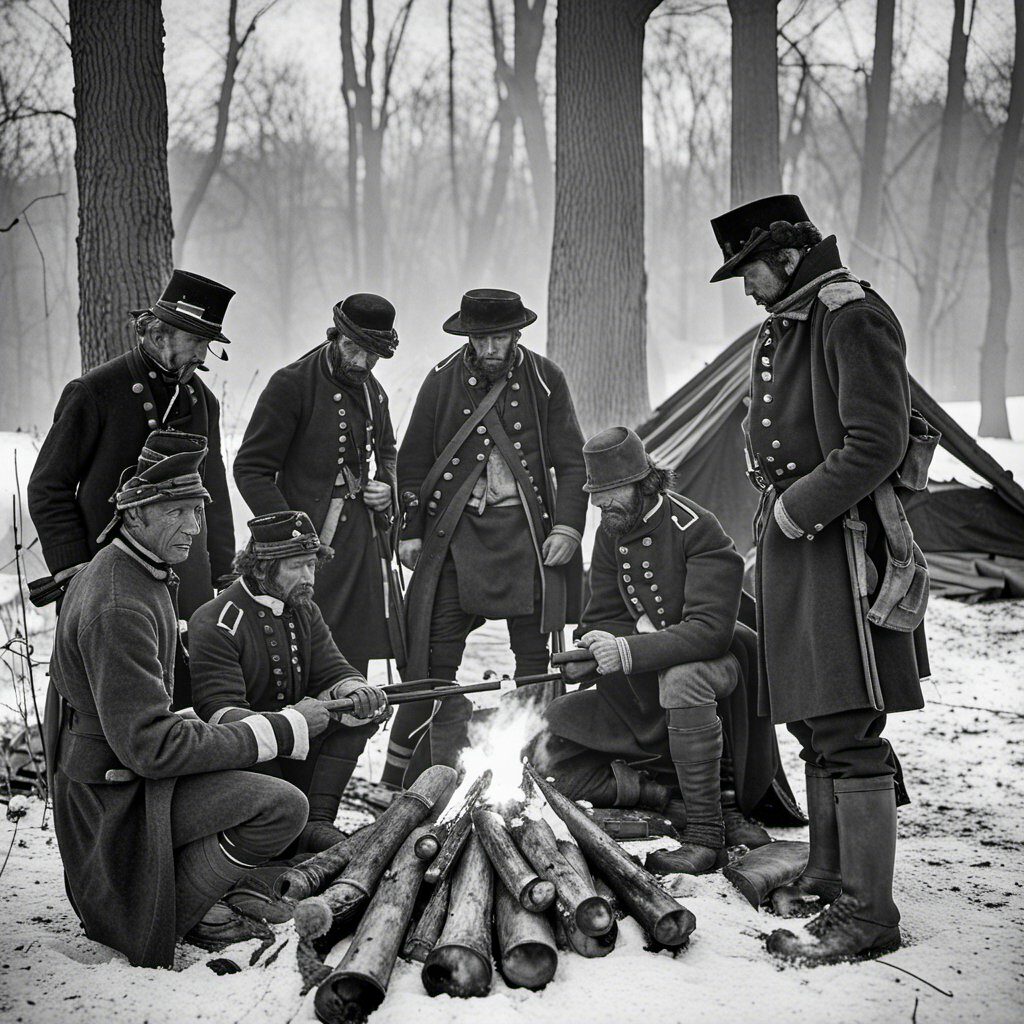
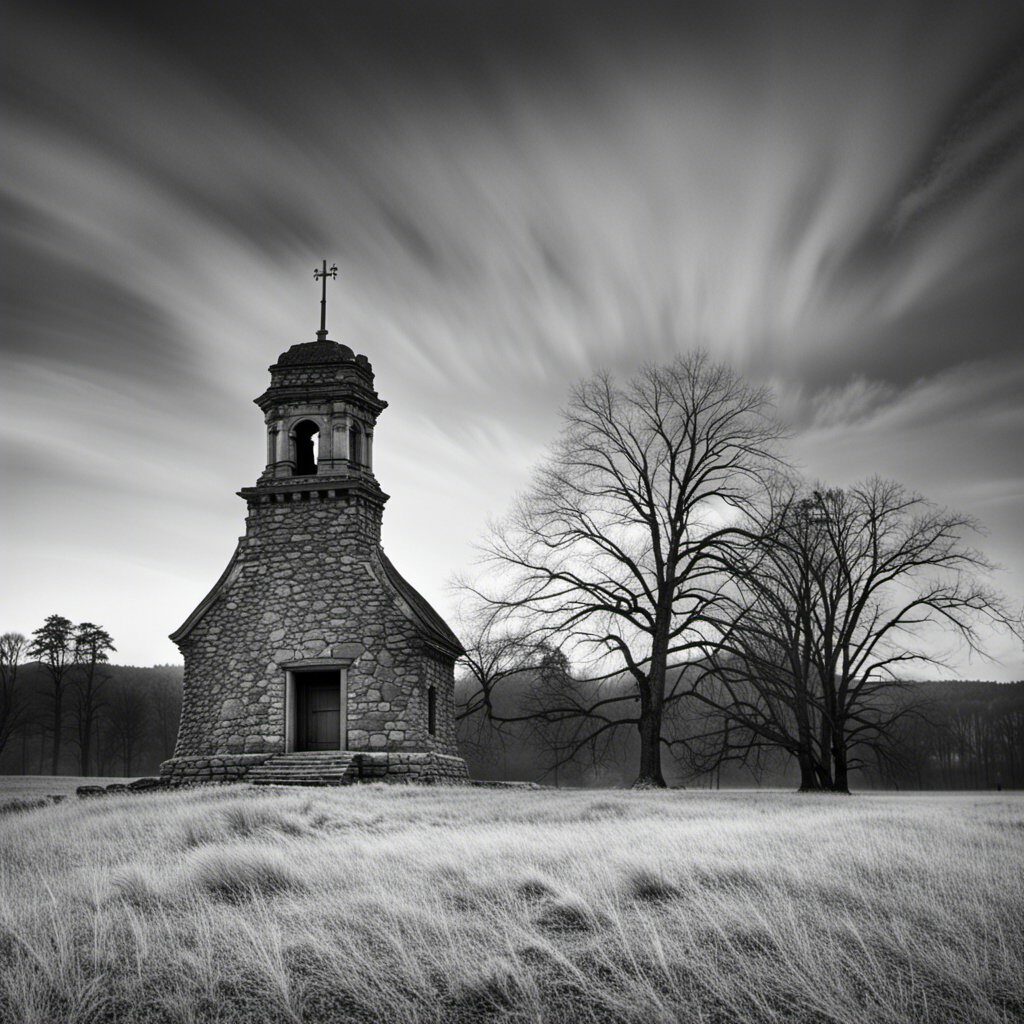
- Gettysburg National Military Park: This park is located in Gettysburg, and it was the site of the bloodiest battle of the Civil War. You can visit the battlefield and see the monuments and memorials that commemorate the soldiers who fought and died there.
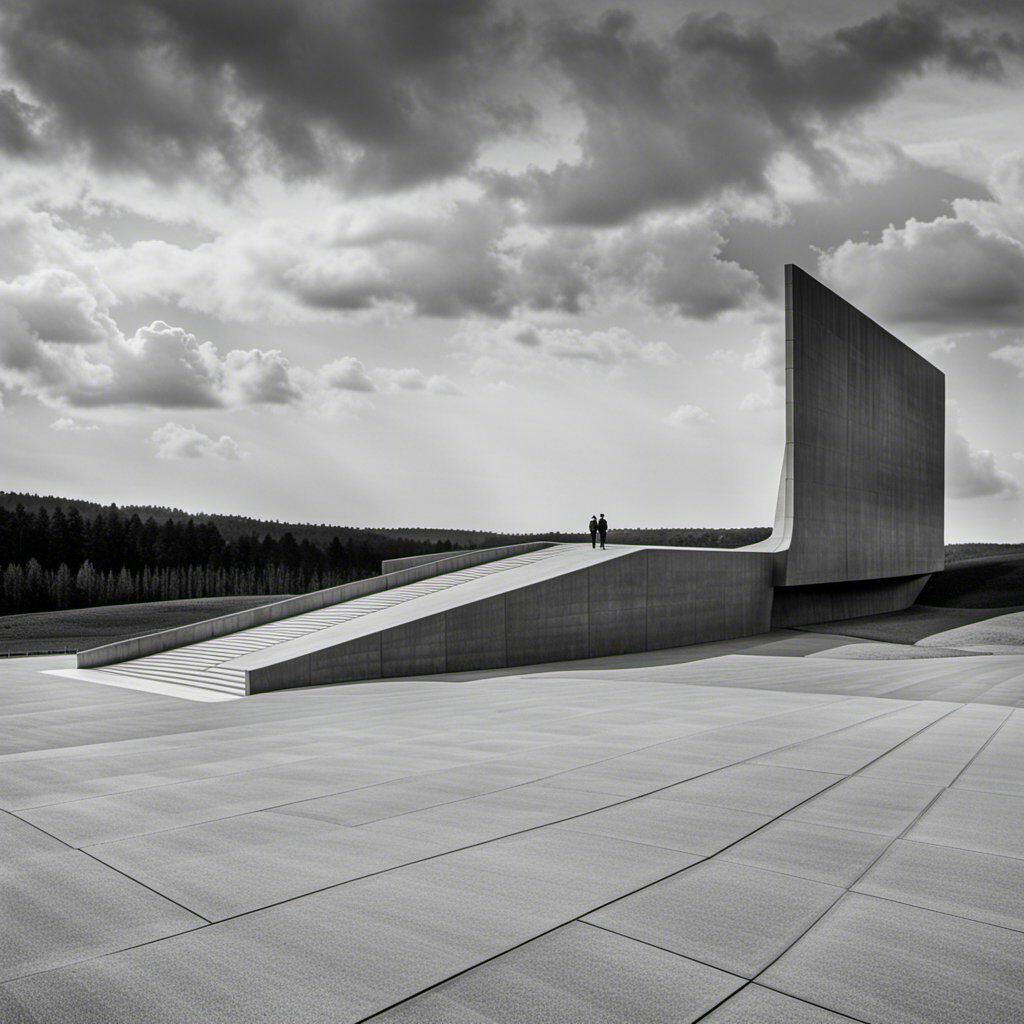
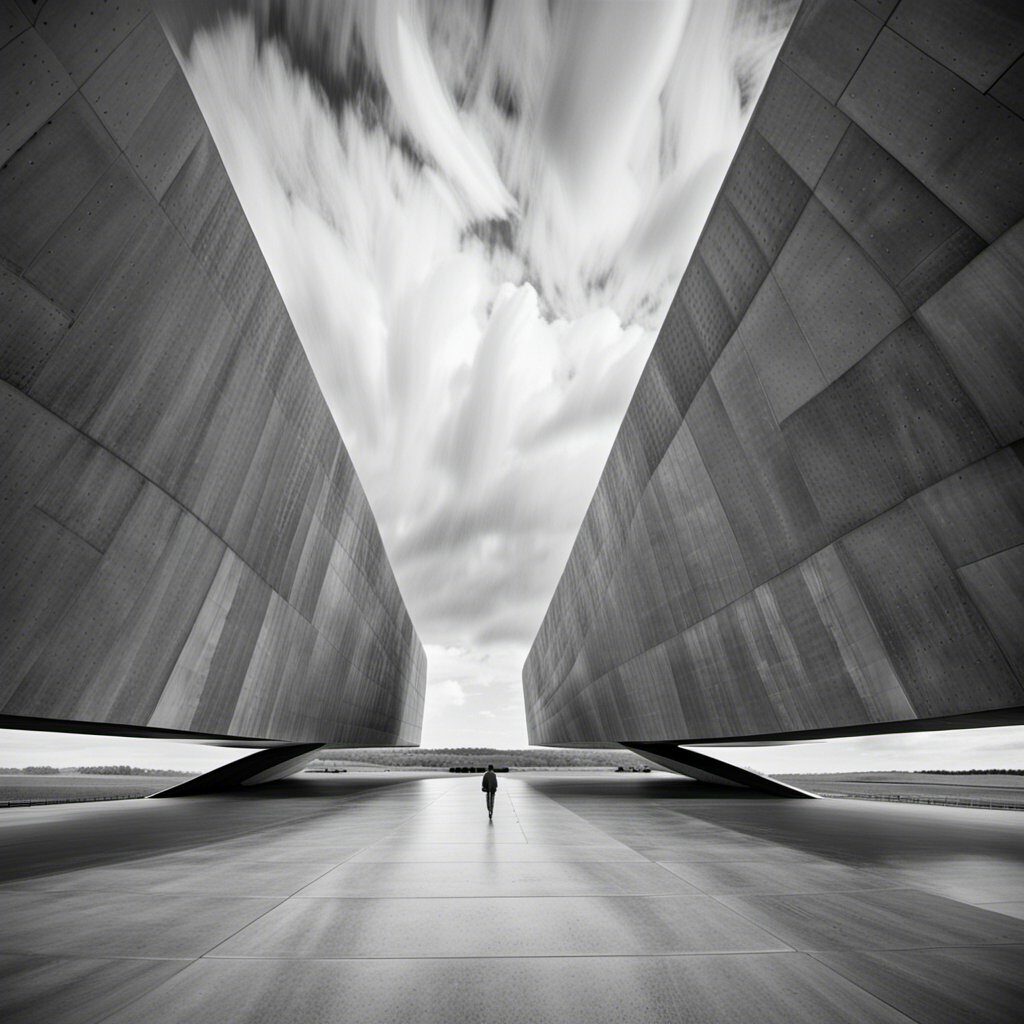
- Flight 93 National Memorial: This memorial is located in Shanksville, and it commemorates the passengers and crew of United Airlines Flight 93, who died during the 9/11 terrorist attacks. You can visit the memorial and pay your respects to the heroes who gave their lives to save others.
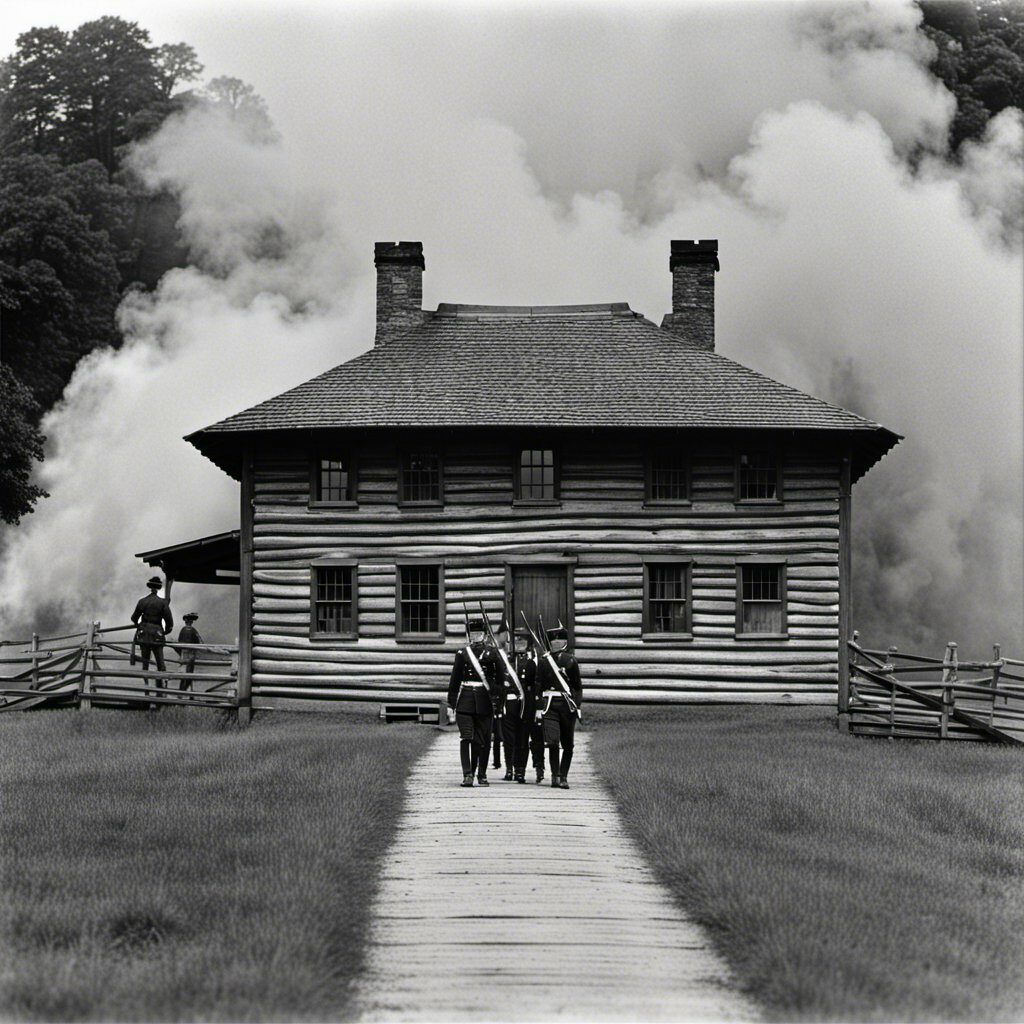
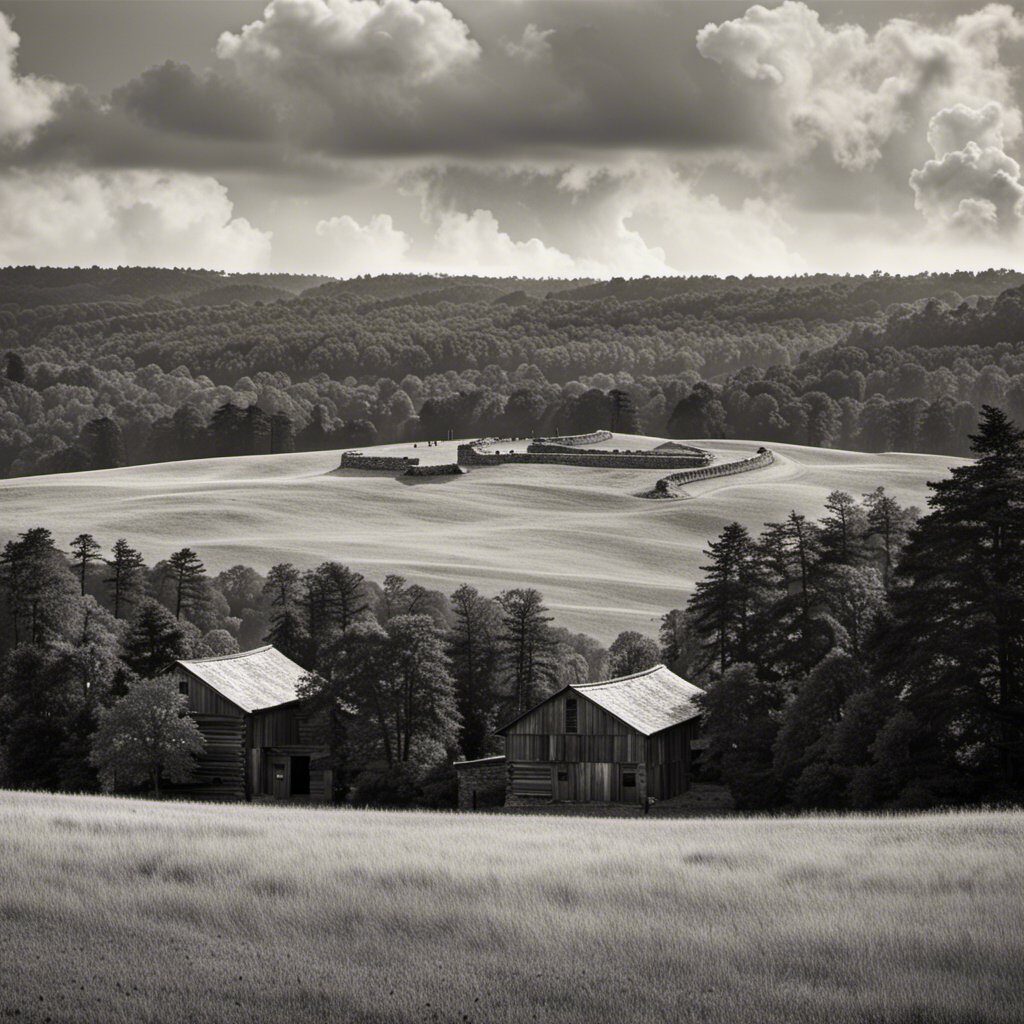
- Fort Necessity National Battlefield: This battlefield is located in Farmington, and it was the site of the first battle of the French and Indian War. You can visit the site and learn about the conflict that eventually led to the American Revolution.
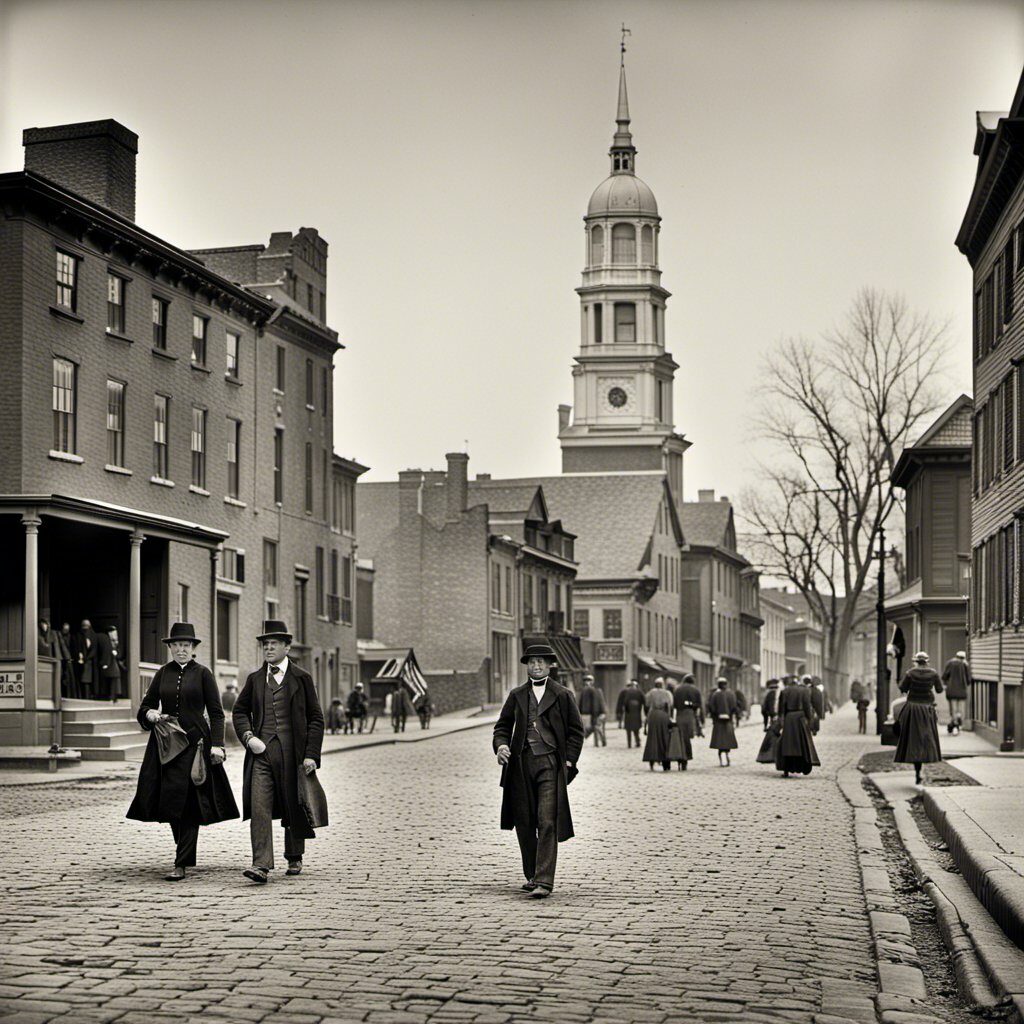
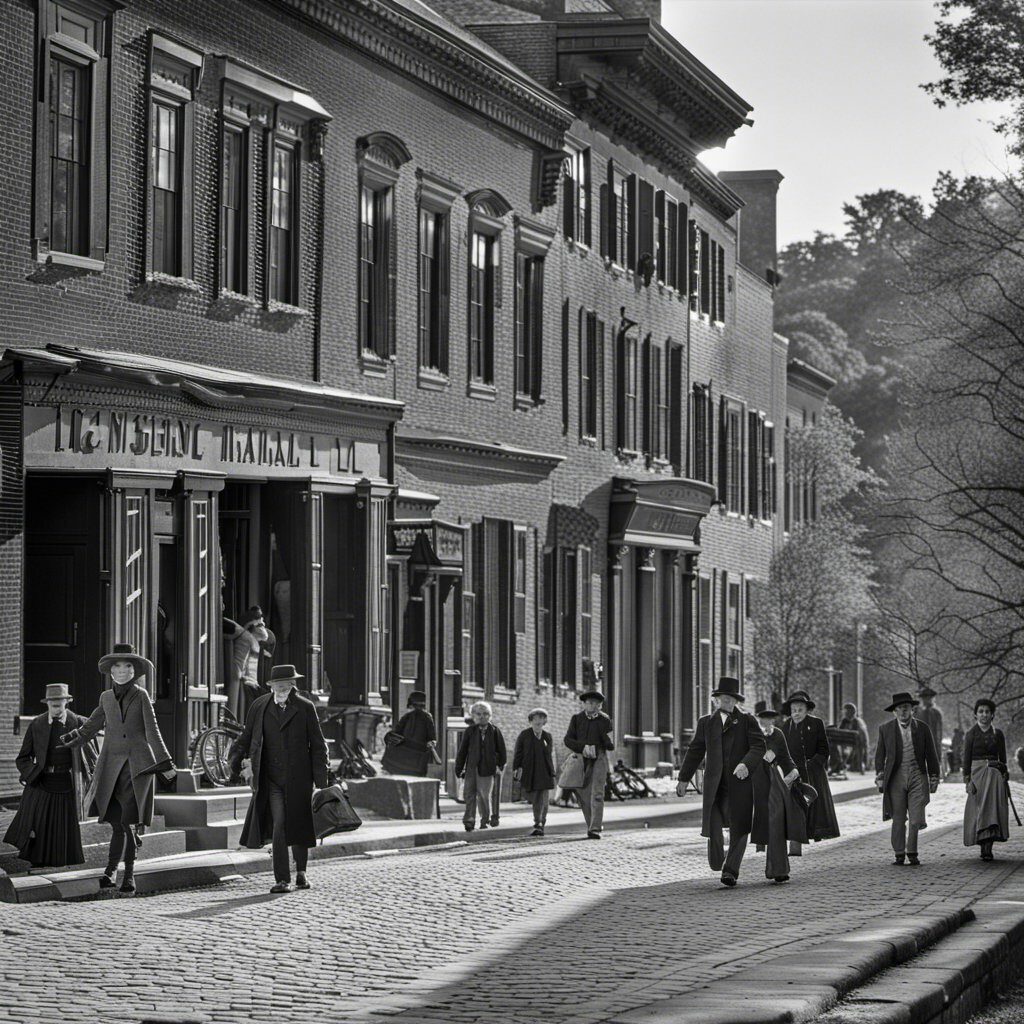
- Independence National Historical Park: This park is located in Philadelphia, and it was the site of the signing of the Declaration of Independence. You can visit Independence Hall and see where the founding fathers debated and signed the document that declared America’s independence from Great Britain.
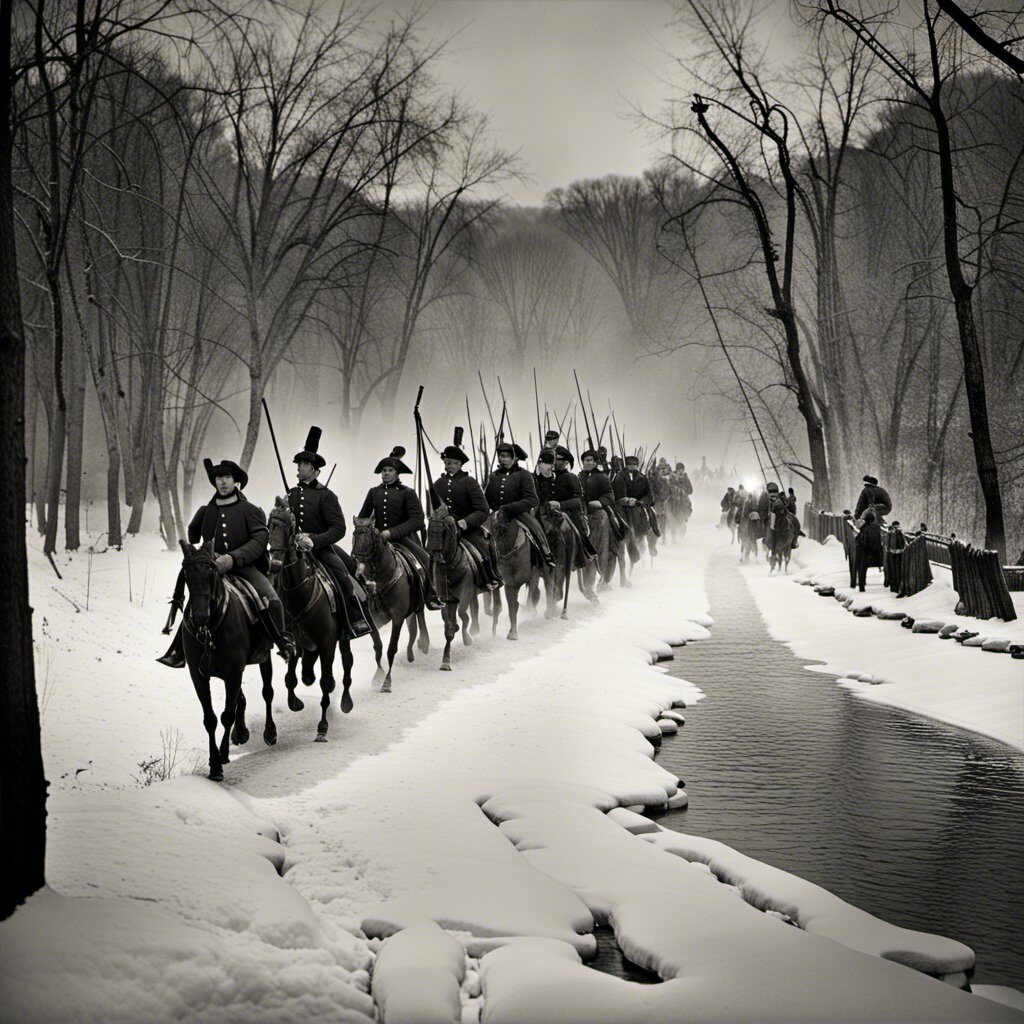
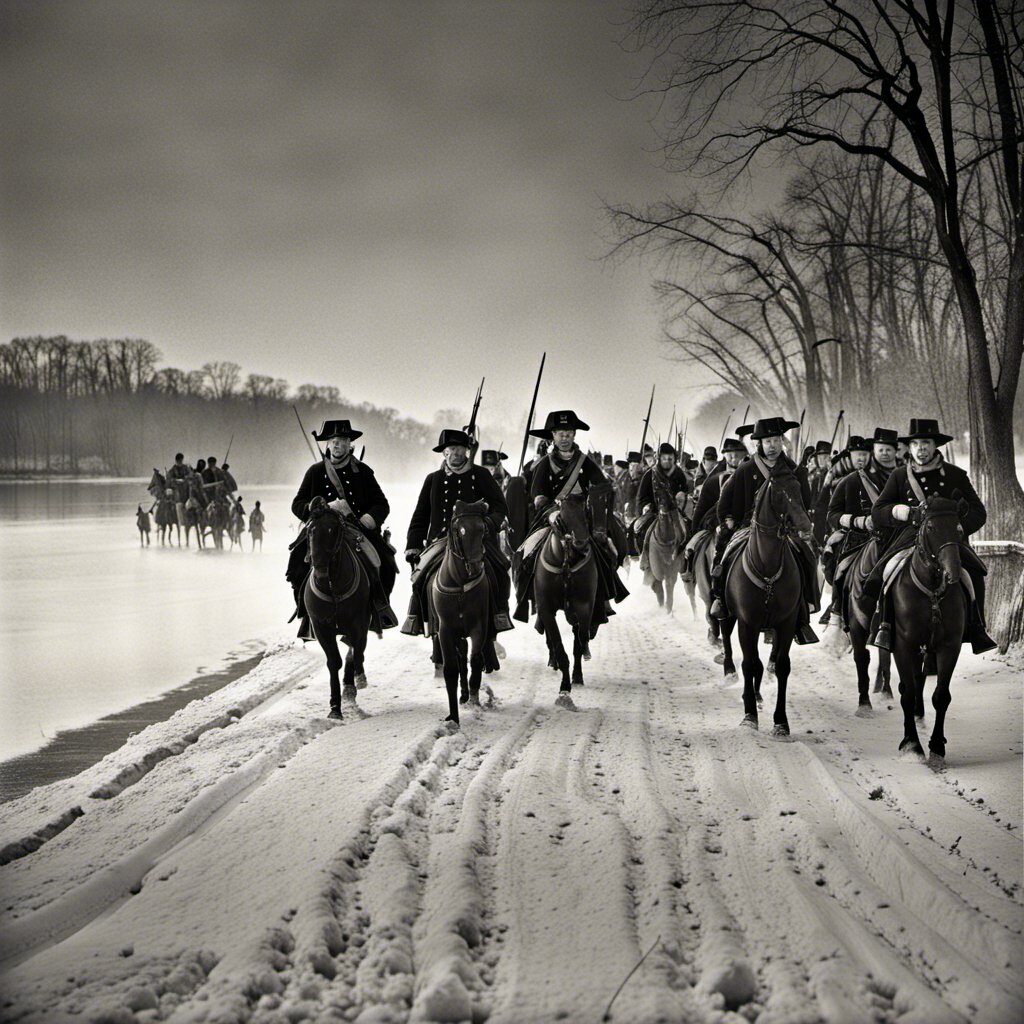
- Washington Crossing Historic Park: This park is located in Washington Crossing, and it was the site of George Washington’s famous crossing of the Delaware River during the Revolutionary War. You can visit the park and see where Washington and his soldiers made history.
Pennsylvania’s historic battles and war sites are a testament to the bravery and sacrifice of the men and women who fought for our country’s freedom. Visiting these sites is an exciting way to learn about the events that shaped America’s history.
Historic Buildings and Architecture
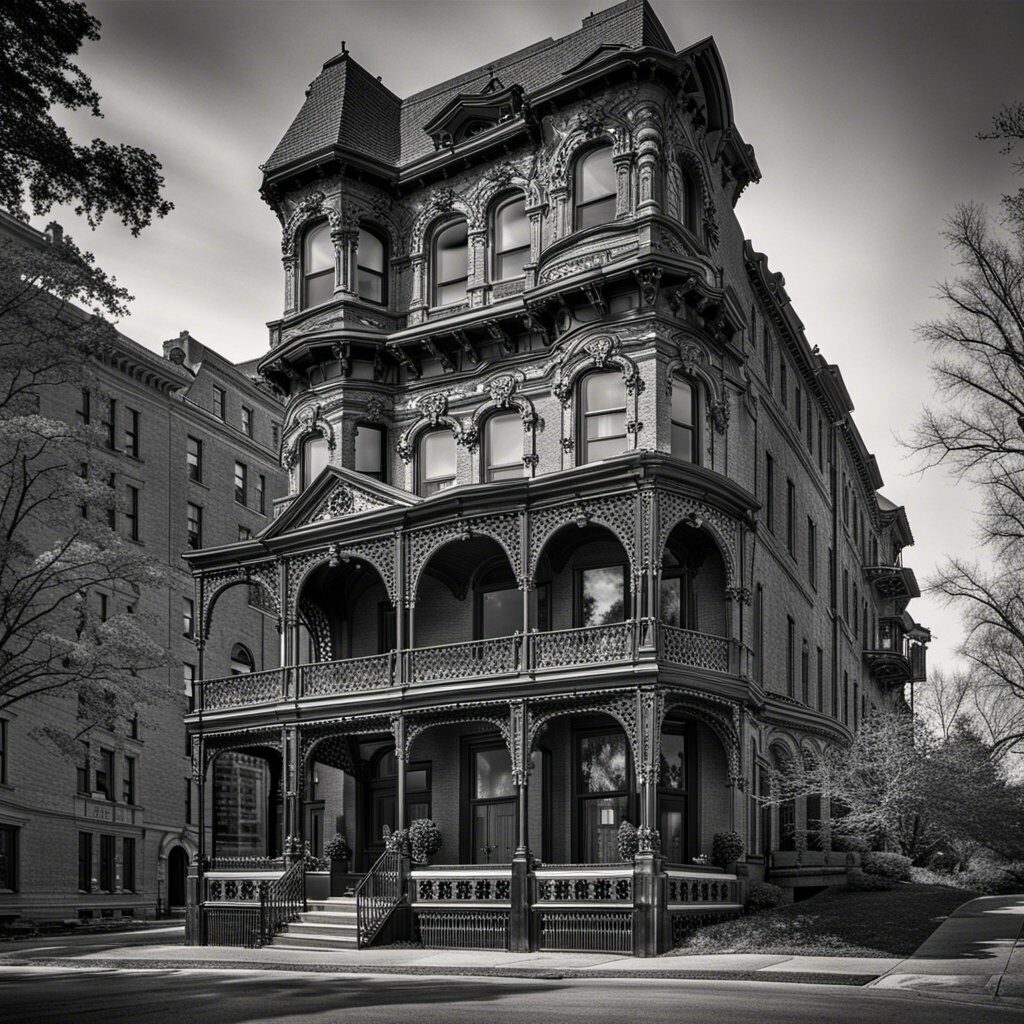
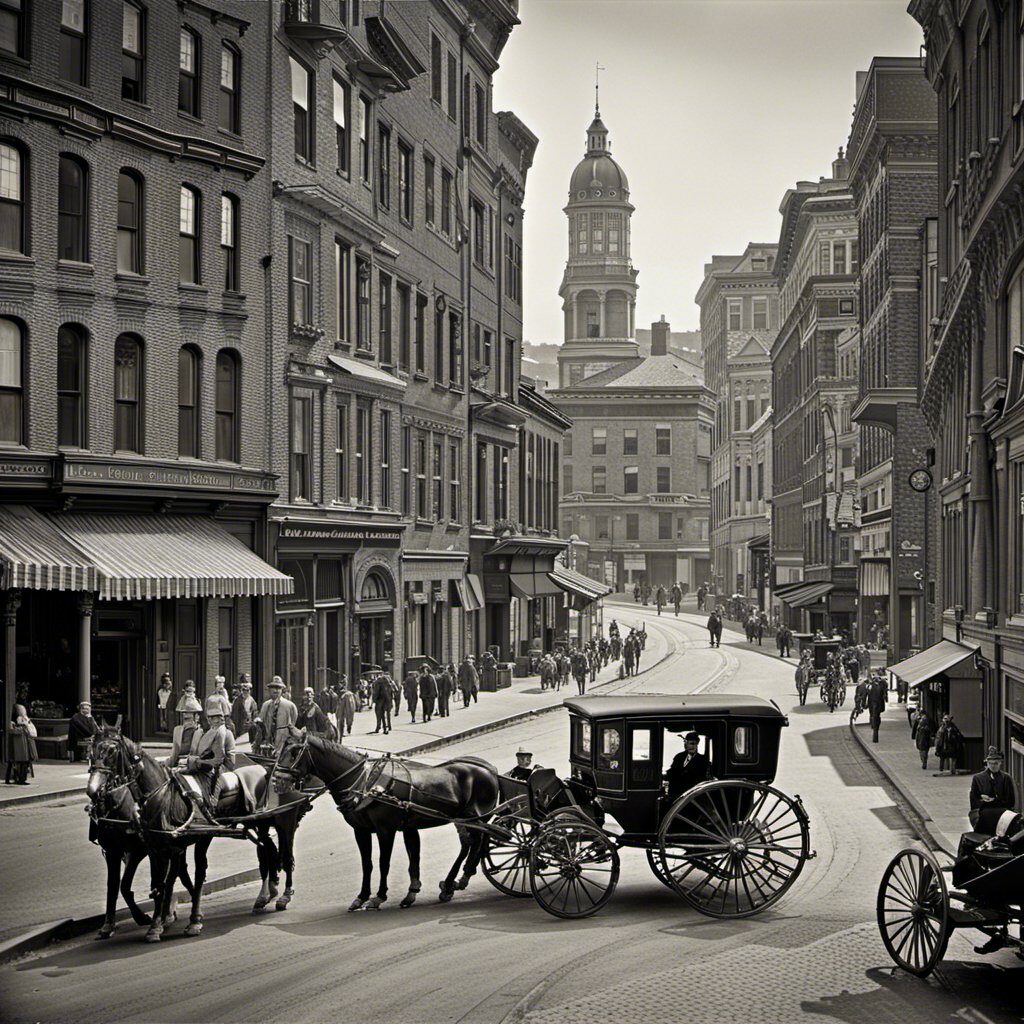
Pennsylvania is home to some of the most impressive architectural marvels in the United States. From Frank Lloyd Wright’s masterpiece Fallingwater to the Pennsylvania State Capitol Complex, the state has a rich architectural heritage that is sure to impress.
One of the most famous examples of Pennsylvania’s architectural prowess is the Fallingwater house, designed by Frank Lloyd Wright. This stunning house is built over a waterfall and is considered one of the most significant architectural achievements of the 20th century. The house is open to the public and offers guided tours that allow you to explore its unique design and breathtaking surroundings.
Another must-see architectural marvel is the Pennsylvania State Capitol. This stunning building was designed by Joseph Miller Huston and completed in 1906. It features a magnificent dome that is inspired by St. Peter’s Basilica in Rome and is considered one of the most beautiful state capitol buildings in the United States. The Pennsylvania State Capitol Complex is also home to numerous other impressive buildings, including the State Museum of Pennsylvania and the Pennsylvania State Archives.
Philadelphia City Hall is another architectural gem that you won’t want to miss. This stunning building was completed in 1901 and is the largest municipal building in the United States. It features an impressive clock tower that is over 500 feet tall and is topped by a statue of William Penn, the founder of Philadelphia.
Pennsylvania is also home to numerous historic churches, schools, and museums that offer a glimpse into the state’s rich architectural heritage. The Museum of Pennsylvania is a must-visit for anyone interested in the state’s history and features exhibits on everything from the American Revolution to the Civil War.
In conclusion, Pennsylvania’s historic buildings and architecture are a testament to the state’s rich history and cultural heritage. Whether you’re interested in Frank Lloyd Wright’s Fallingwater or the Pennsylvania State Capitol Complex, there’s something for everyone to enjoy. So, what are you waiting for? Start planning your trip to Pennsylvania today and experience the state’s architectural marvels for yourself!
Historic Figures and Their Impact
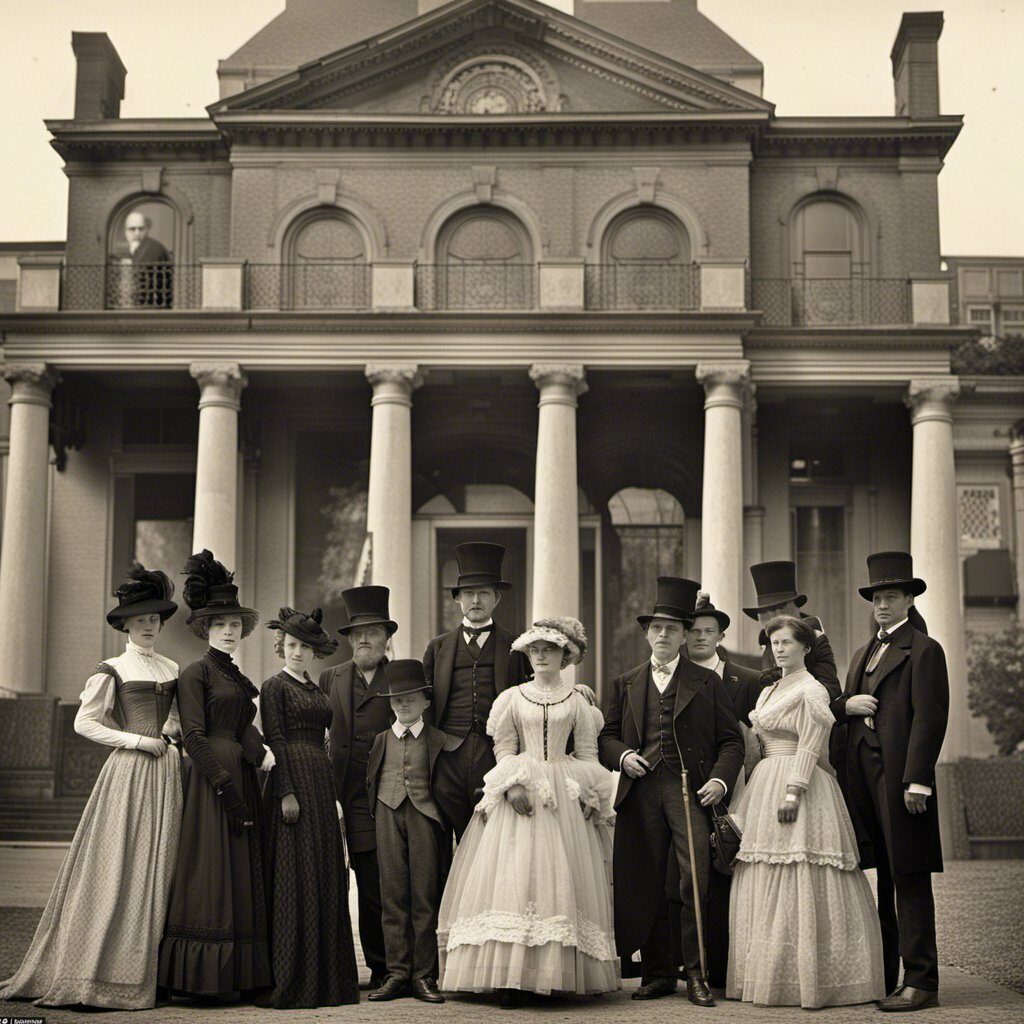
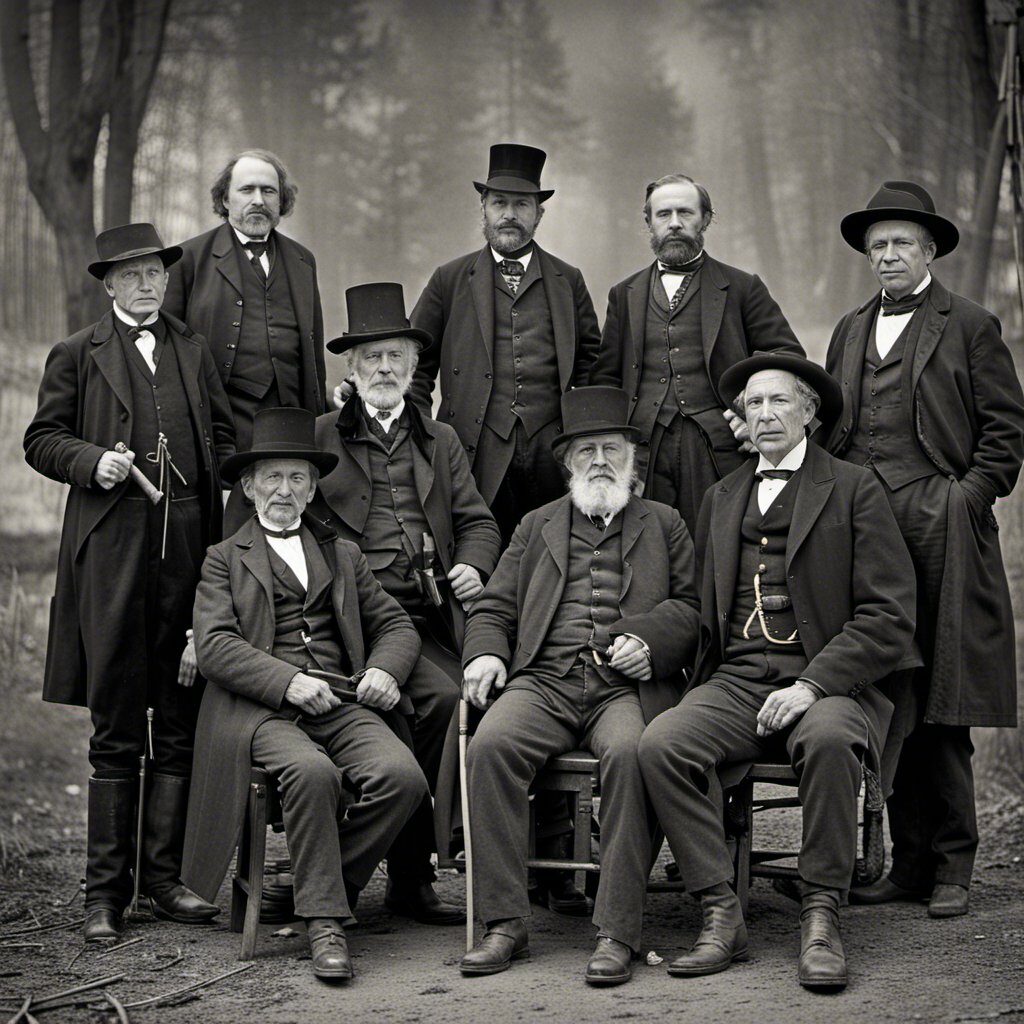
Pennsylvania has been home to many historic figures who have made significant contributions to the state and the country as a whole. From political leaders to entrepreneurs, their impact is still felt today.
One of the most famous figures in American history is George Washington. He led the Continental Army to victory in the Revolutionary War and later became the first President of the United States. Washington’s impact on Pennsylvania is significant, as he fought several battles in the state, including the Battle of Brandywine and the Battle of Germantown.
Another historic figure with ties to Pennsylvania is Al Capone. Although he was born in New York City, Capone spent time in Philadelphia and had connections to organized crime in the city. Capone’s influence on the state is still felt today, as his legacy is often associated with the Prohibition era and the rise of organized crime in America.
Abraham Lincoln is another historic figure who left his mark on Pennsylvania. He delivered the Gettysburg Address during the Civil War, which is still remembered as one of the most significant speeches in American history. Lincoln’s impact on Pennsylvania is evident in the many monuments and memorials dedicated to him throughout the state.
Milton Hershey is another historic figure with a significant impact on Pennsylvania. He founded the Hershey Chocolate Company, which became one of the largest chocolate manufacturers in the world. Hershey’s legacy is still felt today, as the town he founded, Hershey, Pennsylvania, is home to many attractions, including Hersheypark and the Hershey’s Chocolate World.
Finally, Milton S. Hershey, the founder of the Milton Hershey School, also left a significant impact on Pennsylvania. The school, which provides education and support to underprivileged children, is still in operation today and has helped thousands of students over the years.
Overall, these historic figures have played a crucial role in shaping Pennsylvania’s history and have left a lasting impact on the state.
Educational and Cultural Experiences
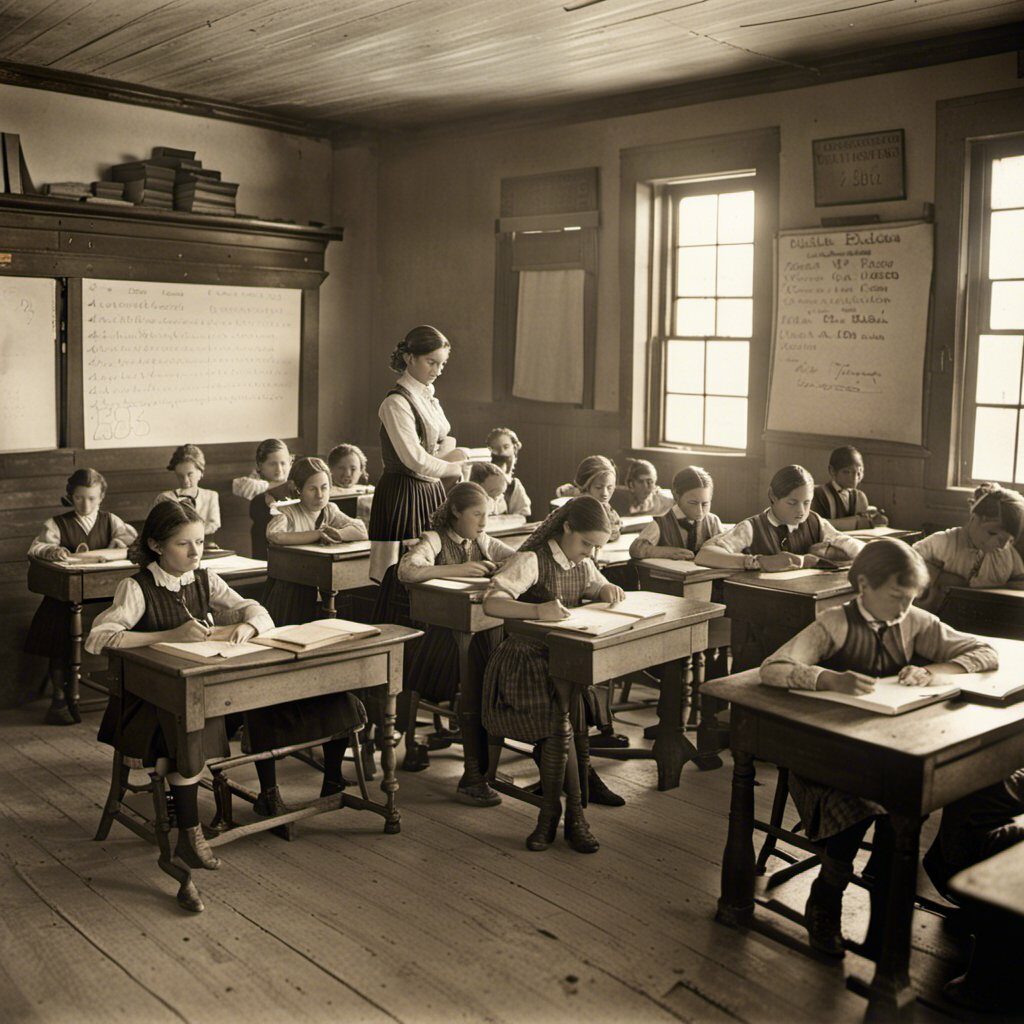
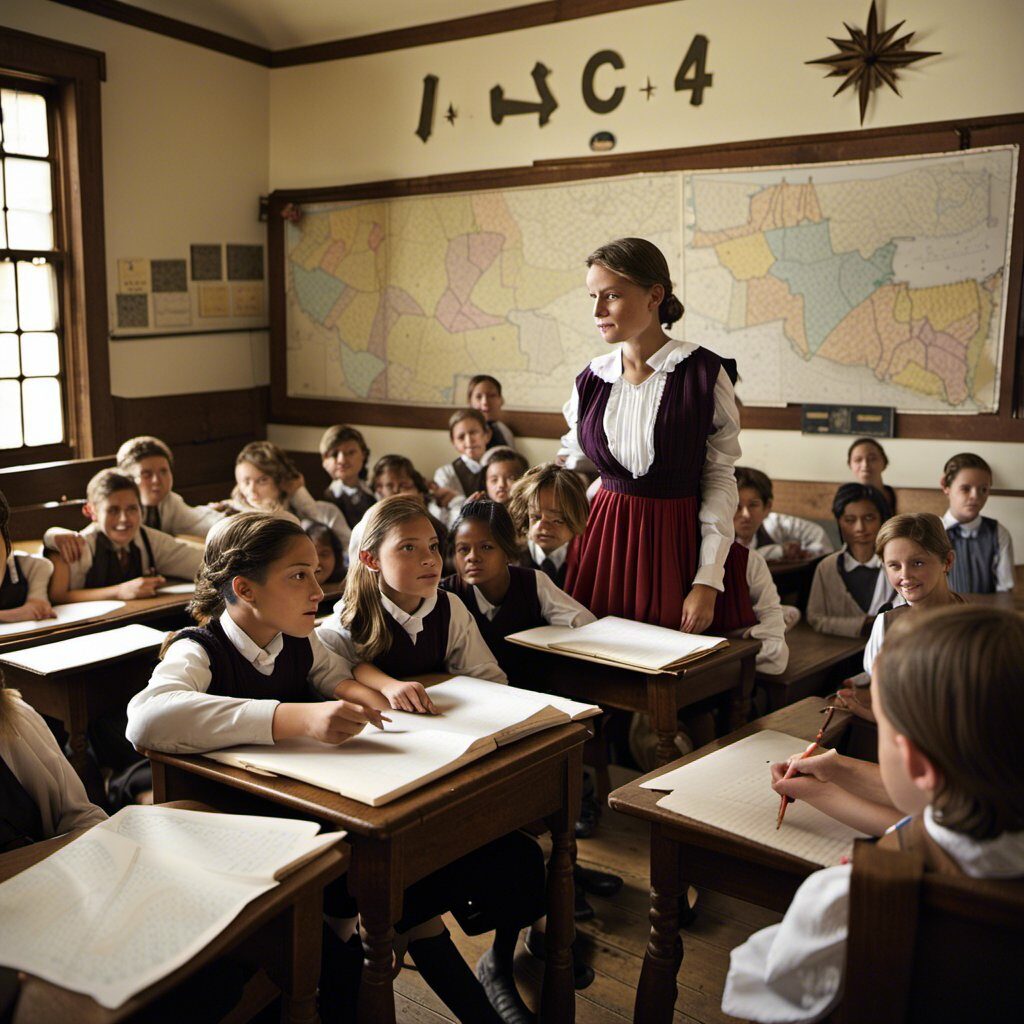
You’ll find a wealth of educational and cultural experiences in Pennsylvania. From museums to guided tours, there’s something for everyone.
The Pennsylvania Historical and Museum Commission (PHMC) oversees a variety of historic sites and museums throughout the state. These sites offer a glimpse into Pennsylvania’s rich history, including the state’s role in the American Revolution, the Underground Railroad, and the Industrial Revolution.
If you’re interested in learning more about Pennsylvania’s industrial heritage, be sure to check out the Industrial Heritage Trail. This trail takes you through some of the state’s most important industrial sites, including the Bethlehem Steel Plant and the Anthracite Heritage Museum.
For a more interactive experience, consider taking a guided tour. There are a variety of tours available throughout the state, including walking tours of historic neighborhoods, ghost tours, and even food tours.
If you’re interested in art, be sure to visit the Philadelphia Museum of Art. This world-renowned museum features an extensive collection of American and European art, including works by Vincent van Gogh, Pablo Picasso, and Salvador Dali.
For a more outdoorsy experience, head to Valley Forge National Historical Park. This park offers stunning views of the surrounding countryside and is home to a number of historic sites, including the site of George Washington’s winter encampment.
And if you’re looking for a more relaxed experience, consider visiting Longwood Gardens. This stunning garden features over 1,000 acres of beautiful flowers, fountains, and sculptures.
Overall, Pennsylvania offers a wealth of educational and cultural experiences for visitors of all ages. Whether you’re interested in history, art, or the great outdoors, there’s something for everyone.
Natural Wonders and Landscapes
Pennsylvania is home to a stunning array of natural wonders and landscapes that will leave you in awe. From majestic mountains to tranquil lakes, there is something for everyone to enjoy. Here are some of the must-see natural wonders and landscapes in Pennsylvania:
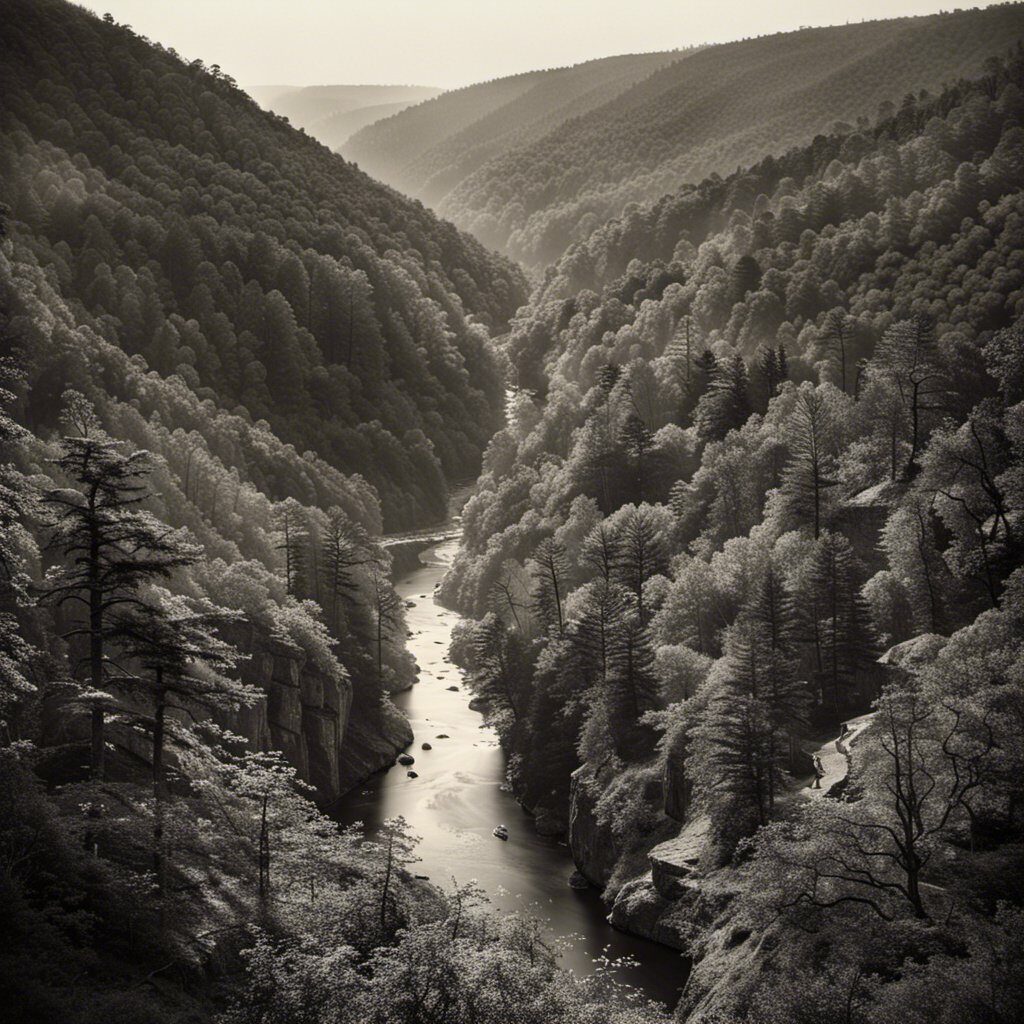
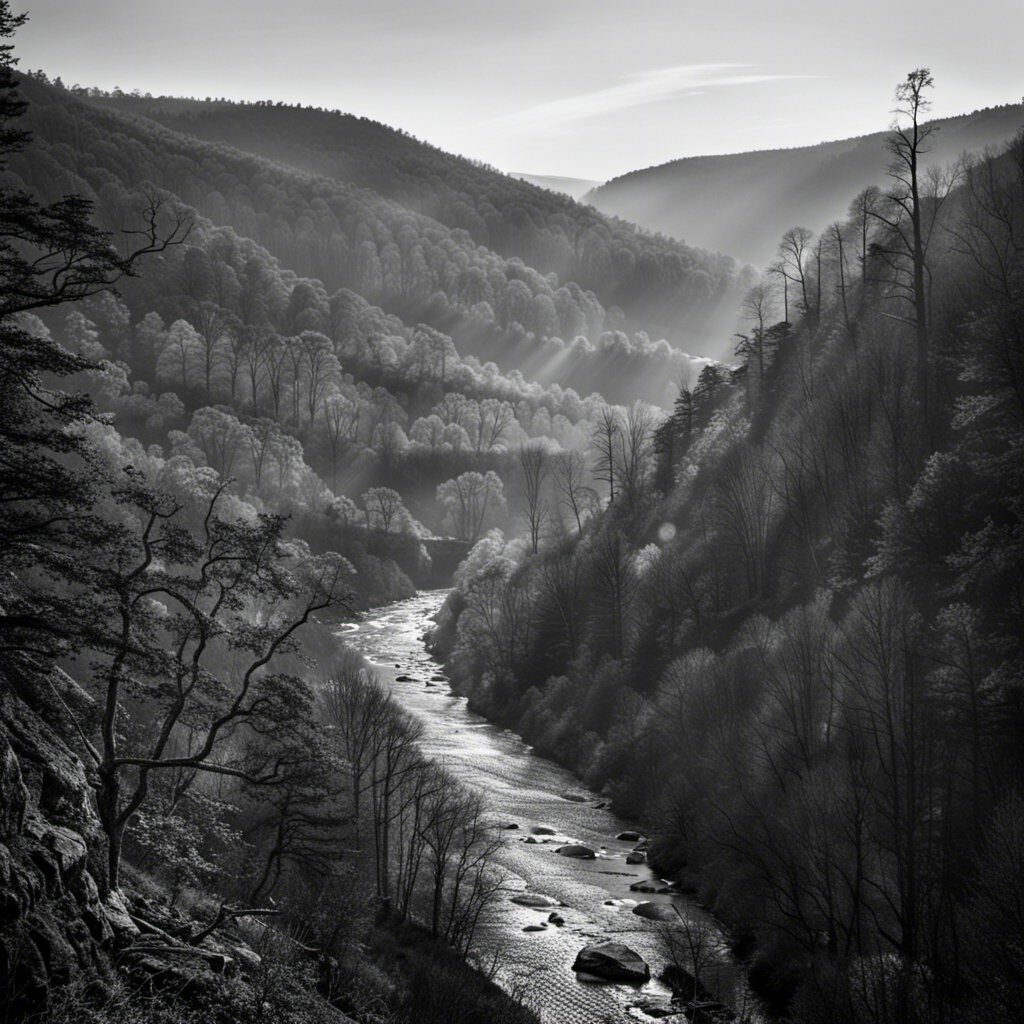
- Pine Creek Gorge: Also known as the Grand Canyon of Pennsylvania, Pine Creek Gorge is a 47-mile-long gorge that is a result of glacial melting. The gorge is a popular destination for hikers and offers stunning views of the surrounding wilderness. Be sure to check out the Leonard Harrison and Colton Point State Parks for the best views.
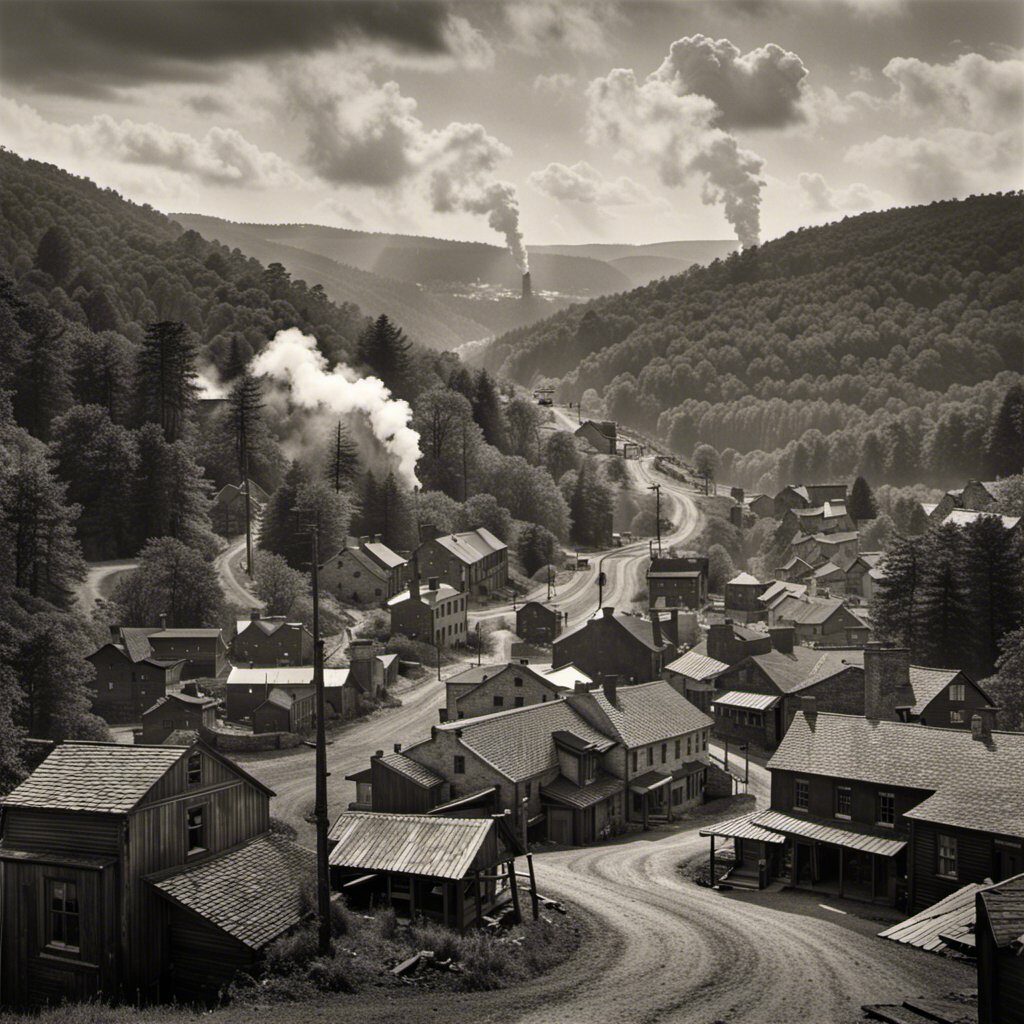
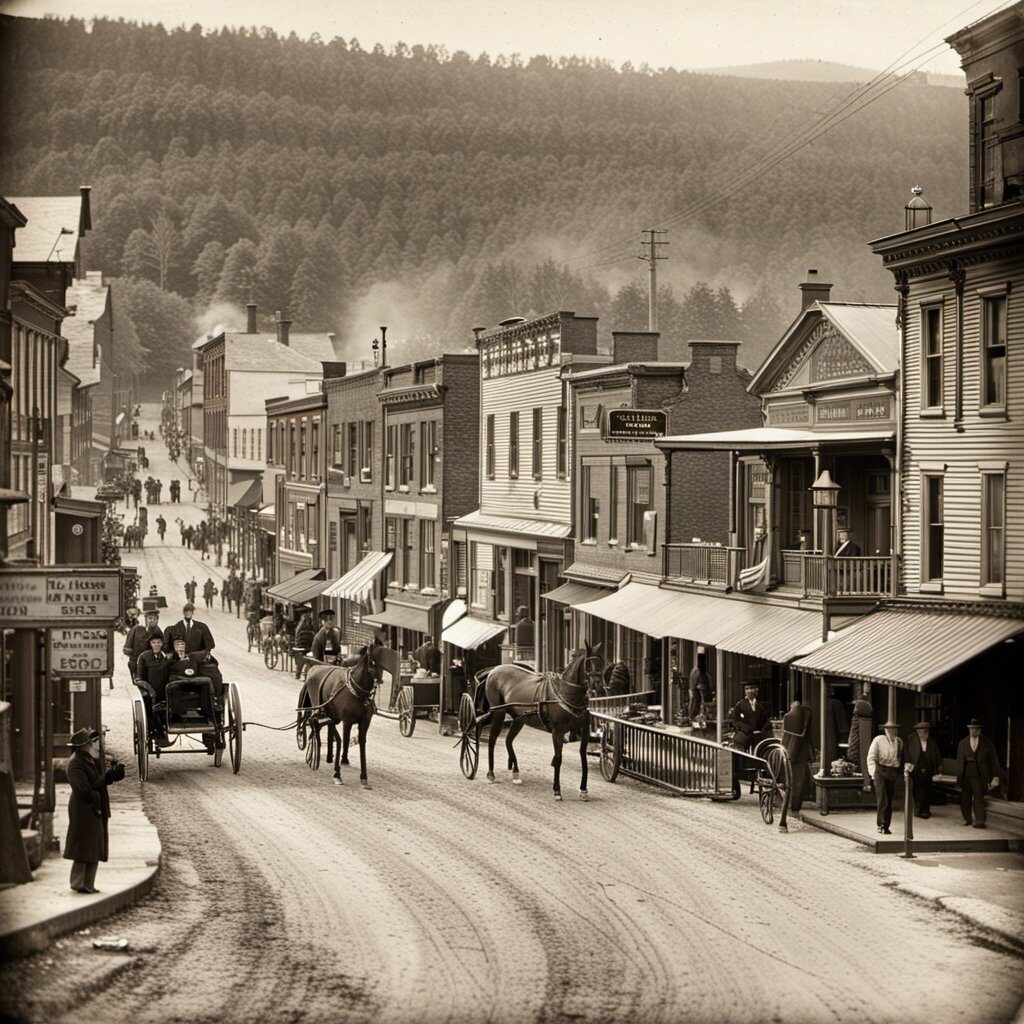
- Laurel Highlands: Located in southwestern Pennsylvania, the Laurel Highlands are a beautiful mountain range that is home to several state parks, including Ohiopyle State Park. The area is known for its scenic hiking trails, waterfalls, and stunning fall foliage.
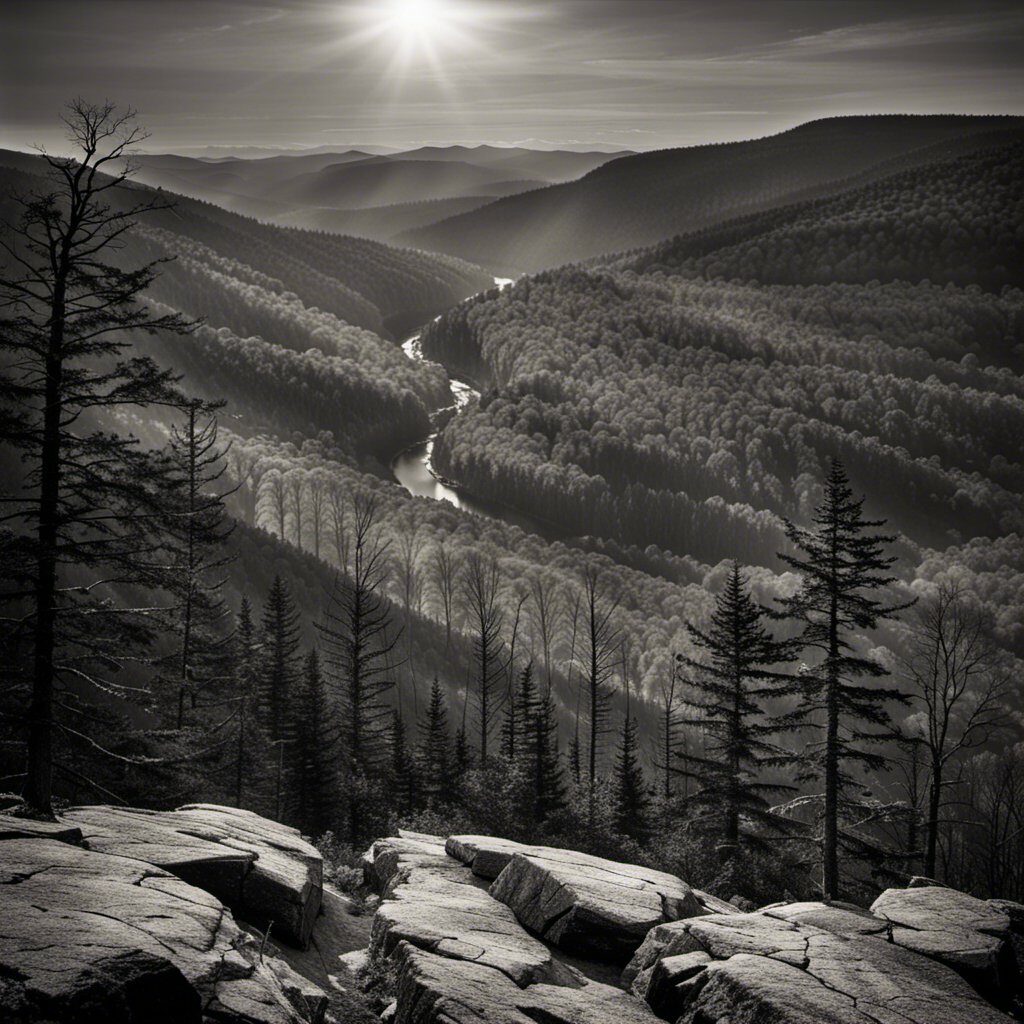
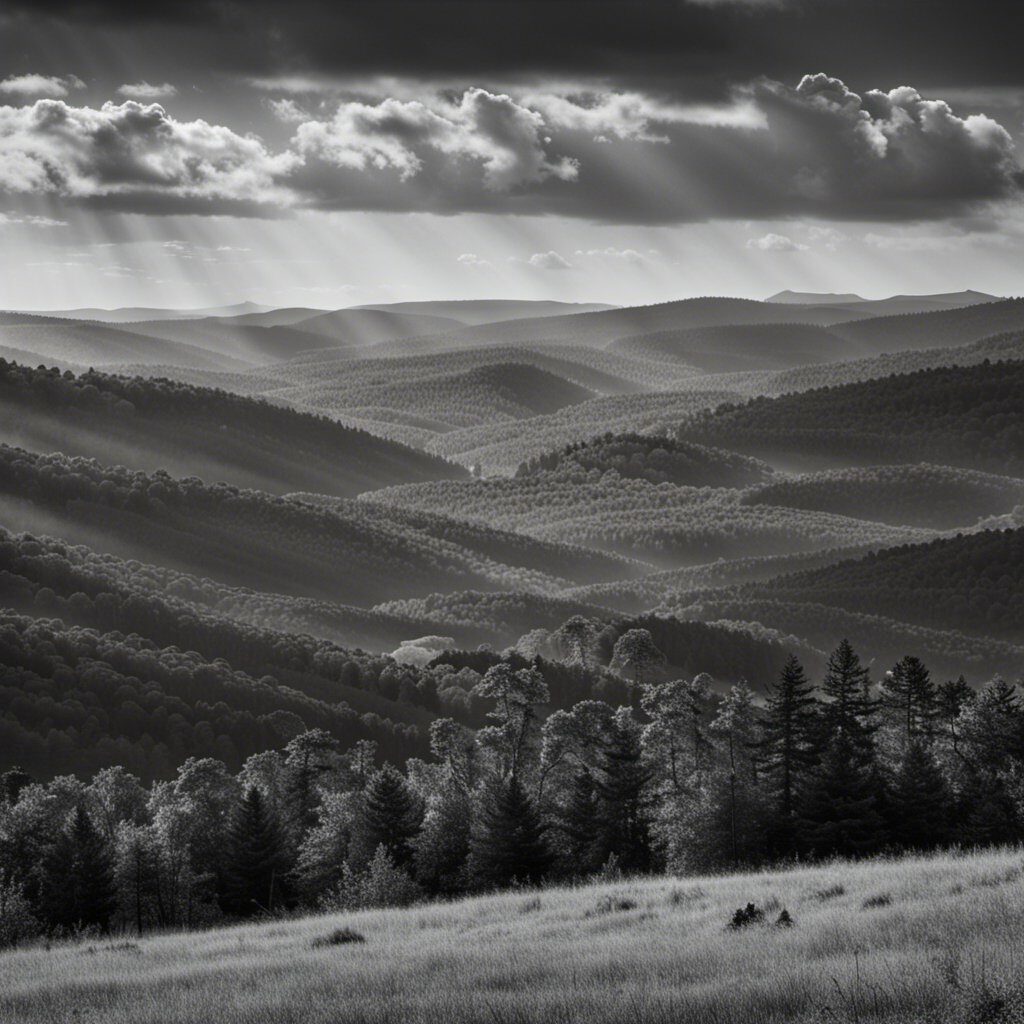
- Allegheny Mountains: The Allegheny Mountains are a rugged mountain range that spans several states, including Pennsylvania. The area is home to several state parks, including Ricketts Glen State Park, which is famous for its 22 waterfalls and scenic hiking trails.
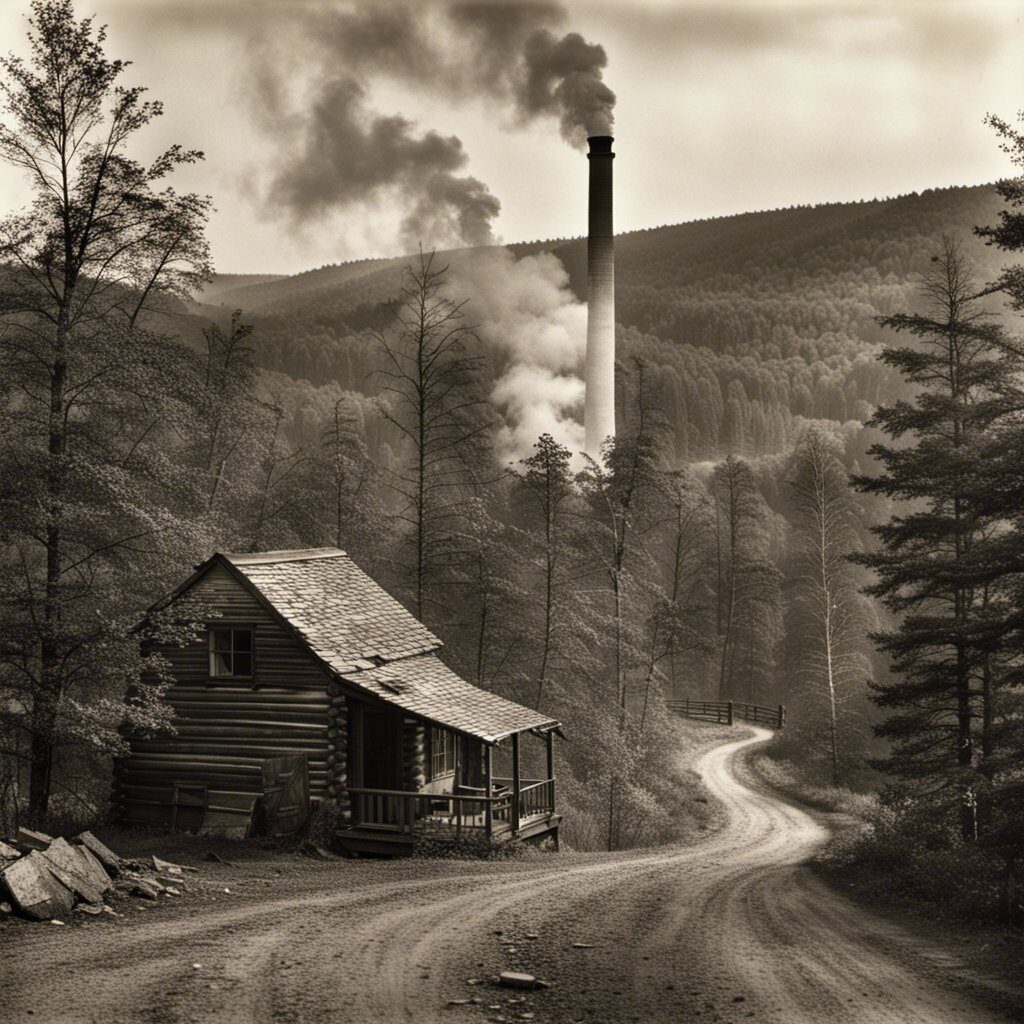
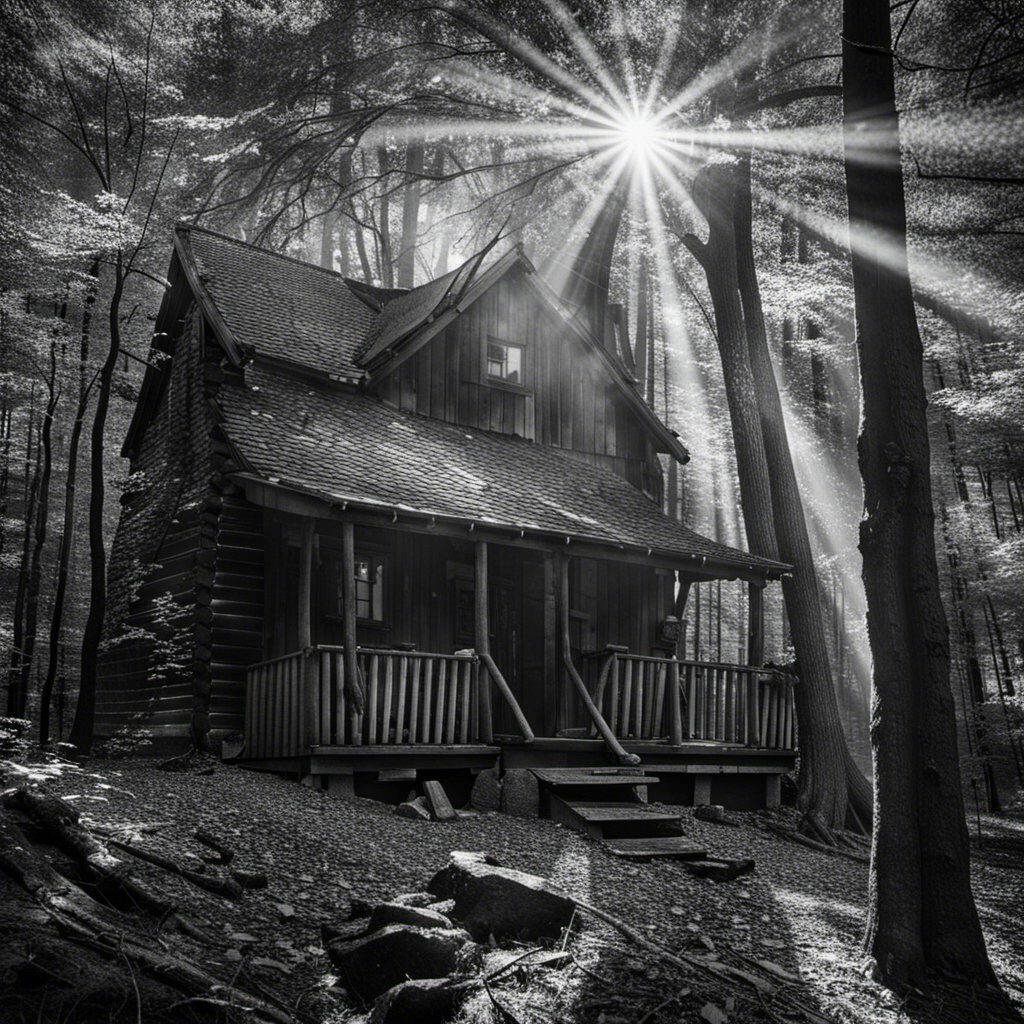
- Pocono Mountains: The Pocono Mountains are a popular destination for outdoor enthusiasts and are known for their scenic beauty. The area is home to several state parks, including Hickory Run State Park, which is home to a unique boulder field.
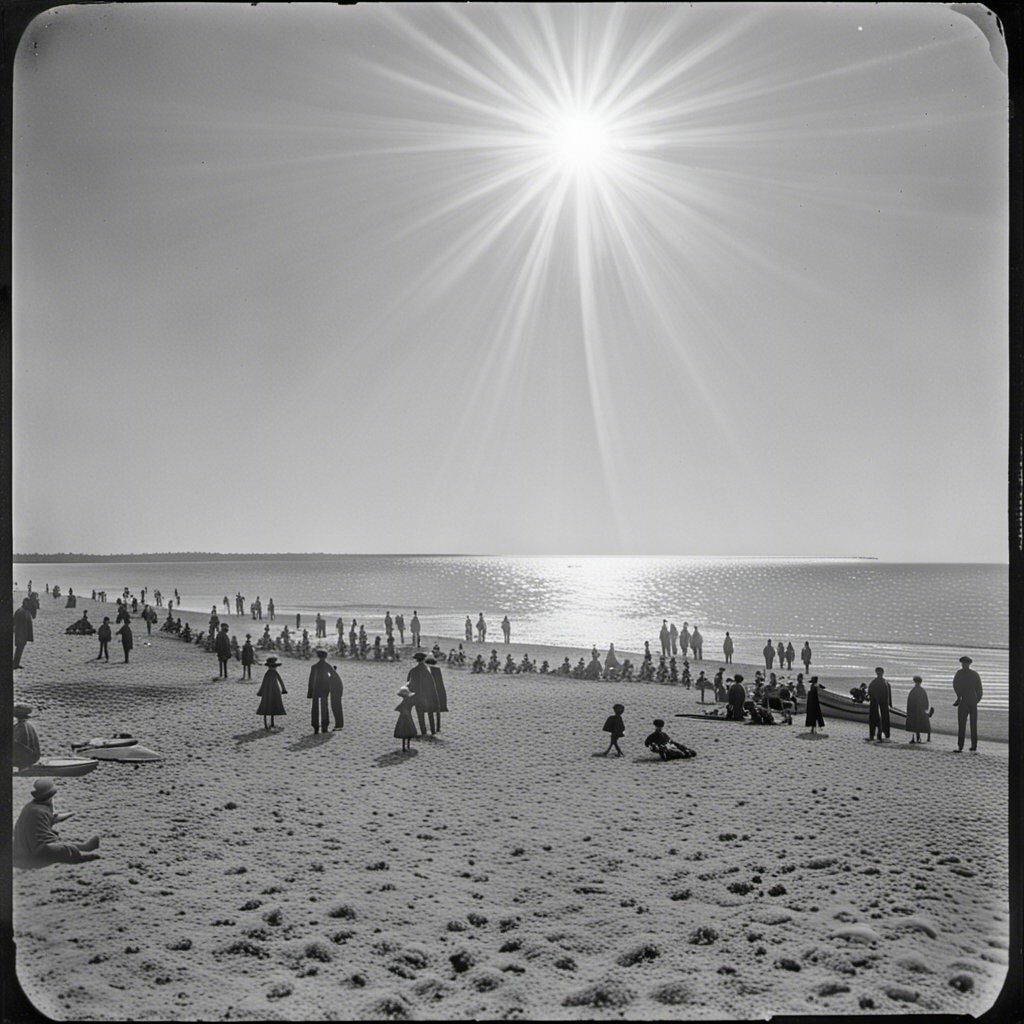
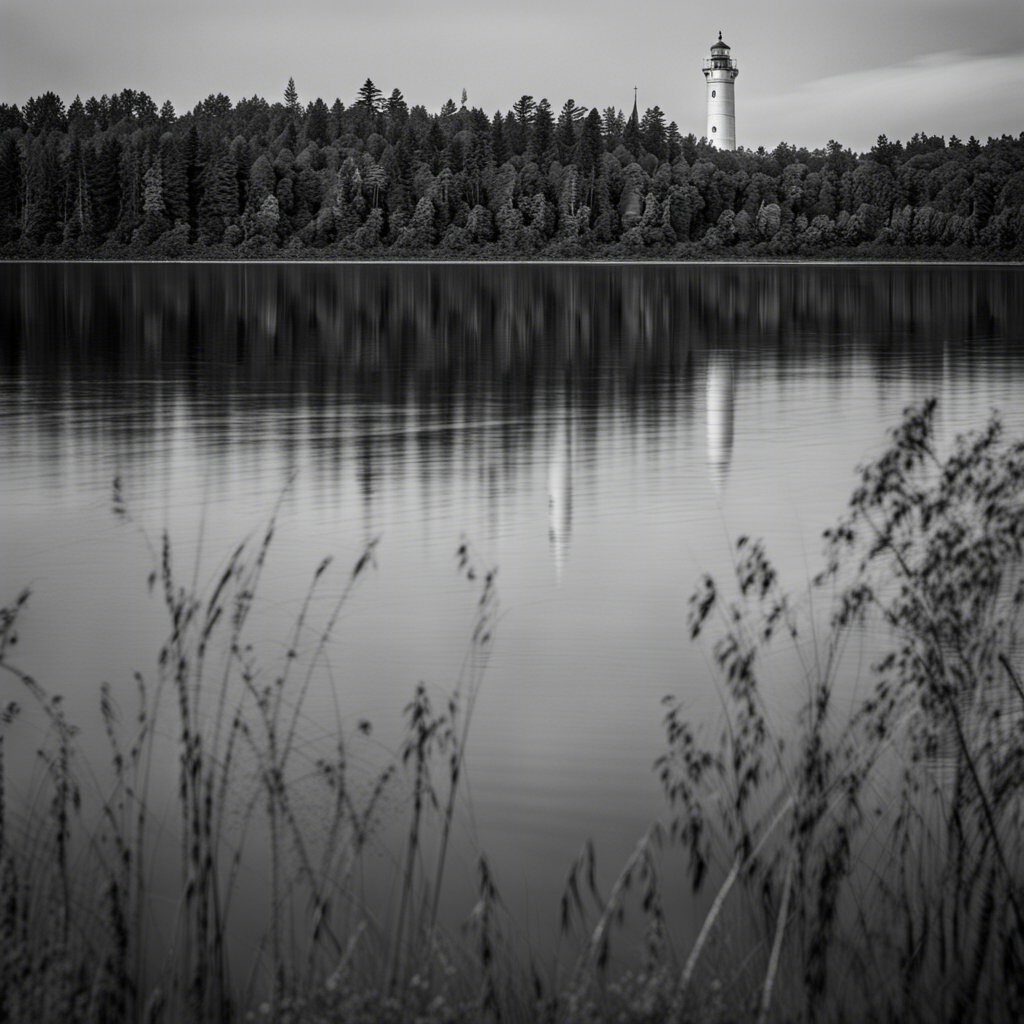
- Presque Isle State Park: Located along the shores of Lake Erie, Presque Isle State Park is a unique geological feature that is constantly shifting and moving. The park is a popular destination for swimming, boating, and fishing.
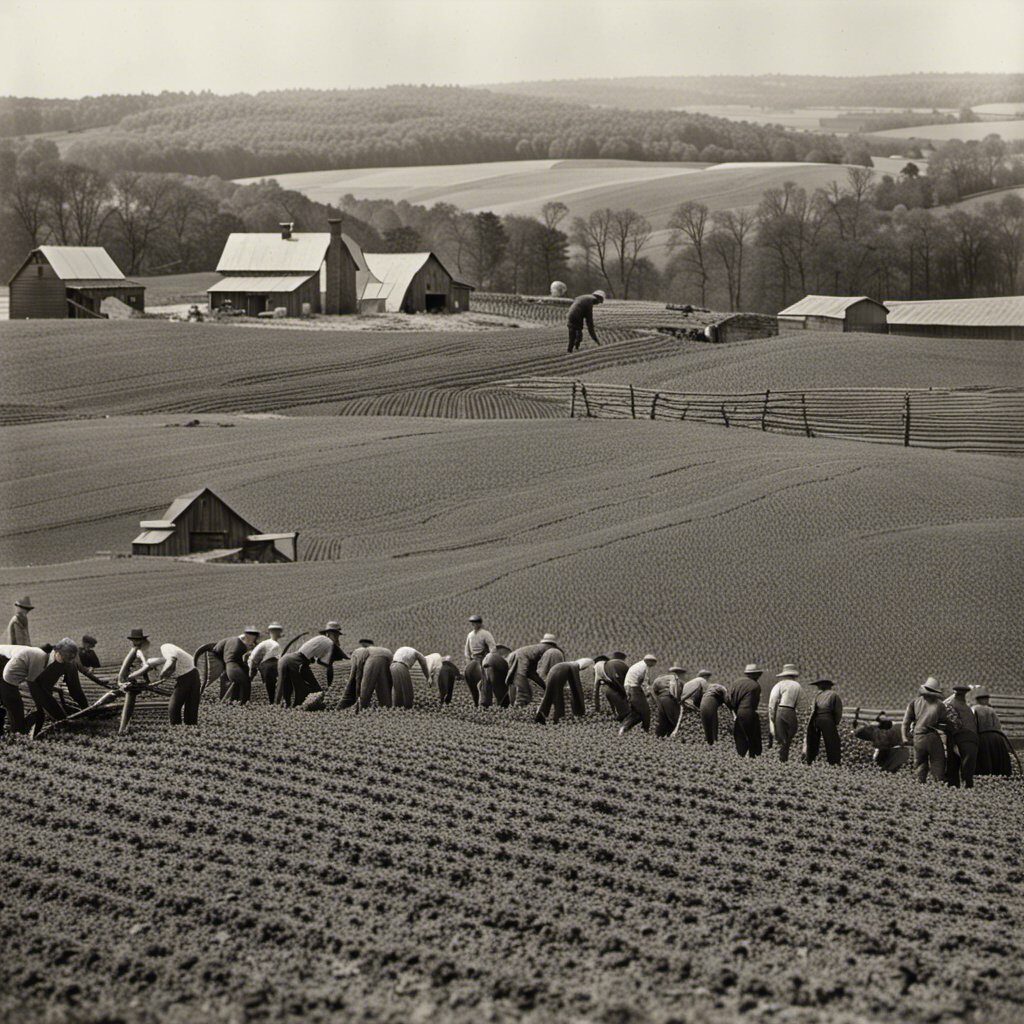
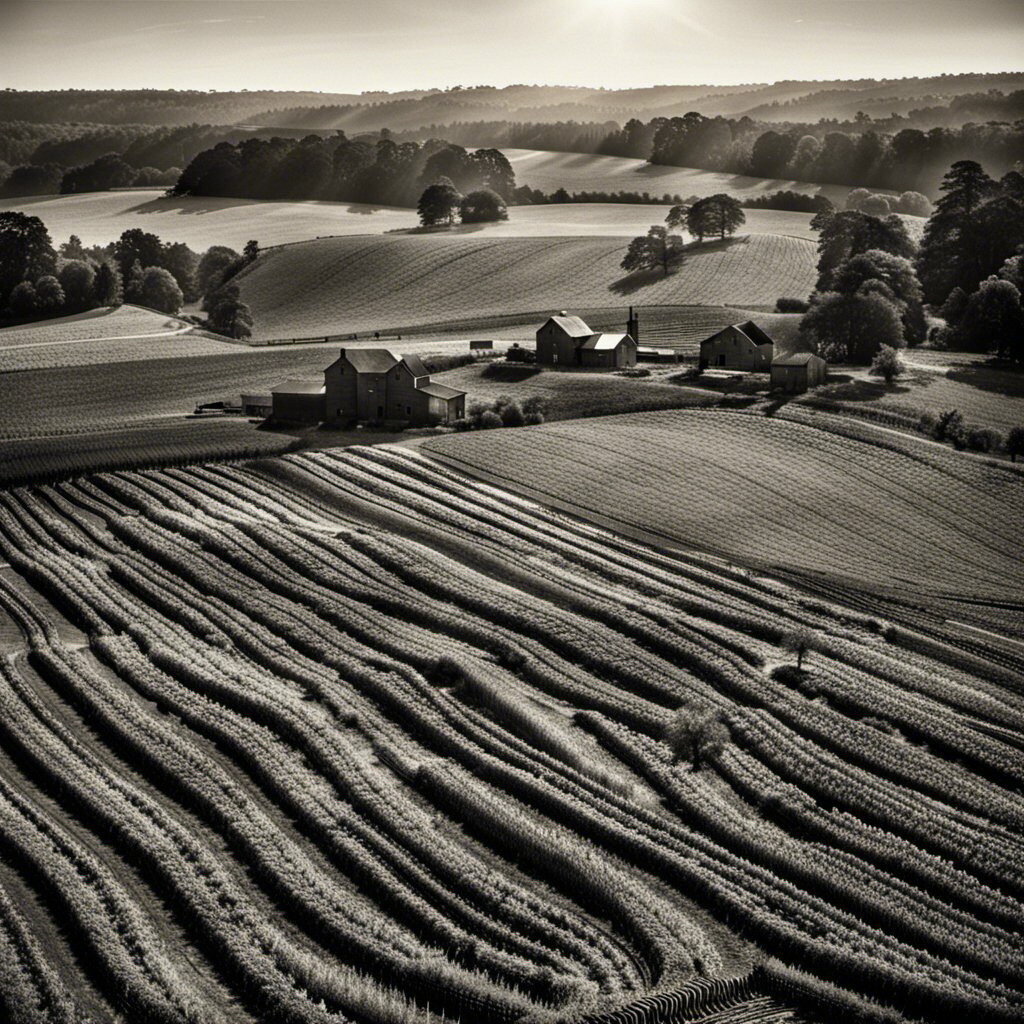
- Farms: Pennsylvania is known for its beautiful farms and rolling hills. The state is home to several working farms that offer tours and activities for visitors. Be sure to check out Lancaster County, which is known for its Amish farms and picturesque countryside.
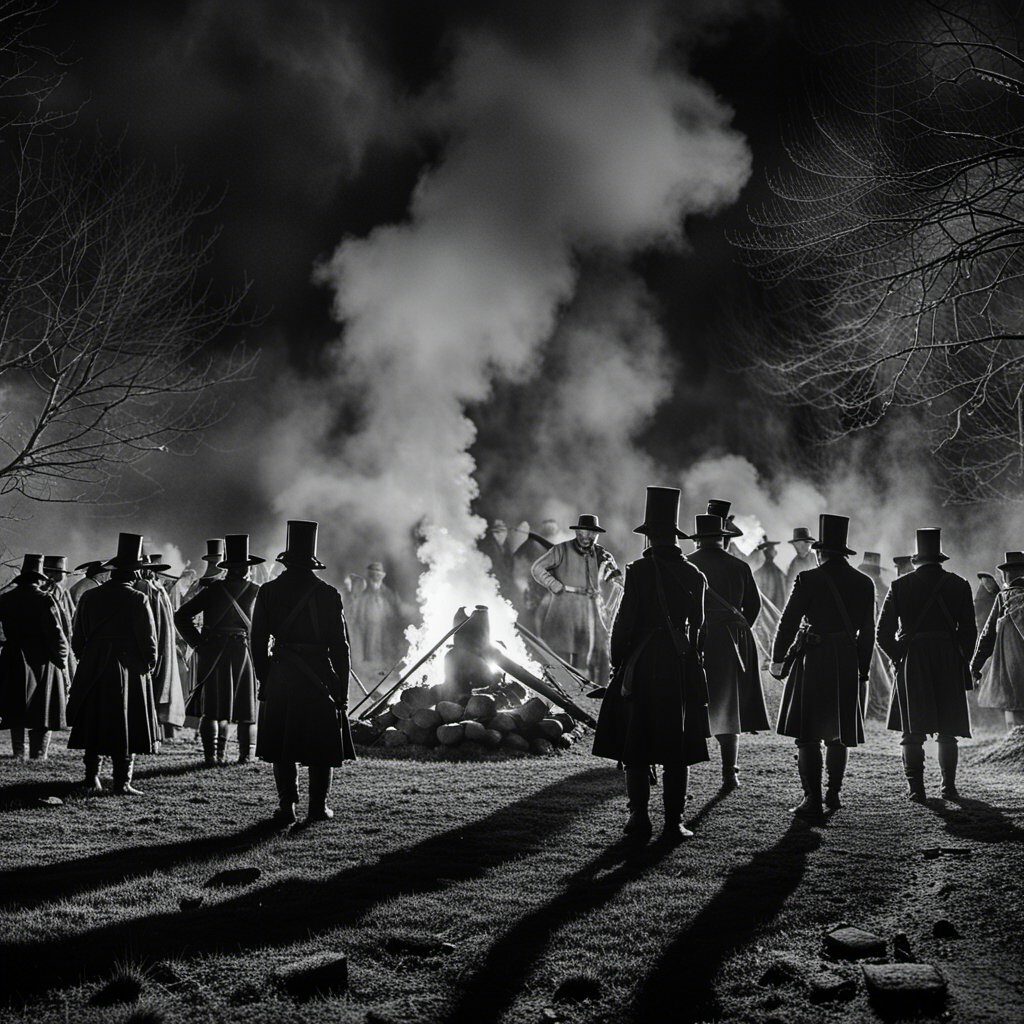
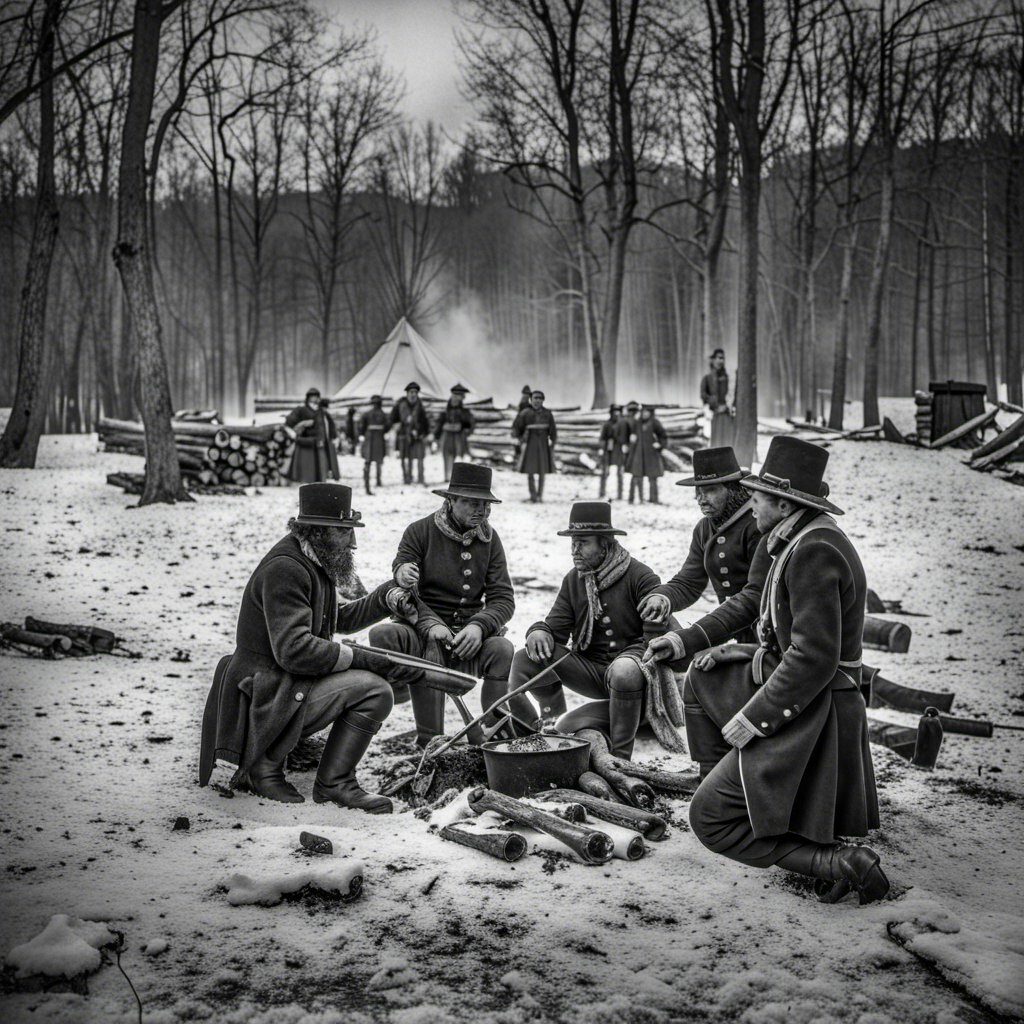
- Valley Forge National Historical Park: While not a natural wonder, Valley Forge National Historical Park is a must-see for history buffs. The park is home to several historic buildings and landmarks, including George Washington’s headquarters.
Whether you’re a nature lover or a history buff, Pennsylvania has something for everyone to enjoy. So, pack your bags and get ready to explore the natural wonders and landscapes of the Keystone State!
Industrial Revolution and Its Legacy
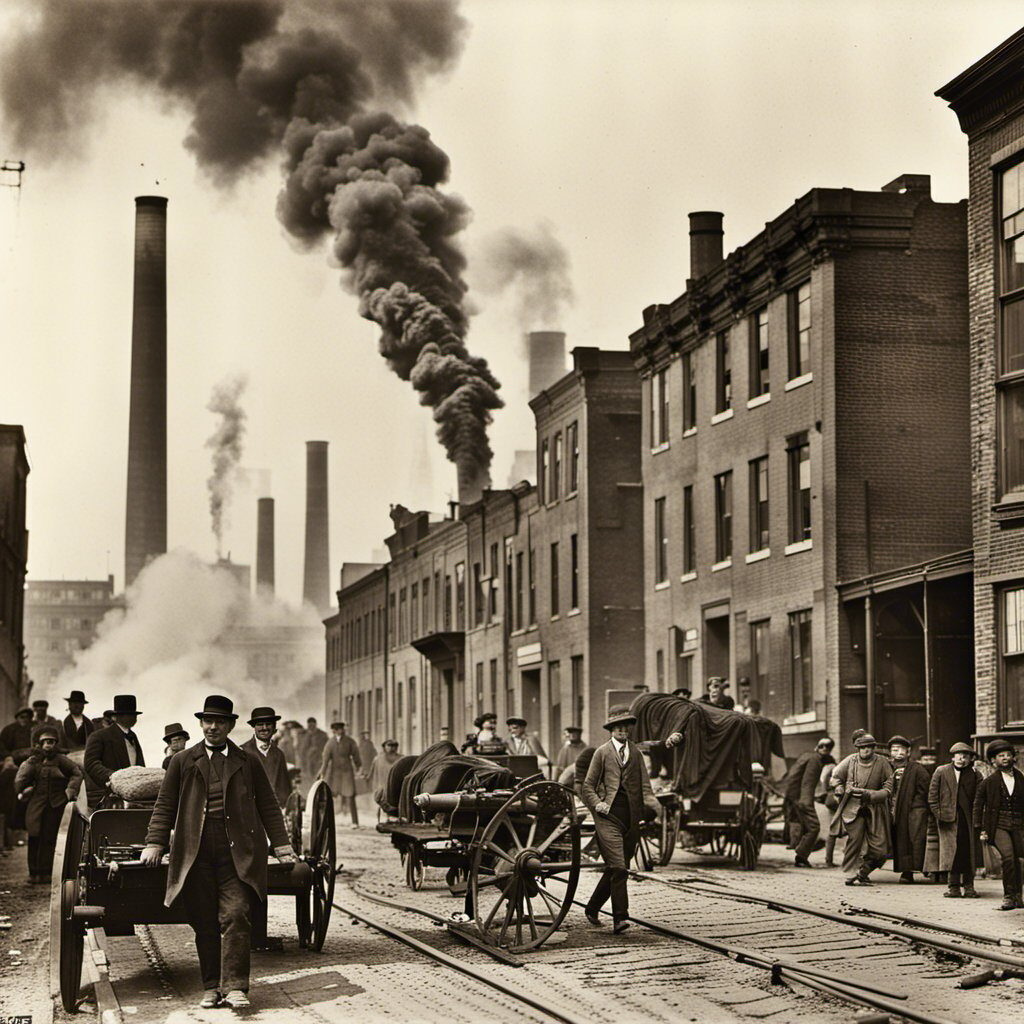
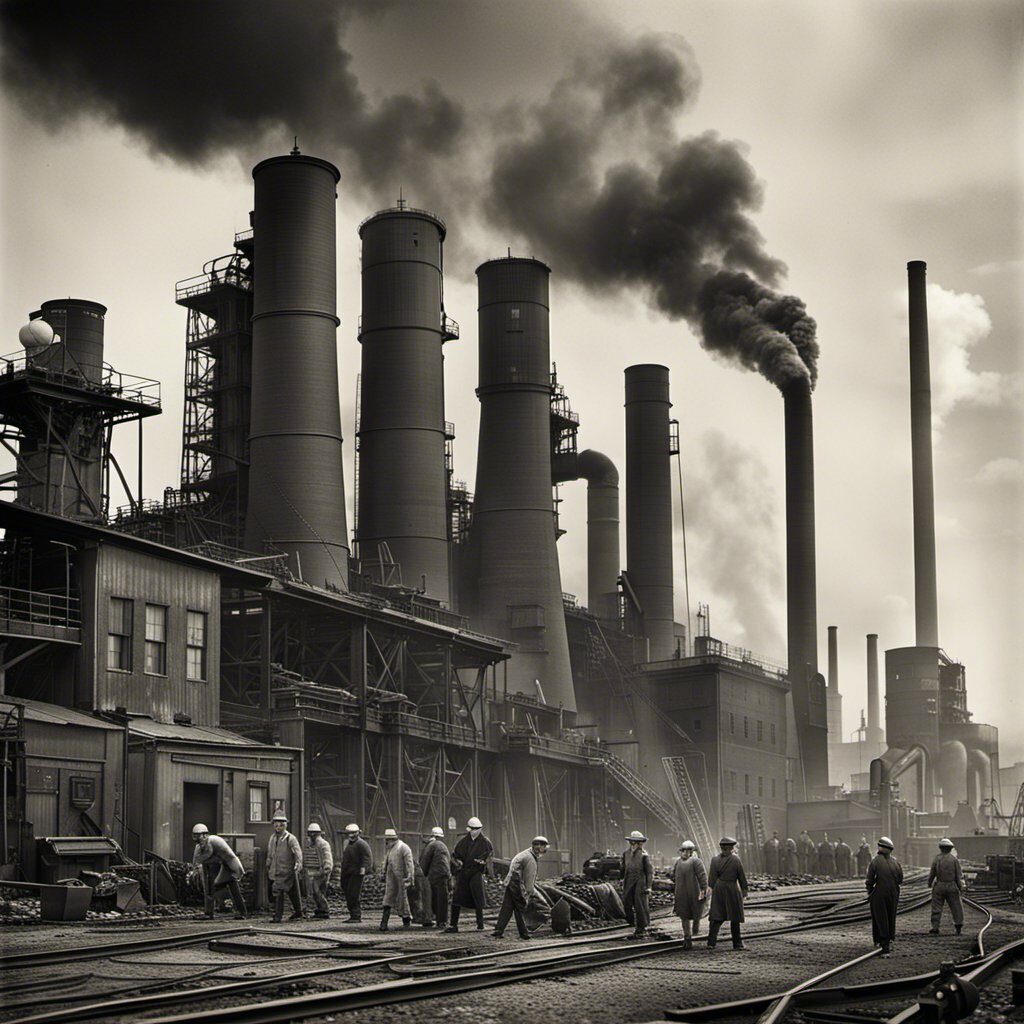
Pennsylvania played a significant role in the Industrial Revolution, which had a profound impact on the state’s economy and development. During the 19th century, Pennsylvania became one of the leading industrial states in the country, thanks to its abundant natural resources, such as coal, iron, and timber.
The steam engine was one of the most important inventions of the Industrial Revolution. It revolutionized transportation and manufacturing, allowing goods to be produced on a large scale and transported more efficiently. In Pennsylvania, the steam engine was used in the coal mines, which helped to increase coal production and made Pennsylvania the leading coal-producing state in the country.
The Underground Railroad was another important legacy of the Industrial Revolution in Pennsylvania. The railroad was a network of secret routes and safe houses used by slaves to escape to freedom in the North. Pennsylvania played a crucial role in the Underground Railroad, with many of the state’s cities and towns serving as stops along the way.
Today, visitors can explore many historic sites and landmarks in Pennsylvania that are related to the Industrial Revolution and its legacy. Some of the most notable include:
- The Anthracite Heritage Museum in Scranton, which tells the story of the coal mining industry in Pennsylvania and its impact on the state’s economy and culture.
- The Steamtown National Historic Site in Scranton, which features a collection of steam locomotives and other equipment used in the railroad industry during the 19th and 20th centuries.
- The Railroad Museum of Pennsylvania in Strasburg, which showcases the history of railroading in Pennsylvania and the impact it had on the state’s economy and development.
- The Pennsylvania Trolley Museum in Washington, which features a collection of trolleys and streetcars used in Pennsylvania and other parts of the country during the early 20th century.
Exploring these historic sites and landmarks is an exciting way to learn about the Industrial Revolution and its legacy in Pennsylvania.
Mission and Purpose of Historic Sites
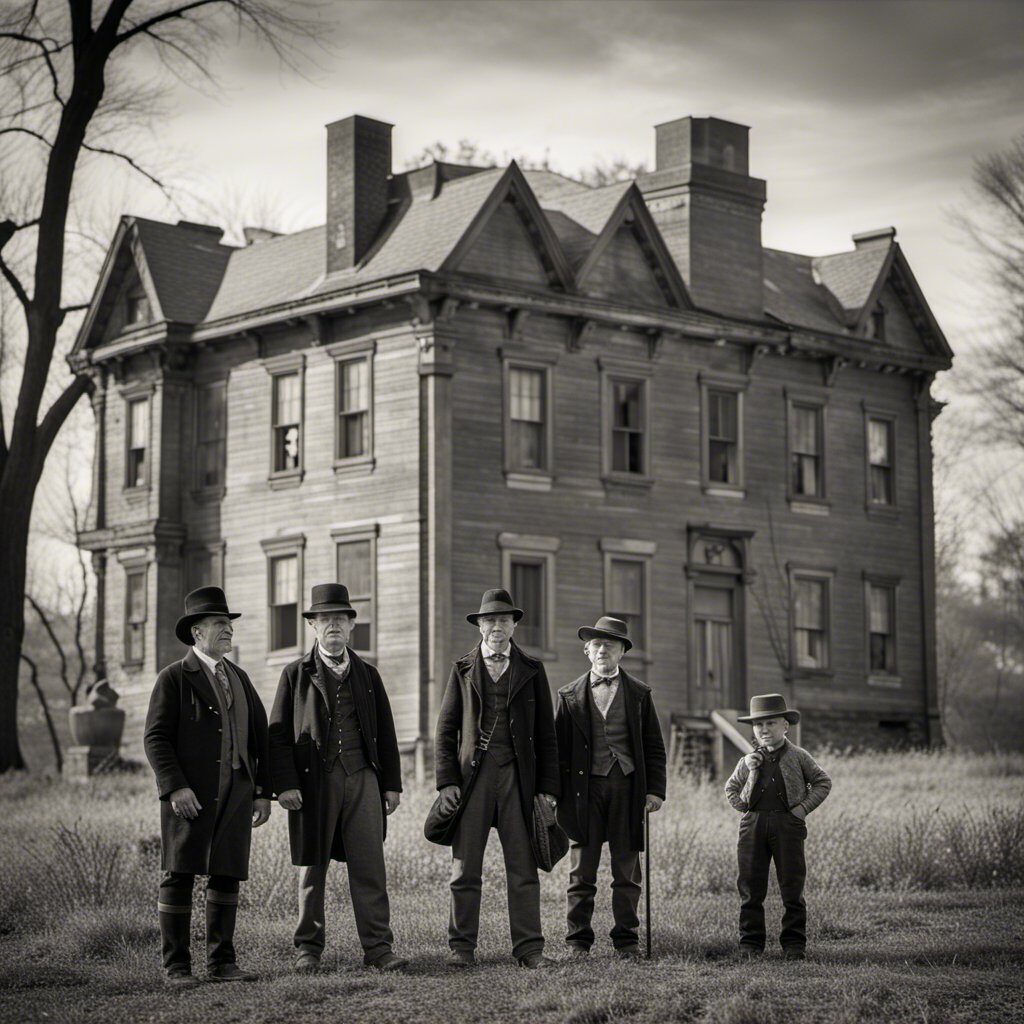
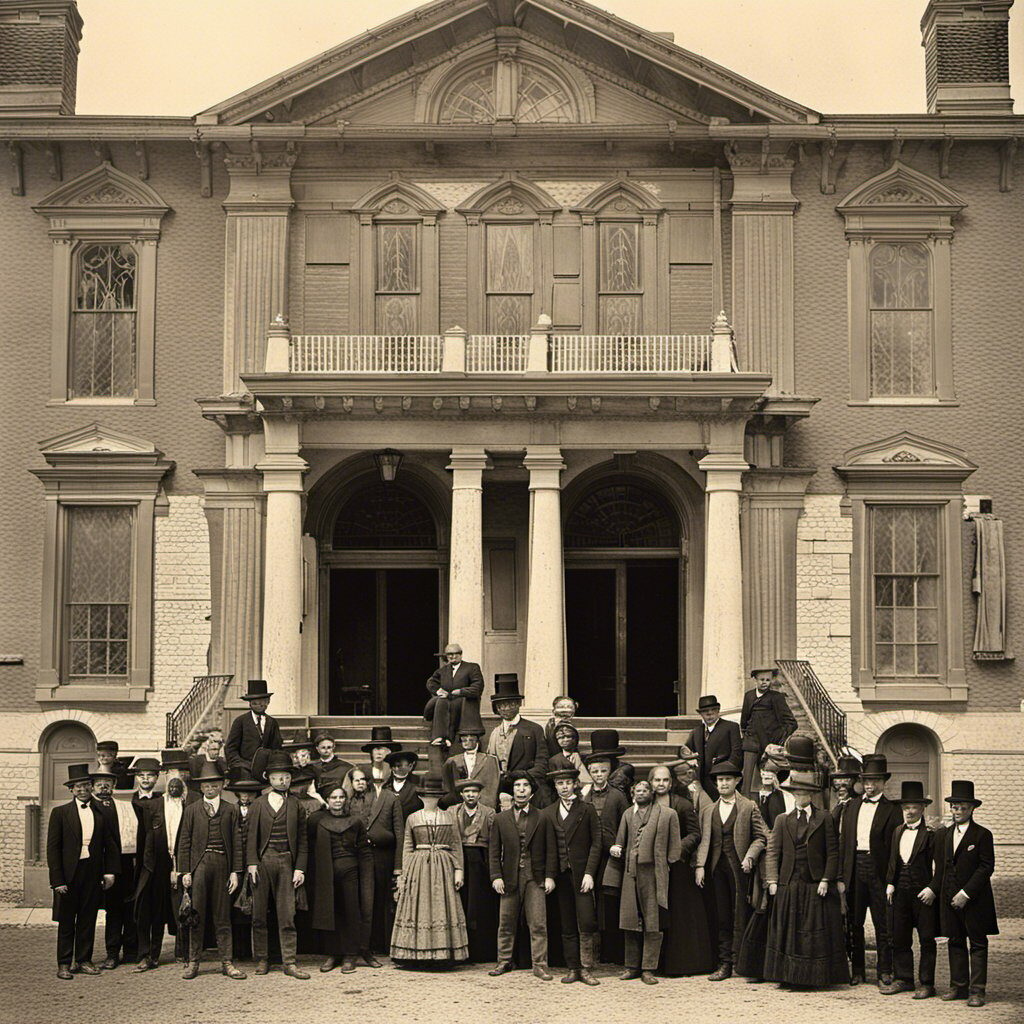
Visiting historic sites is a great way to immerse yourself in the history of Pennsylvania. These sites are dedicated to preserving and sharing the stories of the people, events, and places that have shaped the state’s past. Each historic site has a unique mission and purpose, but they all share a common goal of educating and inspiring visitors.
One of the main purposes of historic sites is to serve as a memorial to significant events or individuals. For example, the Gettysburg National Military Park is a memorial to the soldiers who fought and died in the Battle of Gettysburg during the American Civil War. By visiting this site, you can pay your respects to those who made the ultimate sacrifice and learn about the impact of the battle on the course of the war.
Another important purpose of historic sites is to preserve and protect important landmarks and buildings. The National Register of Historic Places is a list of properties that have been deemed significant to American history, architecture, archaeology, engineering, or culture. By preserving these sites, we can ensure that future generations can learn from and appreciate their historical significance.
In addition to preserving history, historic sites also have a mission to educate visitors about the past. This can be done through exhibits, tours, and educational programs. For example, the Independence National Historical Park in Philadelphia offers guided tours of Independence Hall, where both the Declaration of Independence and the U.S. Constitution were signed. By learning about the events that took place in this building, you can gain a deeper understanding of the founding of our nation.
Overall, historic sites in Pennsylvania serve an important role in preserving and sharing the state’s history. They provide a way for visitors to connect with the past and learn about the people and events that have shaped our world today. Whether you’re interested in military history, architecture, or culture, there’s a historic site in Pennsylvania that can help you explore your interests and deepen your understanding of the past.
Frequently Asked Questions
What are some historical sites in Pennsylvania?
Pennsylvania is home to many historical sites that are worth visiting. Some of the most popular historical sites in Pennsylvania include the Gettysburg Battlefield, Independence Hall, Valley Forge National Historical Park, and Fort Necessity National Battlefield.
What are 3 landmarks in Pennsylvania?
Pennsylvania is home to many famous landmarks. Three of the most well-known landmarks in Pennsylvania are the Liberty Bell, the Philadelphia Museum of Art, and Fallingwater, a house designed by Frank Lloyd Wright.
Is there a famous landmark in Pennsylvania?
Yes, Pennsylvania is home to many famous landmarks. Some of the most well-known landmarks in Pennsylvania include the Liberty Bell, Independence Hall, and the Gettysburg Battlefield.
What is the most popular landmark in Pennsylvania?
The most popular landmark in Pennsylvania is the Liberty Bell. It is an iconic symbol of American independence and is visited by millions of people each year.
What are some National Historic sites in Pennsylvania?
Pennsylvania is home to many National Historic sites. Some of the most popular National Historic sites in Pennsylvania include the Gettysburg Battlefield, Independence Hall, and Valley Forge National Historical Park.
What are some Historical sites in Philadelphia?
Philadelphia is home to many historical sites that are worth visiting. Some of the most popular historical sites in Philadelphia include Independence Hall, the Liberty Bell, and the Philadelphia Museum of Art.

